Con Dao National Park
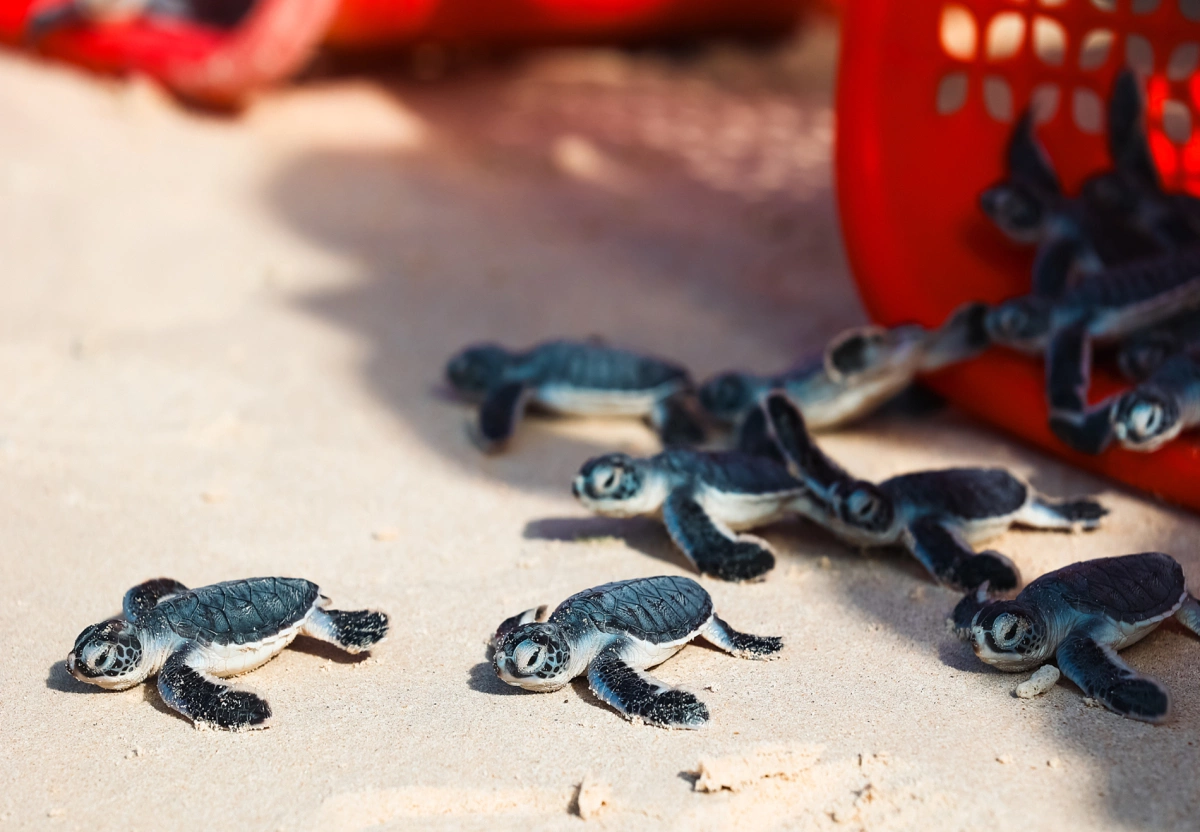
Located in the southeastern sea of Vietnam,
Con Dao consists of 14 islands covered by green forests, rocky mountains and beaches. The island is a popular nesting area for sea turtles, and the surrounding sea is home to corals, manatees and dolphins. Part of the island is recognized as a Ramsar site, the only title given to a sea area in Vietnam.
From April to November, over 600 mother turtles come to the sandy beaches of
Con Dao National Park (VQG) to nest and lay eggs, with over 150,000 baby turtles rescued and released back to the sea, with an 87% success rate. During peak season, some beaches on Hon Bay Canh and Hon Tre Lon recorded 20 mother turtles coming to nest each night. Visitors can join tours organized by
Con Dao National Park, observe the process of turtles laying eggs at night and help release baby turtles back to the sea.
Son Tra Peninsula
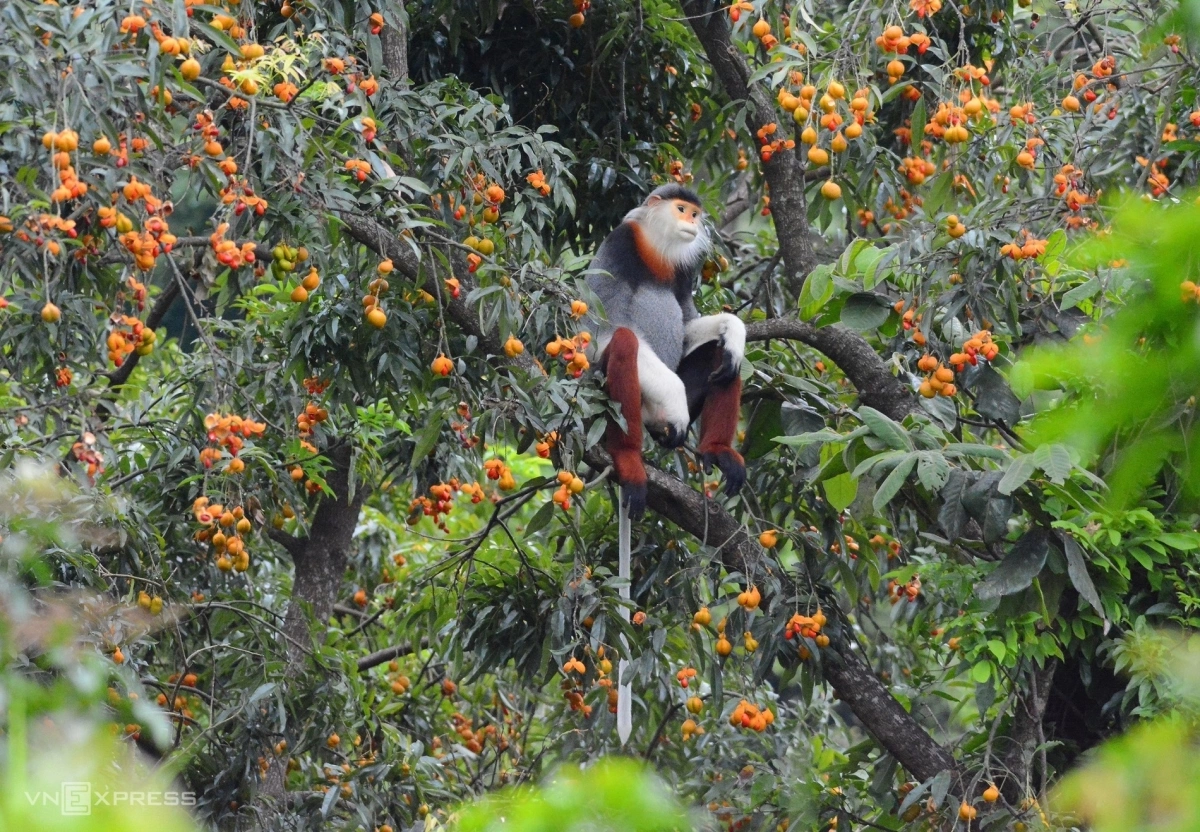 Son Tra Peninsula
Son Tra Peninsula has an area of over 4,400 hectares, located at an average altitude of 350 m, about 10 km from the center of Da Nang City. This place has a forest ecosystem with nearly 1,000 plant species, hundreds of animal species, of which the red-shanked douc langur is strictly preserved.
Son Tra tourist route is where visitors can watch and hunt for beautiful photos of langurs. From Yet Kieu road, visitors move along the slope leading to
Son Tra about 2 km, if lucky, they can meet a group of langurs foraging. Visitors exploring the forest need to contact the forest rangers in Yet Kieu for instructions.
The best time to visit is from April to November.
Yok Don National Park
Yok Don National Park is located in Krong Na Commune, Buon Don District, about 40 km north of Buon Ma Thuot City.
Yok Don National Park organizes many ecotourism and environmental education activities. Popular services include playing with elephants, camping, bird watching, walking, cycling under the canopy of dipterocarp forests or boating on the Serepok River to admire the natural scenery. In addition, visitors can go to villages in the buffer zone of the National Park such as Jang Lanh, Drang Phok or Buon Don to learn about the culture of the Ede, M'nong or Laotian Vietnamese people here.
The best time to visit is during the dry season from November to March
Cat Ba Island
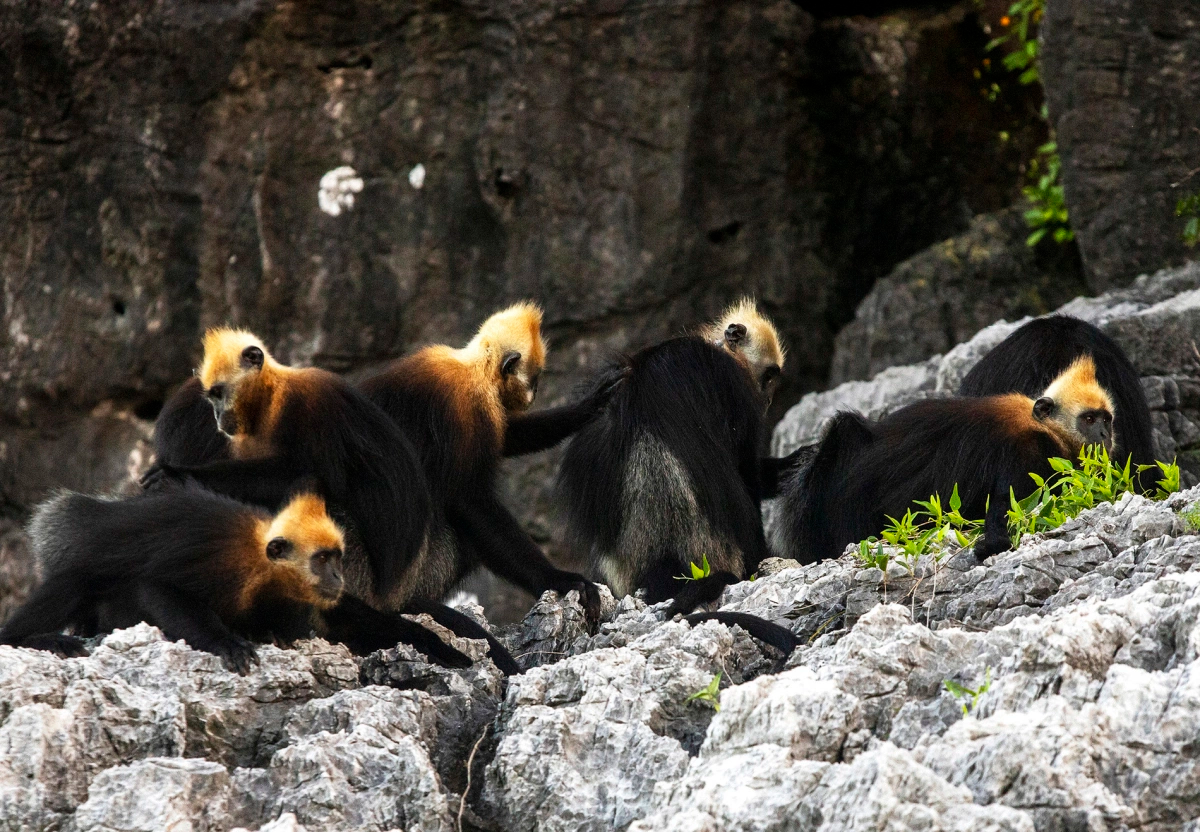 Cat Ba Island
Cat Ba Island is located in the Gulf of Tonkin, with limestone and forest covering most of the area, the island is on the edge of Ha Long Bay. This is the habitat of the
Cat Ba langur - an endemic primate, also known as the golden-headed langur due to the yellow fur surrounding its black face. Newborn langurs have orange fur.
The
Cat Ba Langur Conservation Project estimates about 90 individuals are being implemented on an area of over 36,000 hectares, of which half are in
Cat Ba National Park. The number of this species on the island has doubled in the past 20 years.
Cat Ba Langurs are able to adapt to harsh conditions, can drink salt water to survive.
Cat Ba National Park organizes trekking tours, giving visitors the opportunity to observe the golden-headed langur in its natural environment.
The best time to visit is from April to November
Cuc Phuong National Park
Cuc Phuong National Park is located about 120 km from Hanoi, in the territory of 3 provinces of Ninh Binh, Hoa Binh and Thanh Hoa. With a total area of 22,408 hectares, it is home to more than 2,230 species of plants and 2,000 species of insects, 135 species of mammals, 122 species of reptiles, and 336 species of birds. Vietnam has 25 species of primates, of which 5 species are only found in this national park.
Cuc Phuong is home to the first Endangered Primate Rescue Center and the first Carnivore and Pangolin Education Center in Vietnam. Pictured is the main road leading to the center of Cuc Phuong National Park.
Visitors can join trekking trips to observe wildlife such as clouded leopards, Asian bears, Delacour's langurs and many species of birds. Camping with a guide will increase the opportunity to access the natural ecosystem.
Best time to visit is from November to April
Ba Be National Park
Ba Be National Park is located 70 km from Bac Kan city and about 200 km north of Hanoi. Visitors can get here by private vehicle following National Highway 3 through Thai Nguyen or by bus from Hanoi to Cao Bang, through Bac Kan. From the city, visitors can rent a motorbike or take a taxi to the park.
Ba Be Lake is the largest natural freshwater lake in Vietnam. Most visitors only spend a day or overnight exploring this area. The forest around the lake is home to more than 80 species of animals, 322 species of birds, many species of orchids and caves.
Ba Be National Park organizes long trekking tours, providing opportunities to observe the little loris, civet, black bear and white-cheeked langur. Visitors can also join a boat trip on the lake to observe the birds.
The best time to visit is from November to April.
Mekong Delta
The
Mekong Delta has a dense river system and mangrove forests, creating a habitat for many animal species. Located 150 km from Ho Chi Minh City,
Tram Chim National Park, Dong Thap, covers nearly 7,400 hectares, with the last remaining wetland ecosystem of the ancient Dong Thap Muoi region. The park is home to more than 230 bird species, including 32 rare species, 16 species listed in the Red Book. Red-crowned cranes are a common species of Tram Chim.
In 2012, Tram Chim was recognized as the 2,000th Ramsar site (internationally important wetland) in the world, the fourth in Vietnam. Coming to Tram Chim, visitors can experience the nature of the ancient West with forests of flocks of storks flying across the sky.
The best time to visit is during the dry season from December to April
 Located in the southeastern sea of Vietnam, Con Dao consists of 14 islands covered by green forests, rocky mountains and beaches. The island is a popular nesting area for sea turtles, and the surrounding sea is home to corals, manatees and dolphins. Part of the island is recognized as a Ramsar site, the only title given to a sea area in Vietnam.
Located in the southeastern sea of Vietnam, Con Dao consists of 14 islands covered by green forests, rocky mountains and beaches. The island is a popular nesting area for sea turtles, and the surrounding sea is home to corals, manatees and dolphins. Part of the island is recognized as a Ramsar site, the only title given to a sea area in Vietnam. Son Tra Peninsula has an area of over 4,400 hectares, located at an average altitude of 350 m, about 10 km from the center of Da Nang City. This place has a forest ecosystem with nearly 1,000 plant species, hundreds of animal species, of which the red-shanked douc langur is strictly preserved.
Son Tra Peninsula has an area of over 4,400 hectares, located at an average altitude of 350 m, about 10 km from the center of Da Nang City. This place has a forest ecosystem with nearly 1,000 plant species, hundreds of animal species, of which the red-shanked douc langur is strictly preserved. Cat Ba Island is located in the Gulf of Tonkin, with limestone and forest covering most of the area, the island is on the edge of Ha Long Bay. This is the habitat of the Cat Ba langur - an endemic primate, also known as the golden-headed langur due to the yellow fur surrounding its black face. Newborn langurs have orange fur.
Cat Ba Island is located in the Gulf of Tonkin, with limestone and forest covering most of the area, the island is on the edge of Ha Long Bay. This is the habitat of the Cat Ba langur - an endemic primate, also known as the golden-headed langur due to the yellow fur surrounding its black face. Newborn langurs have orange fur.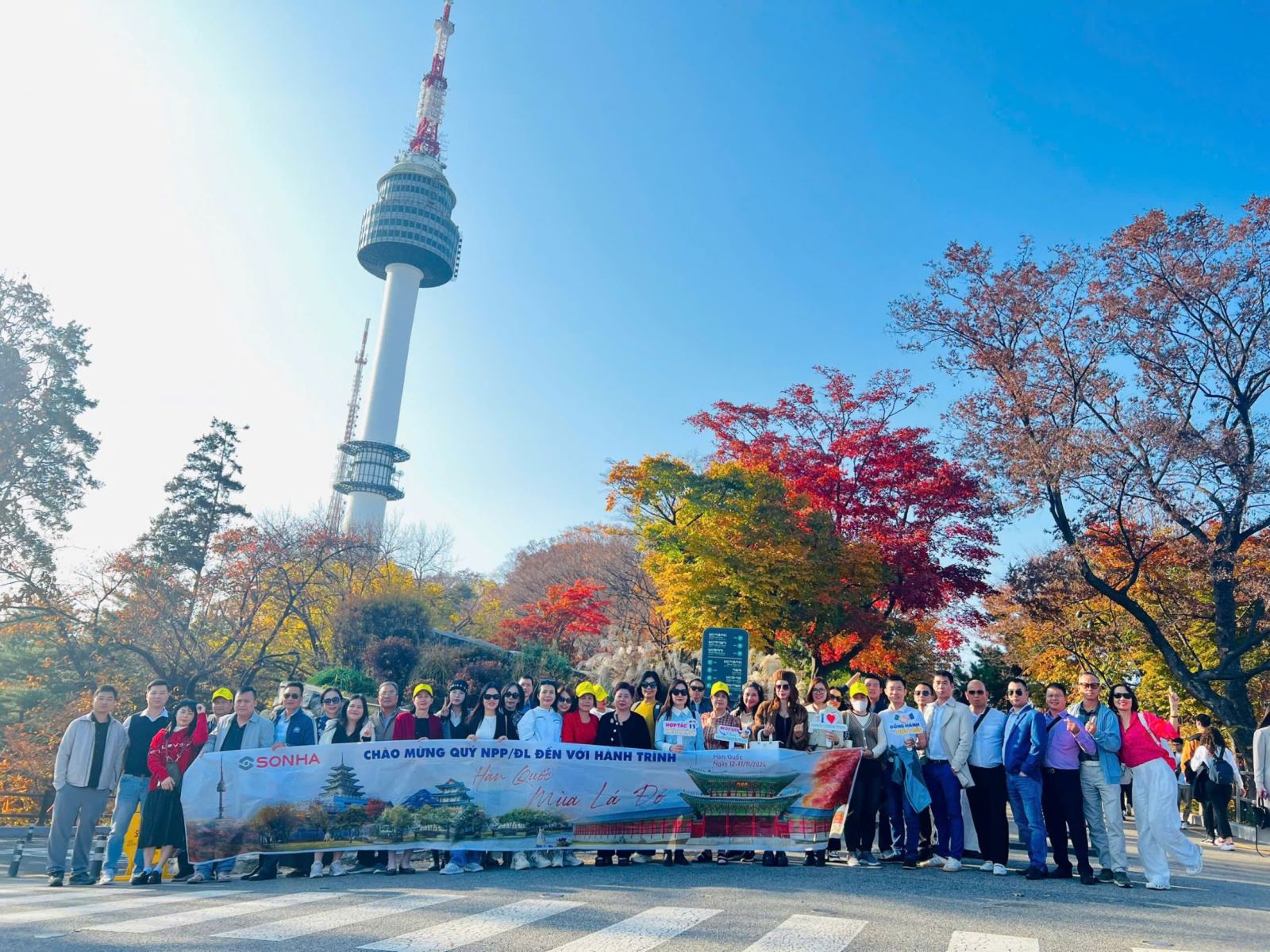
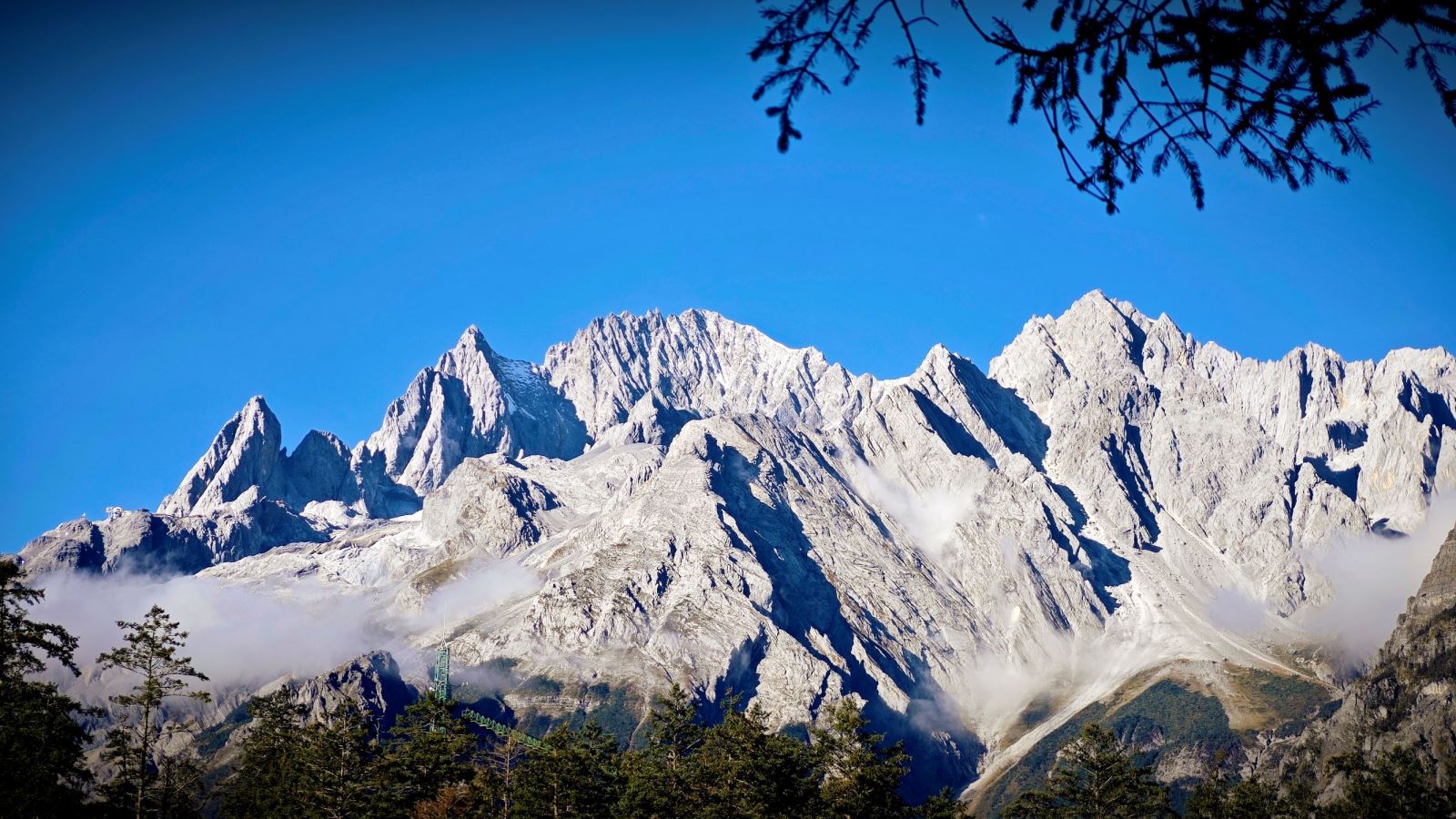


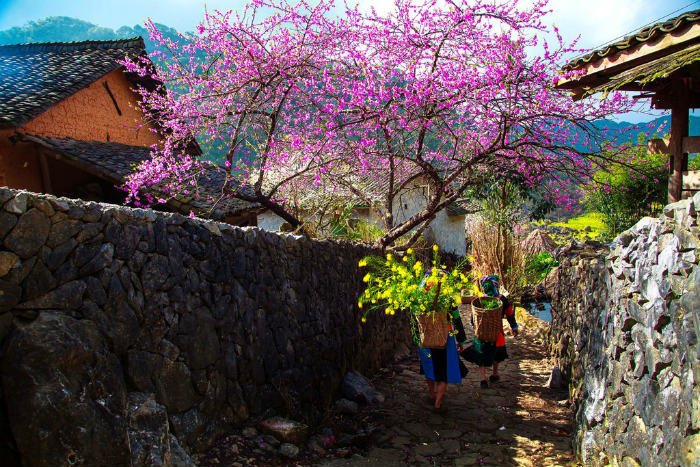
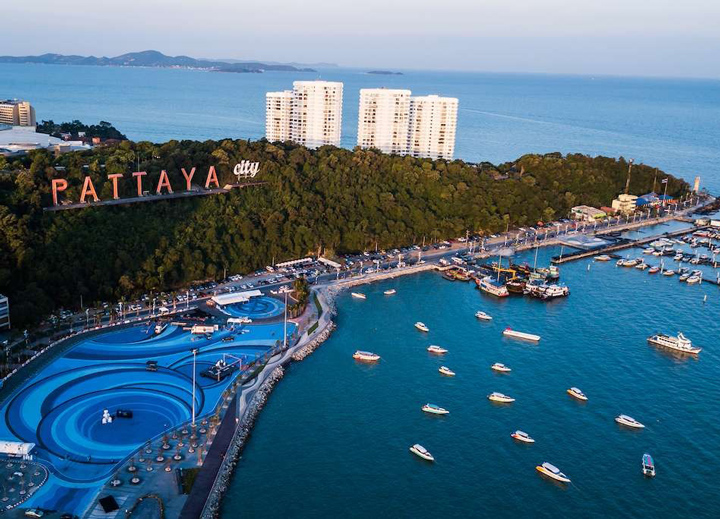
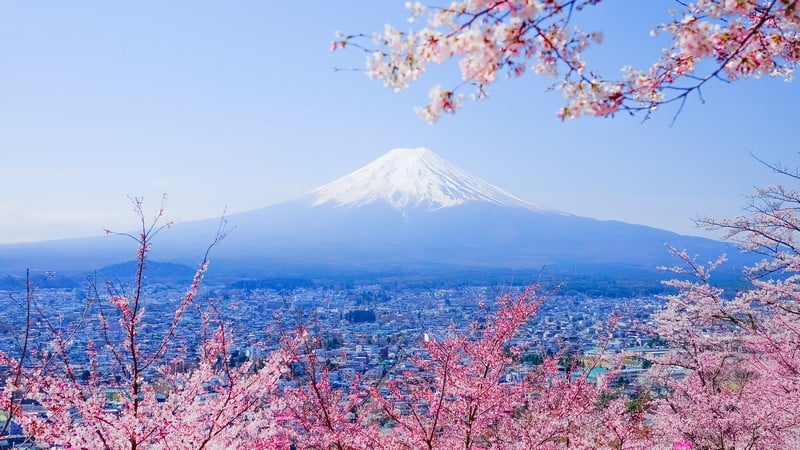
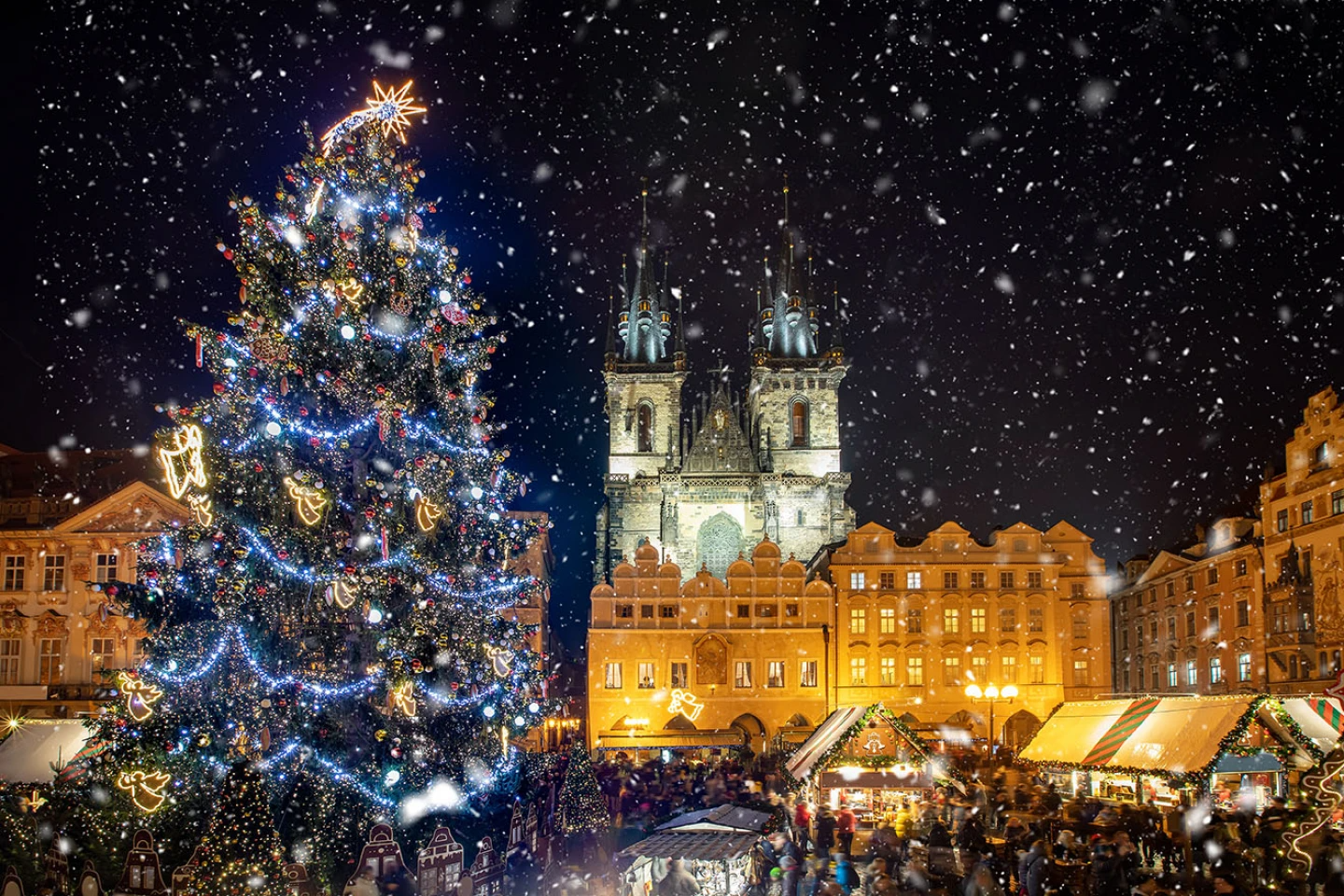
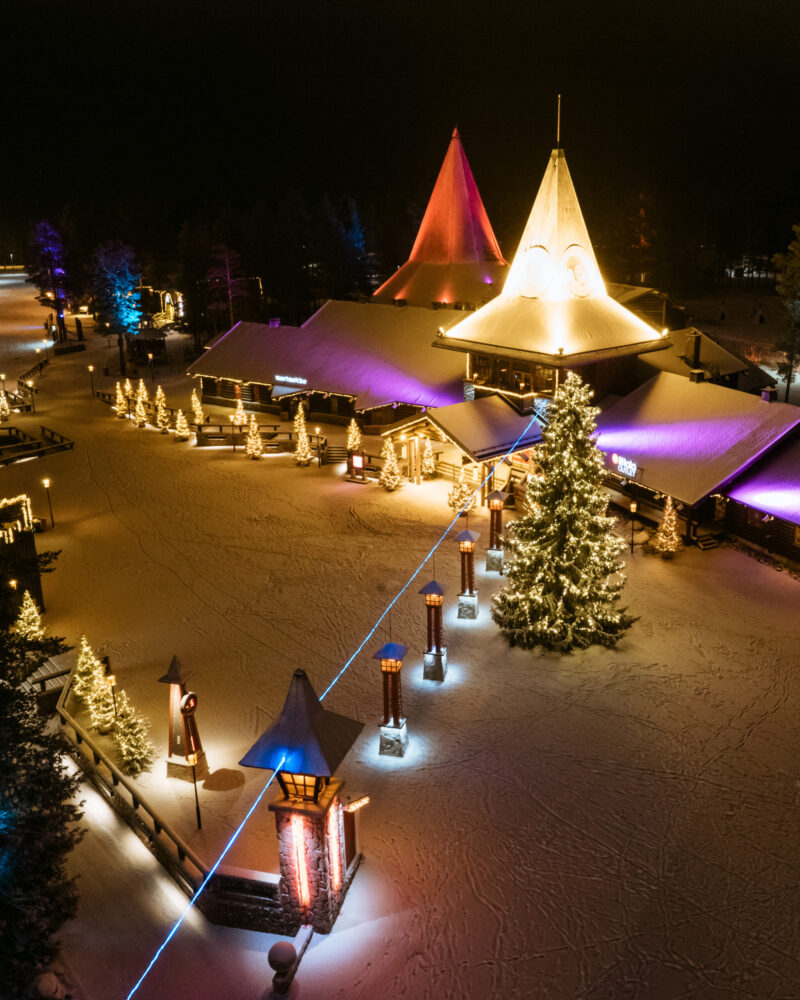
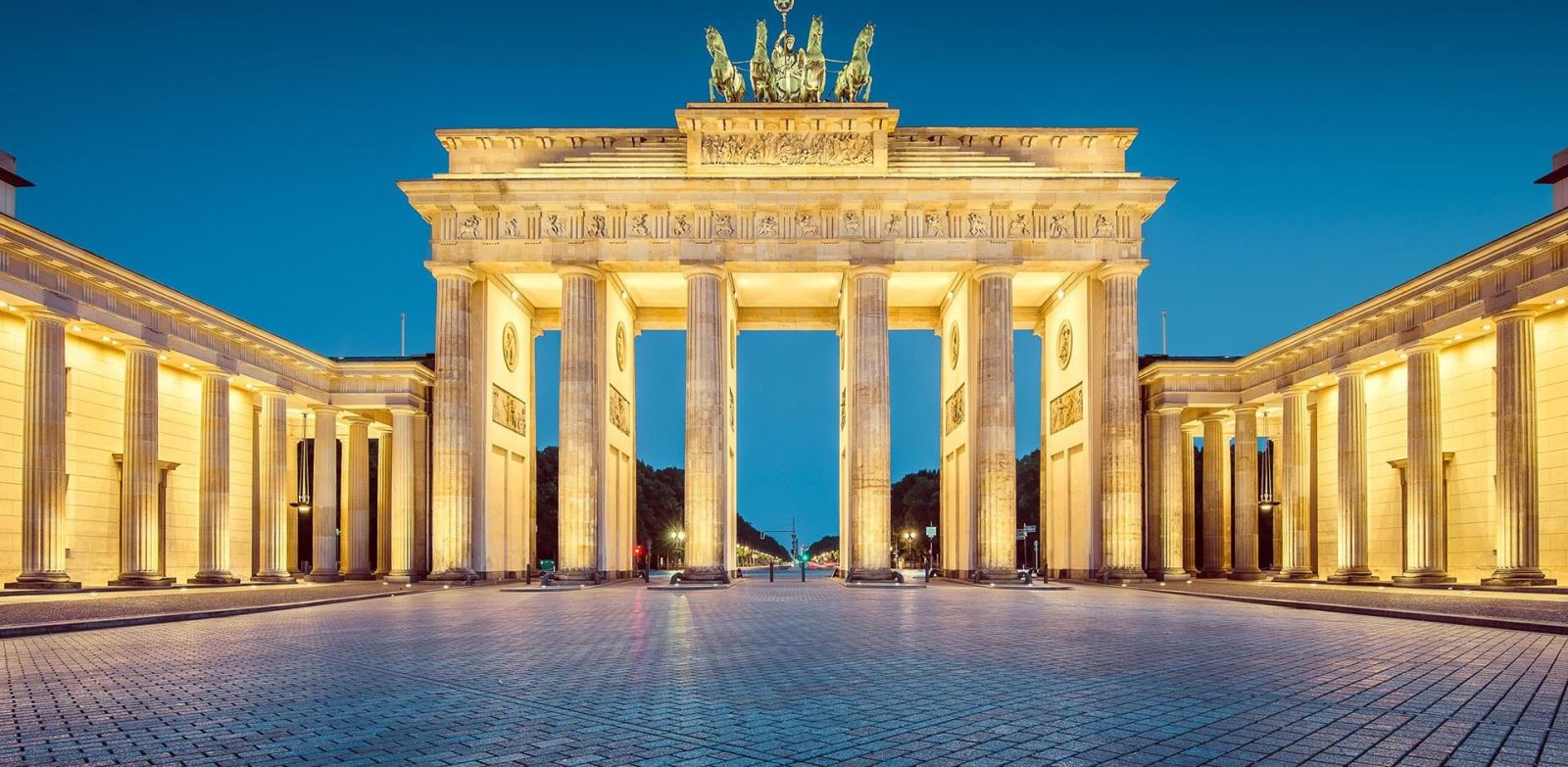
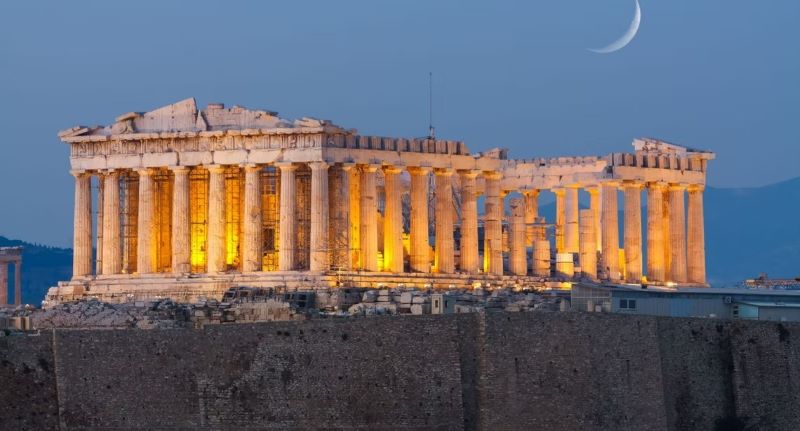
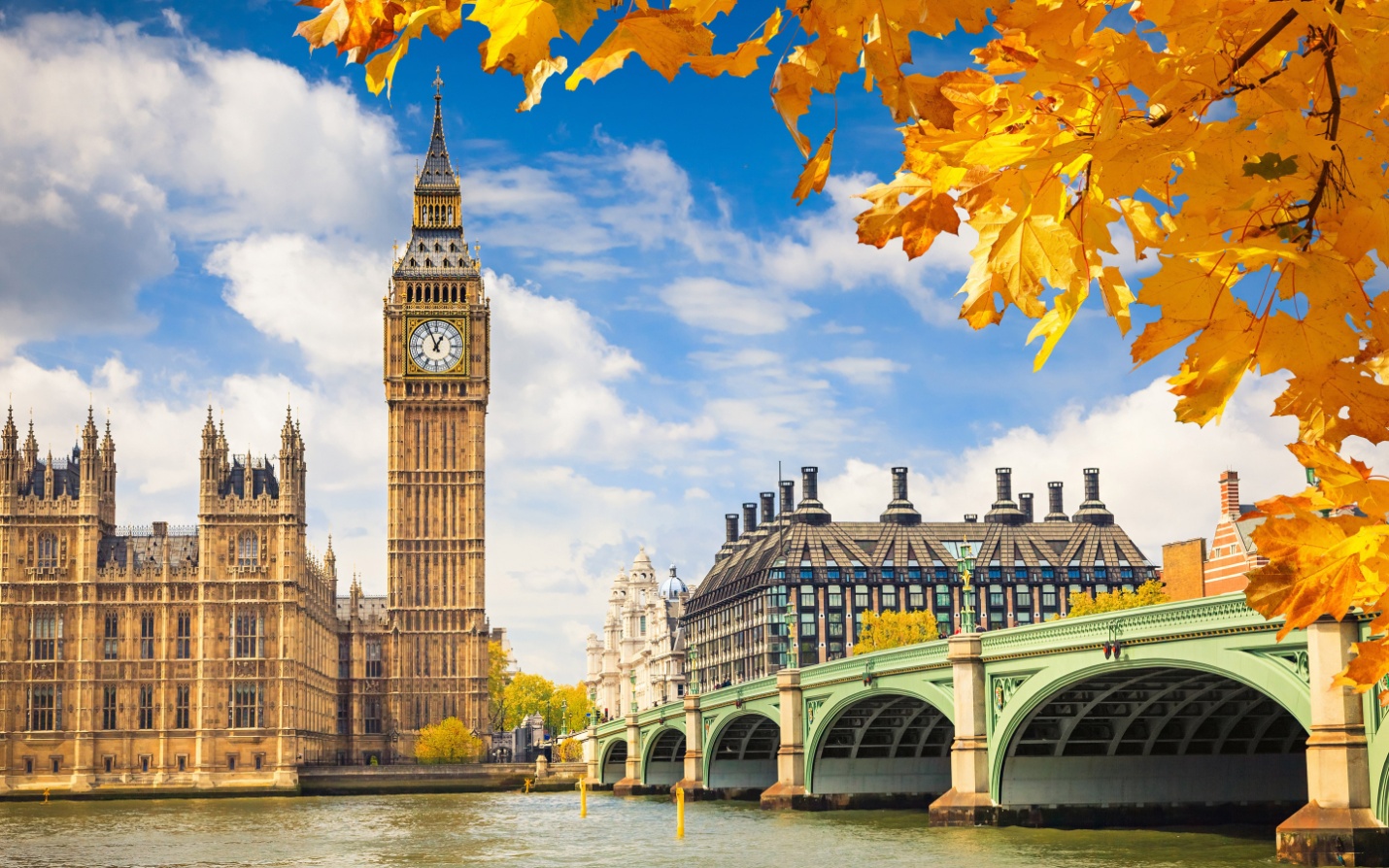
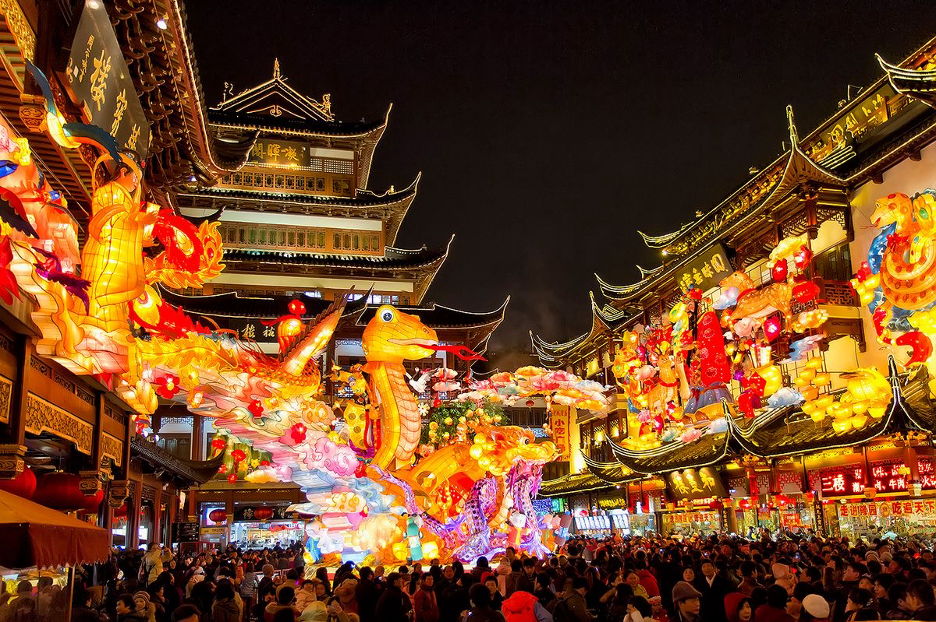
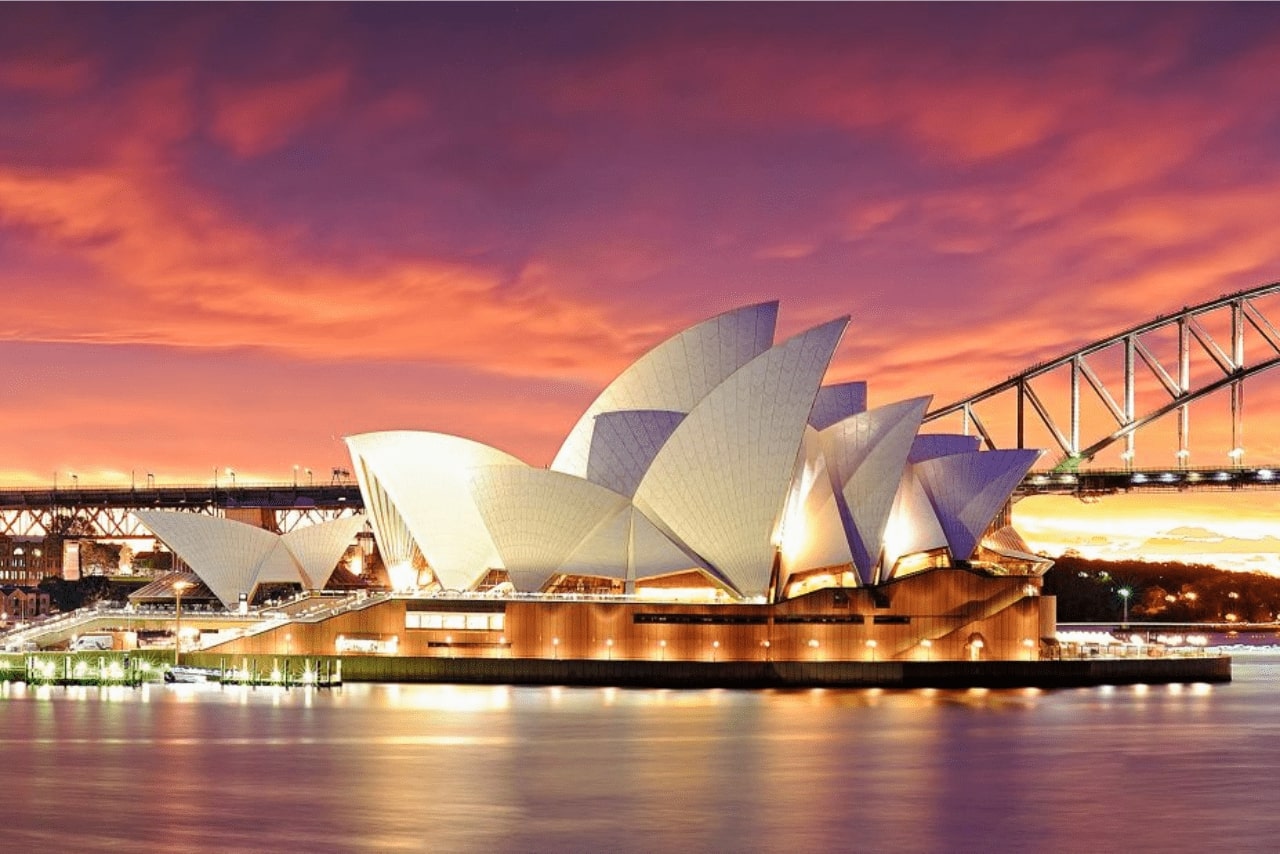
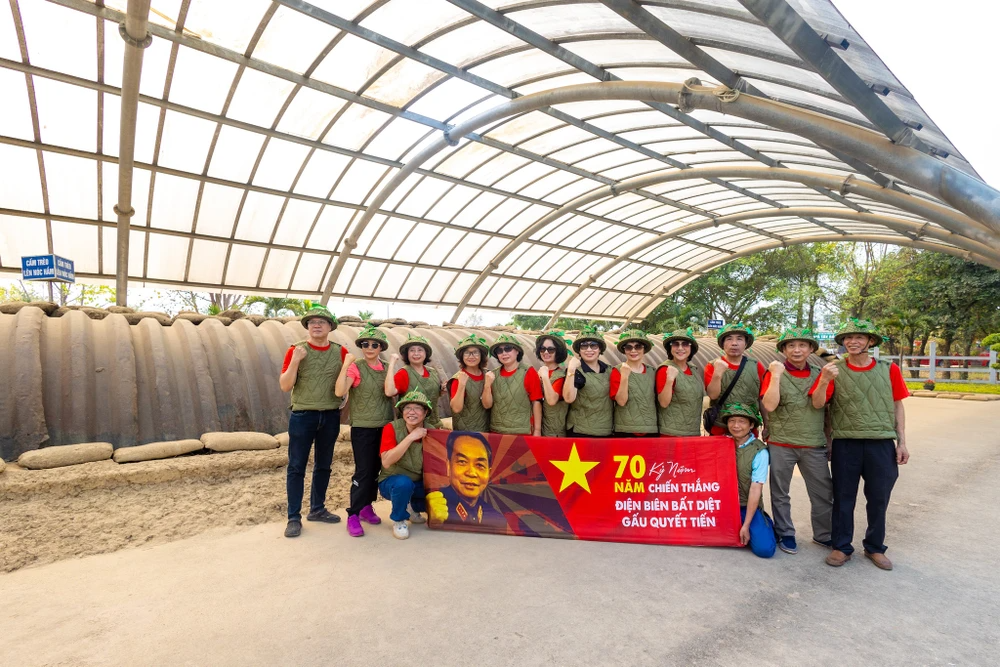
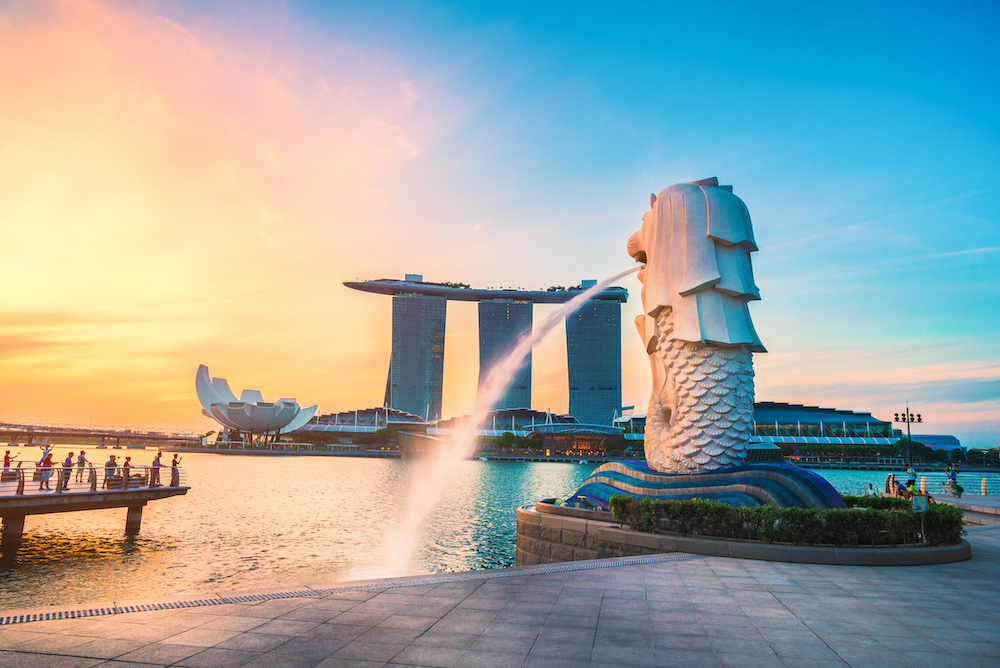
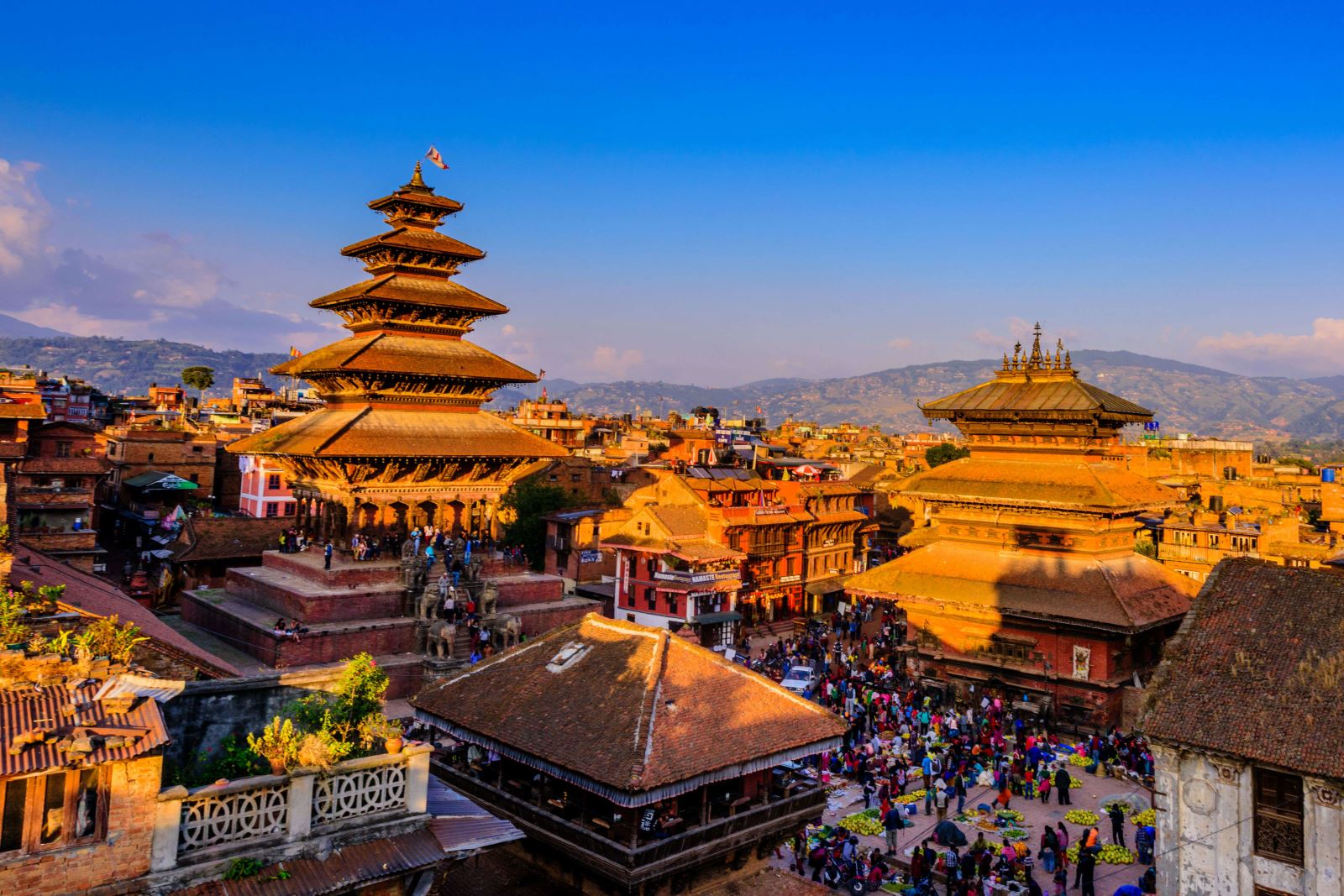

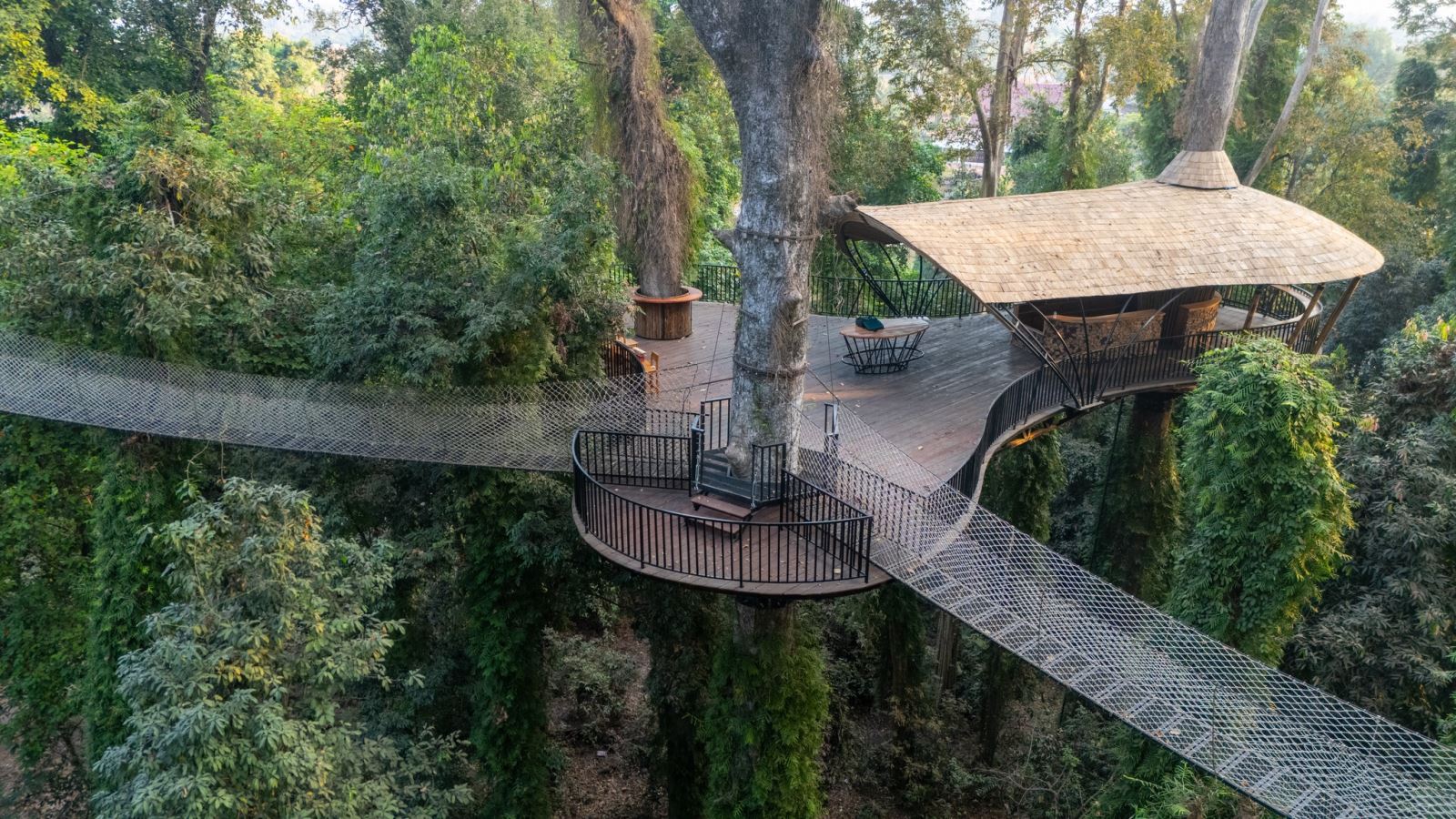
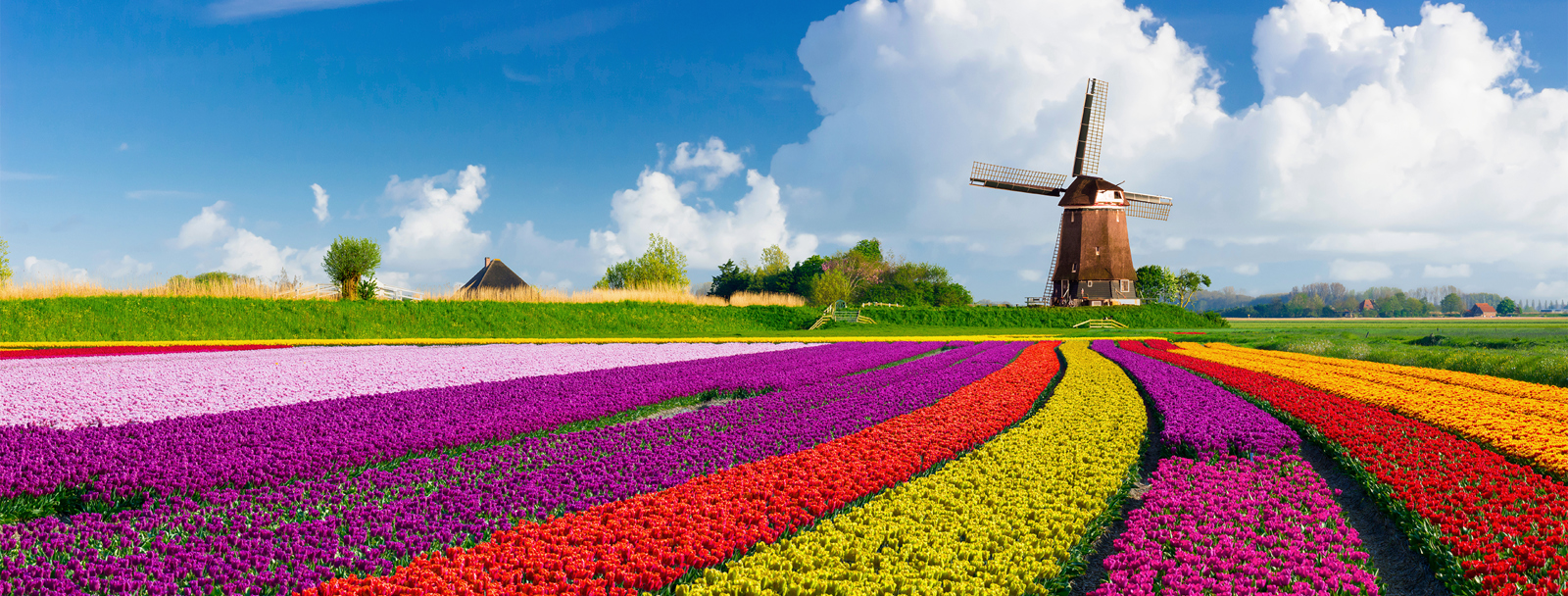
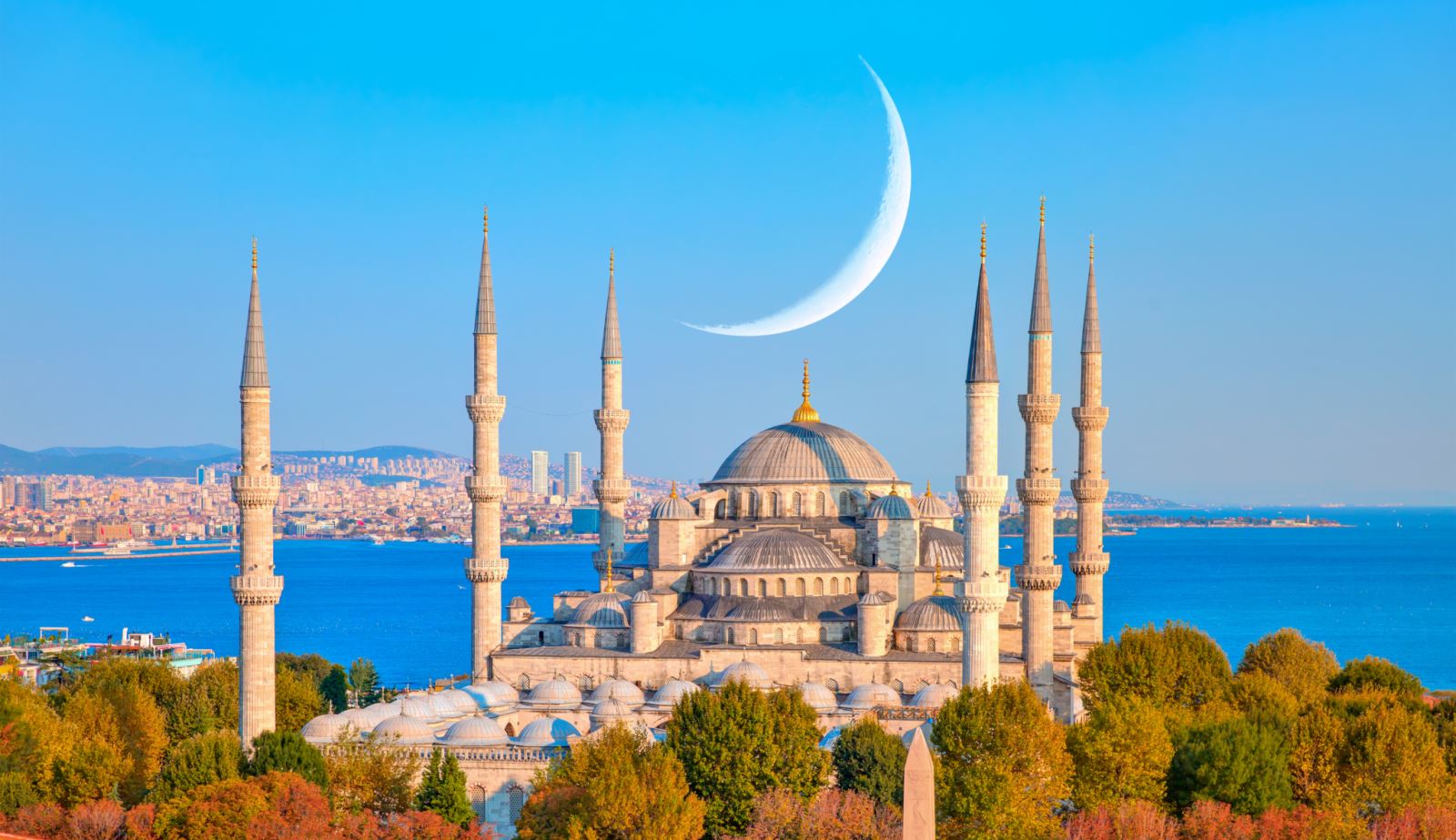


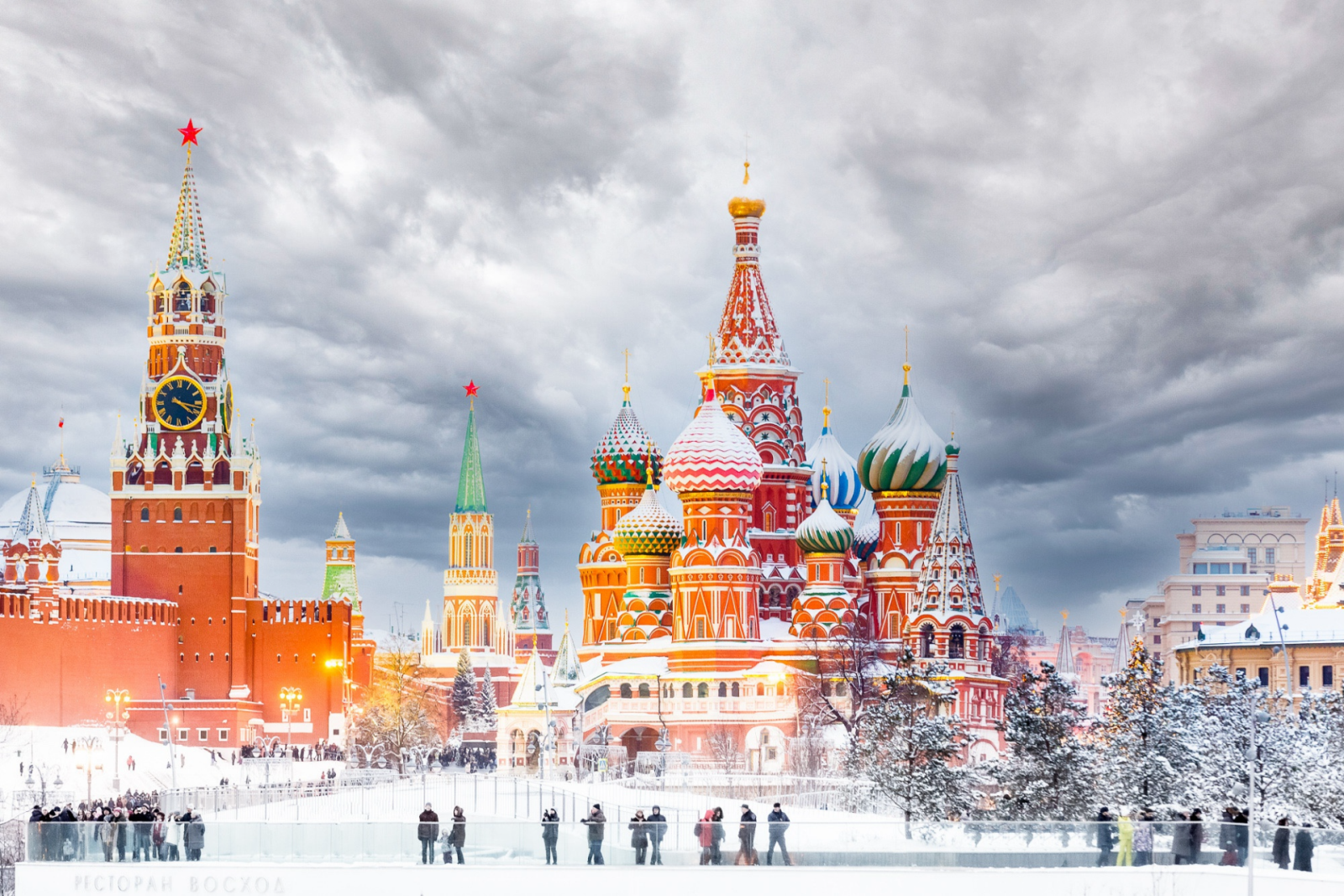
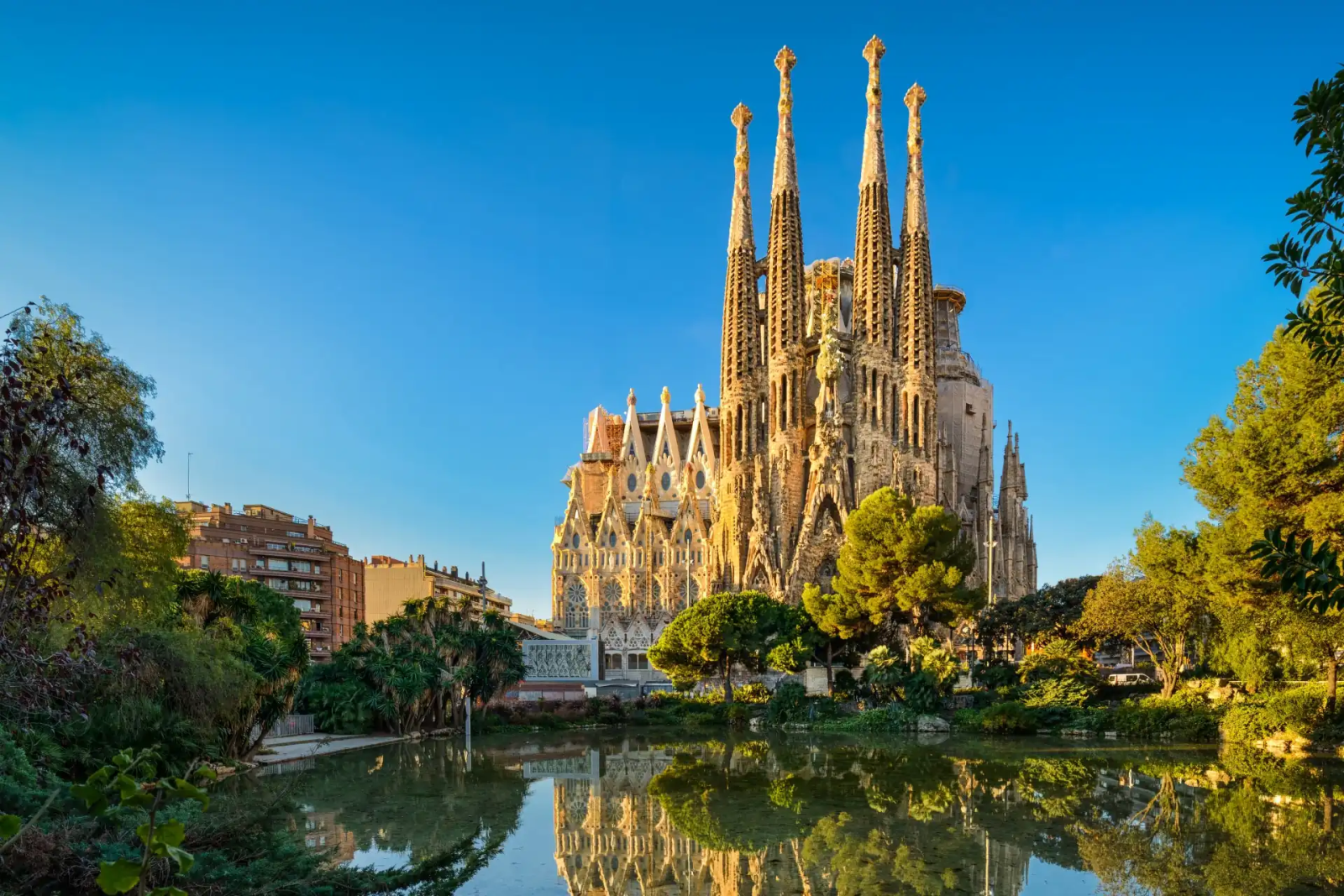
.jpg)
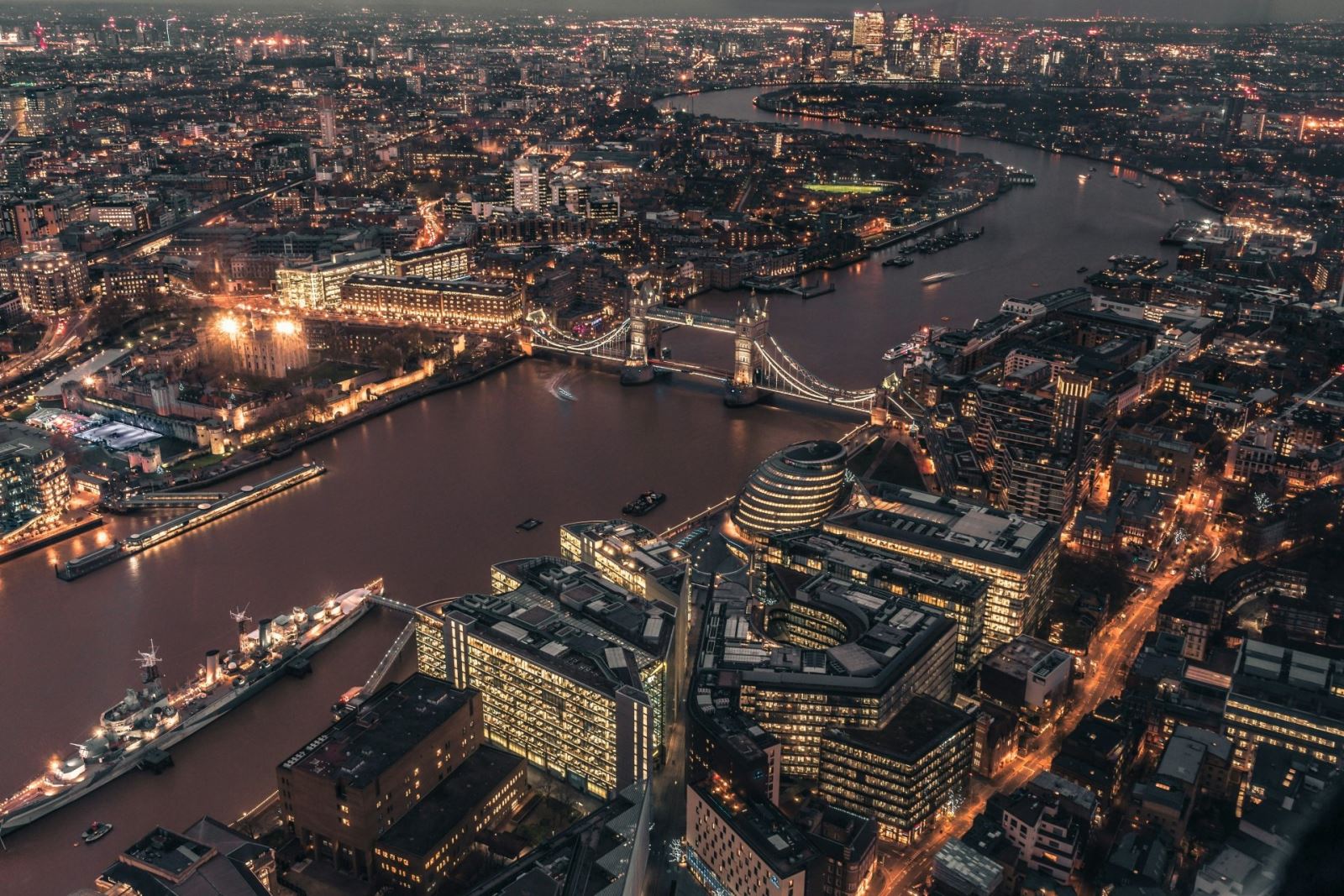
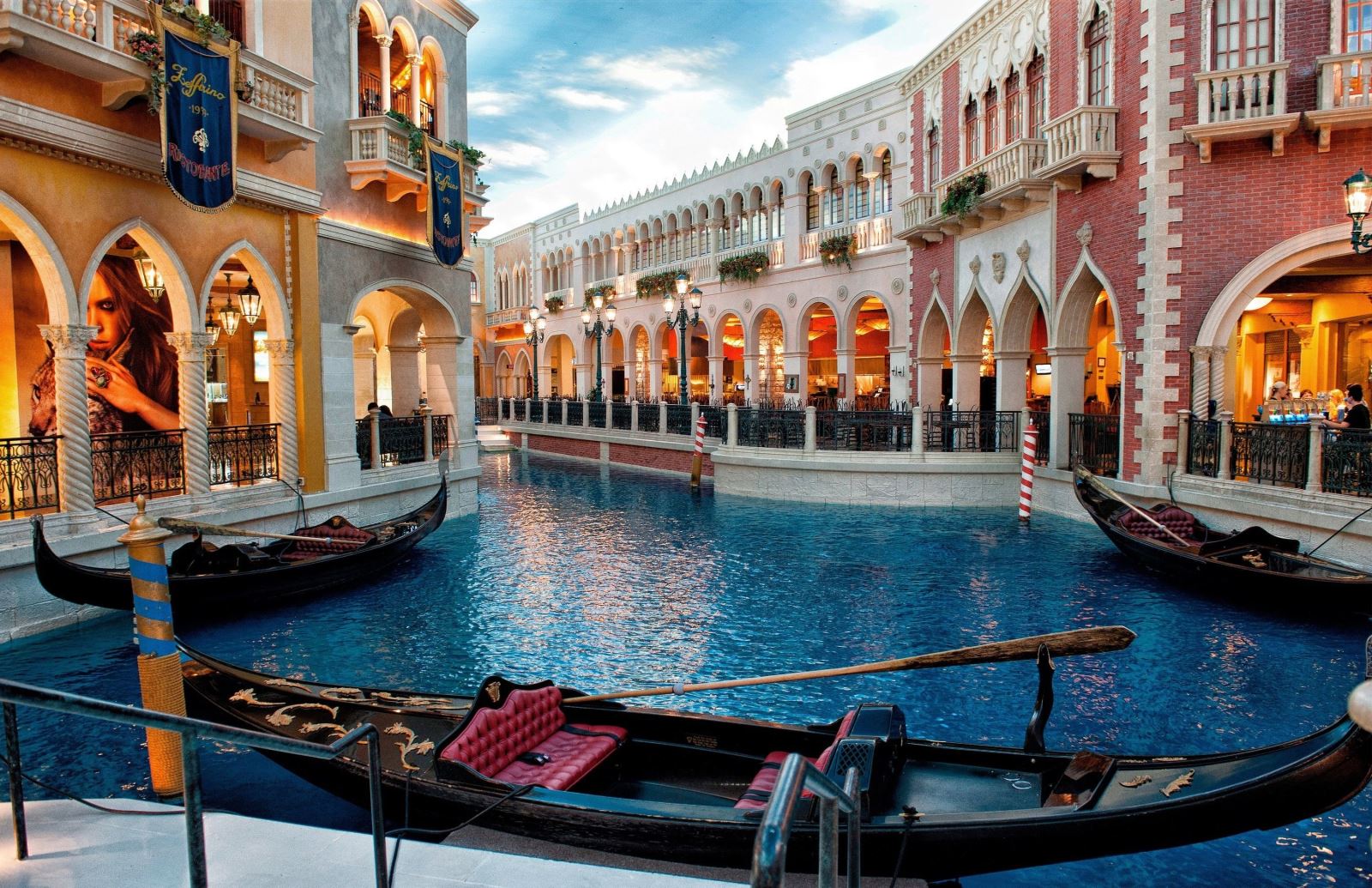
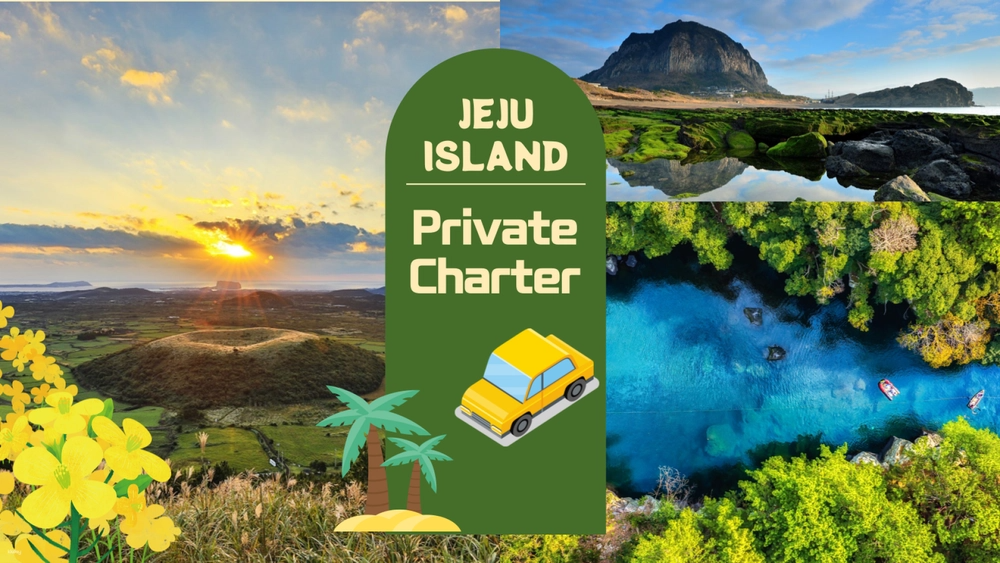
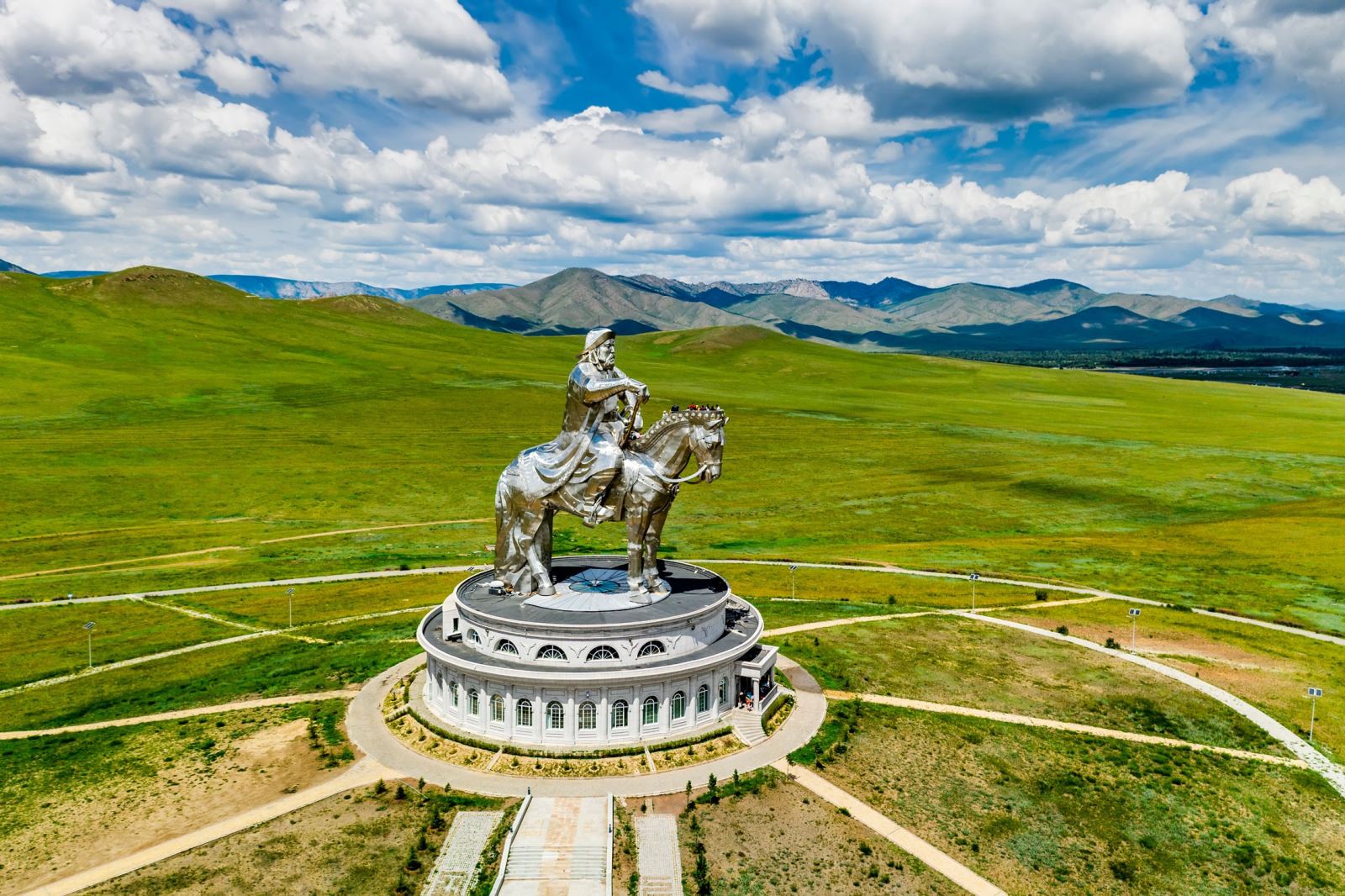
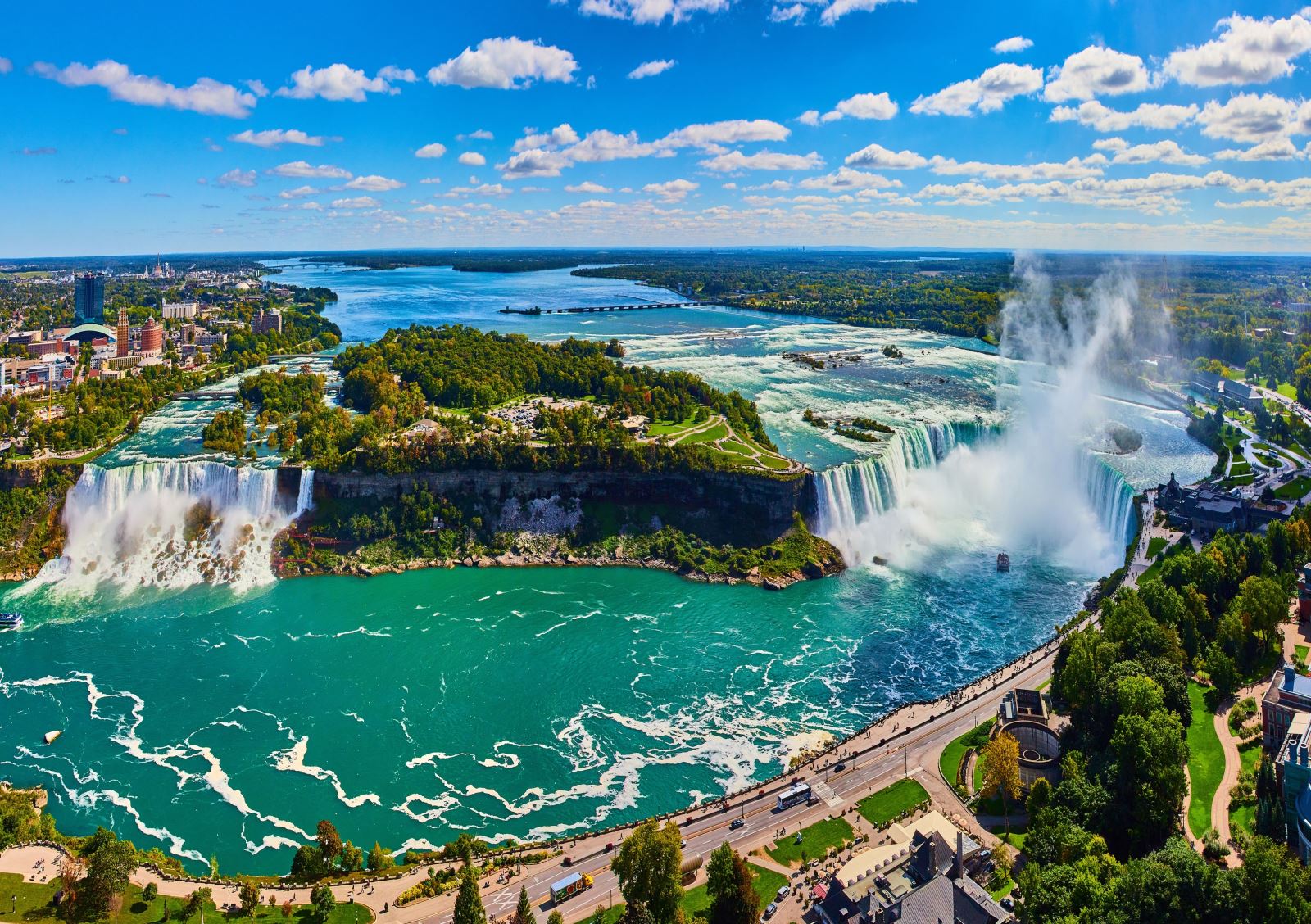
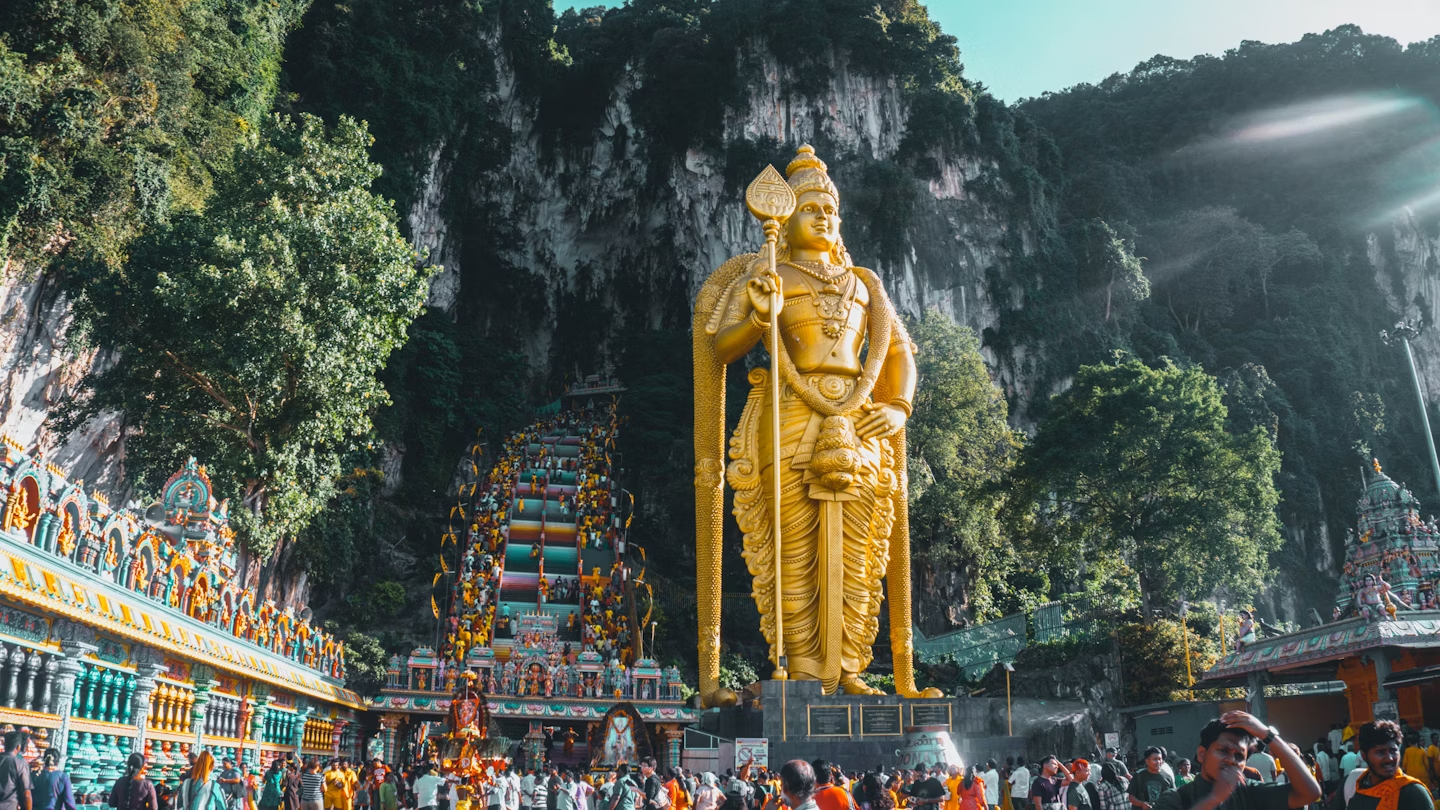
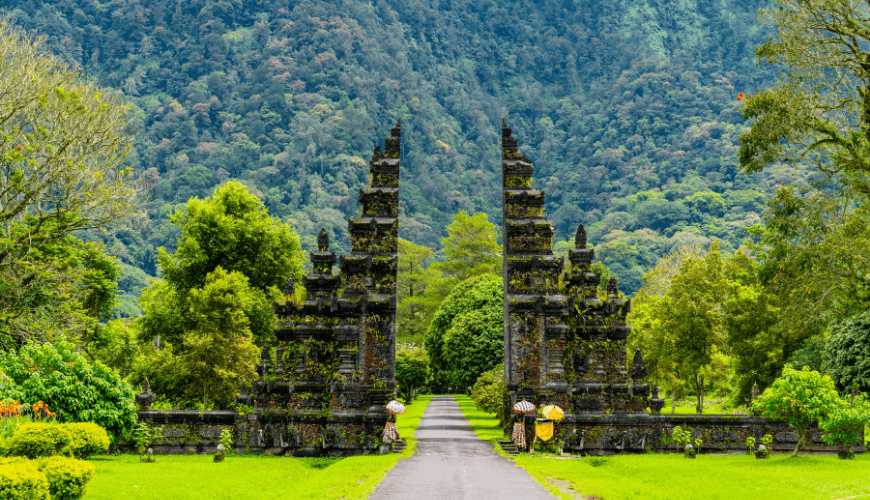
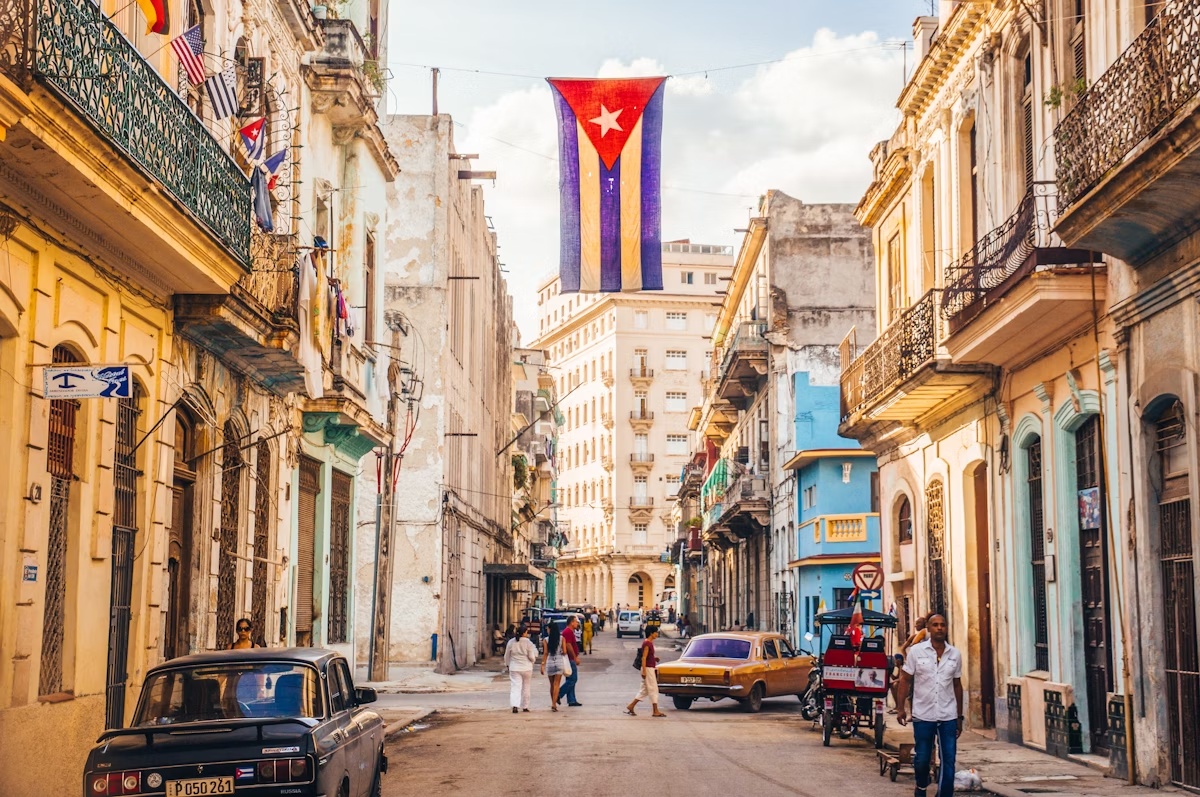
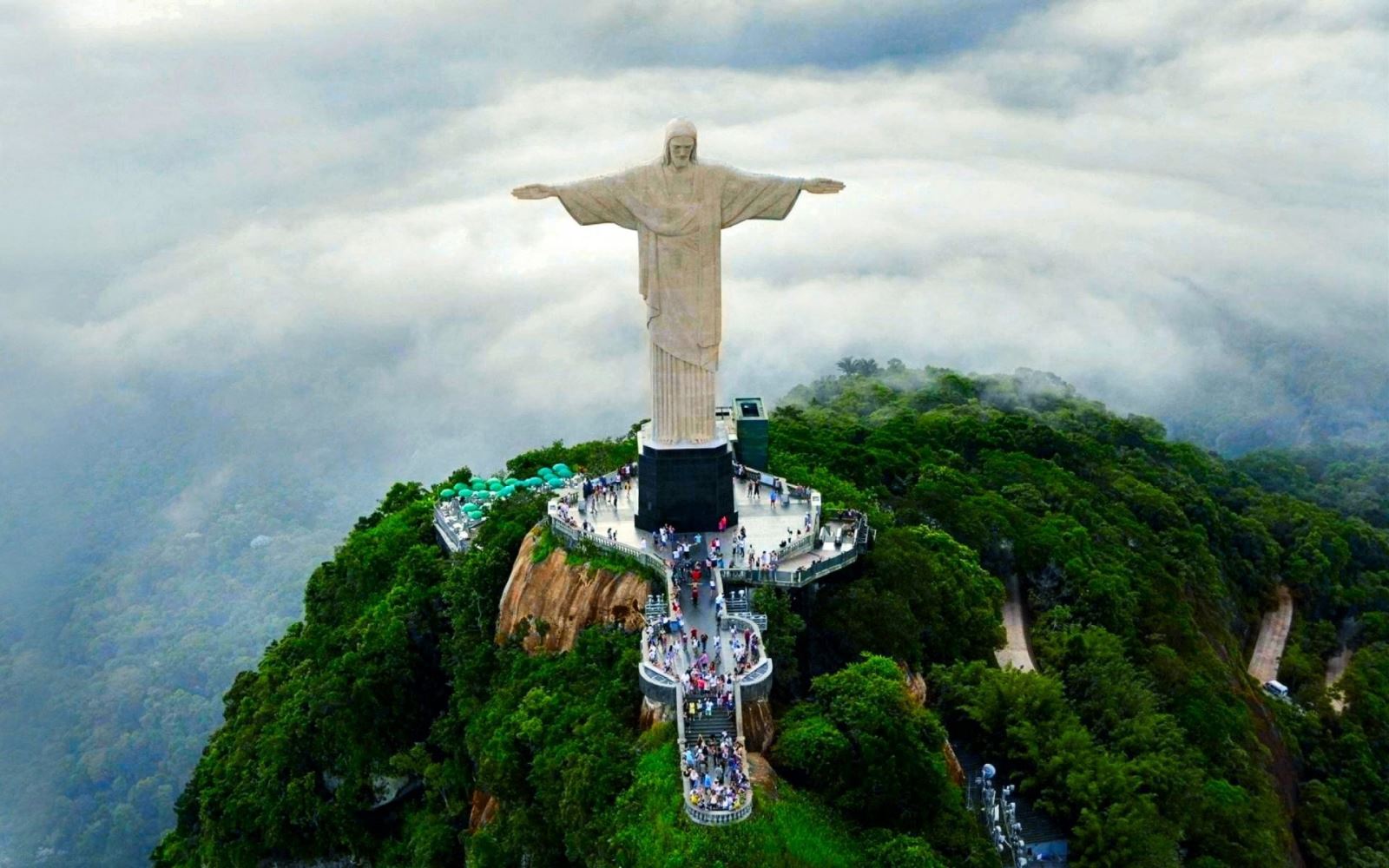
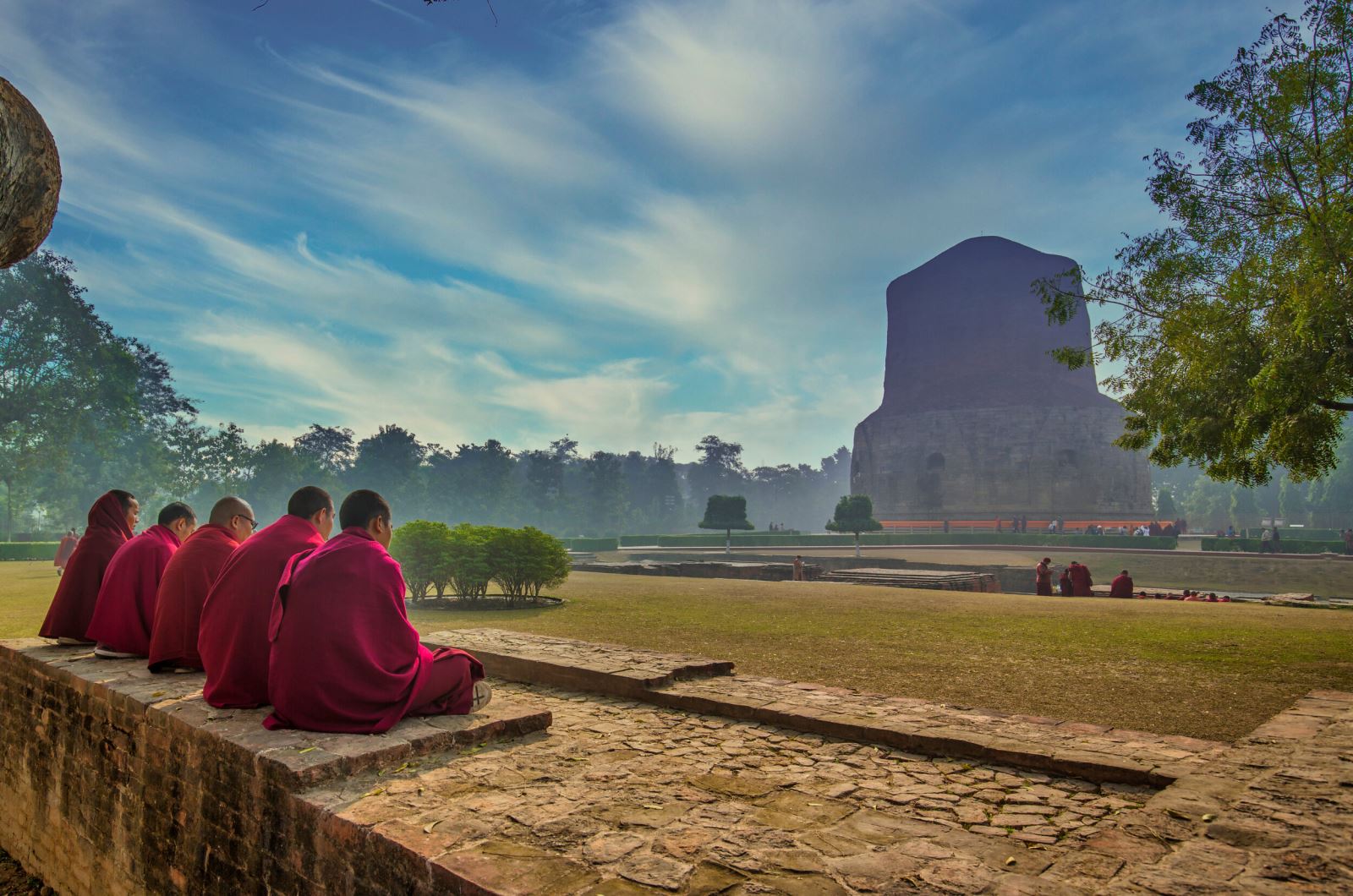
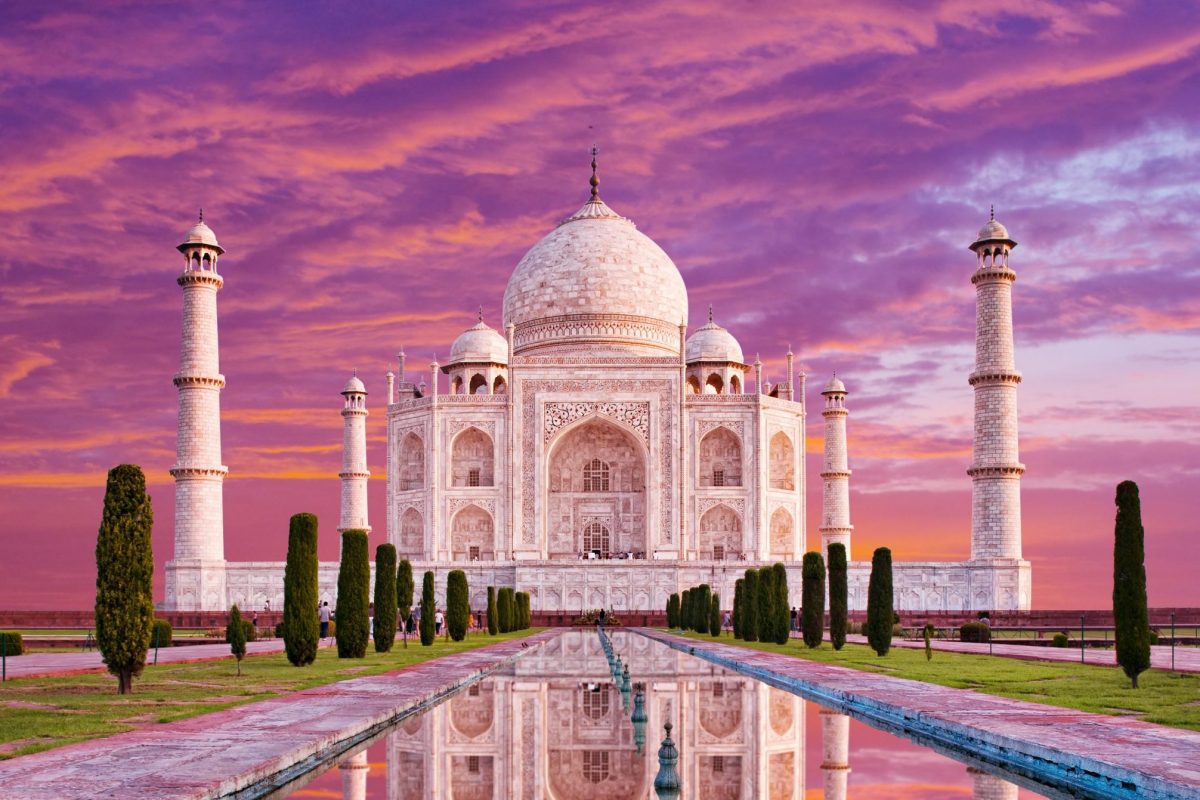
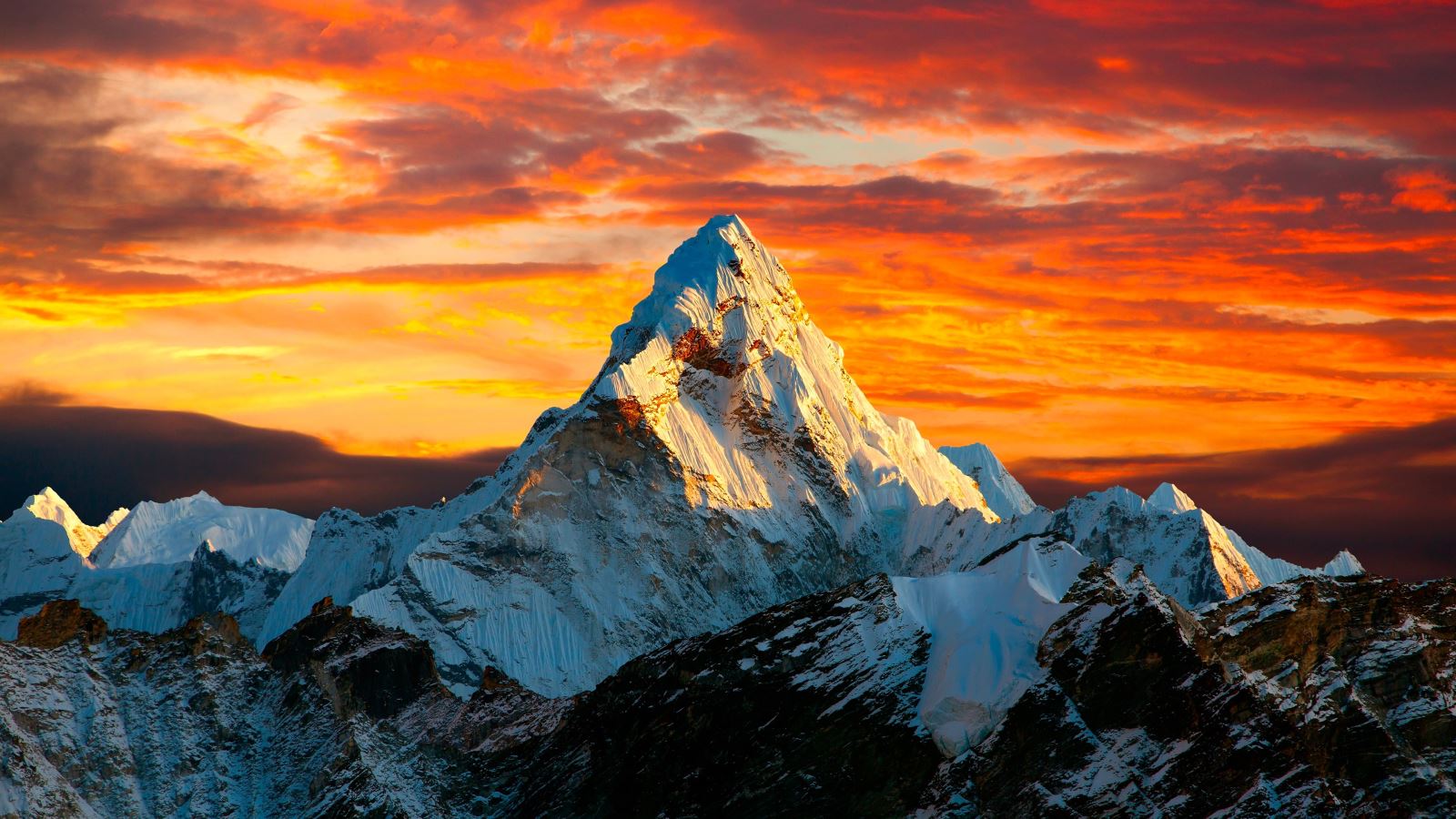
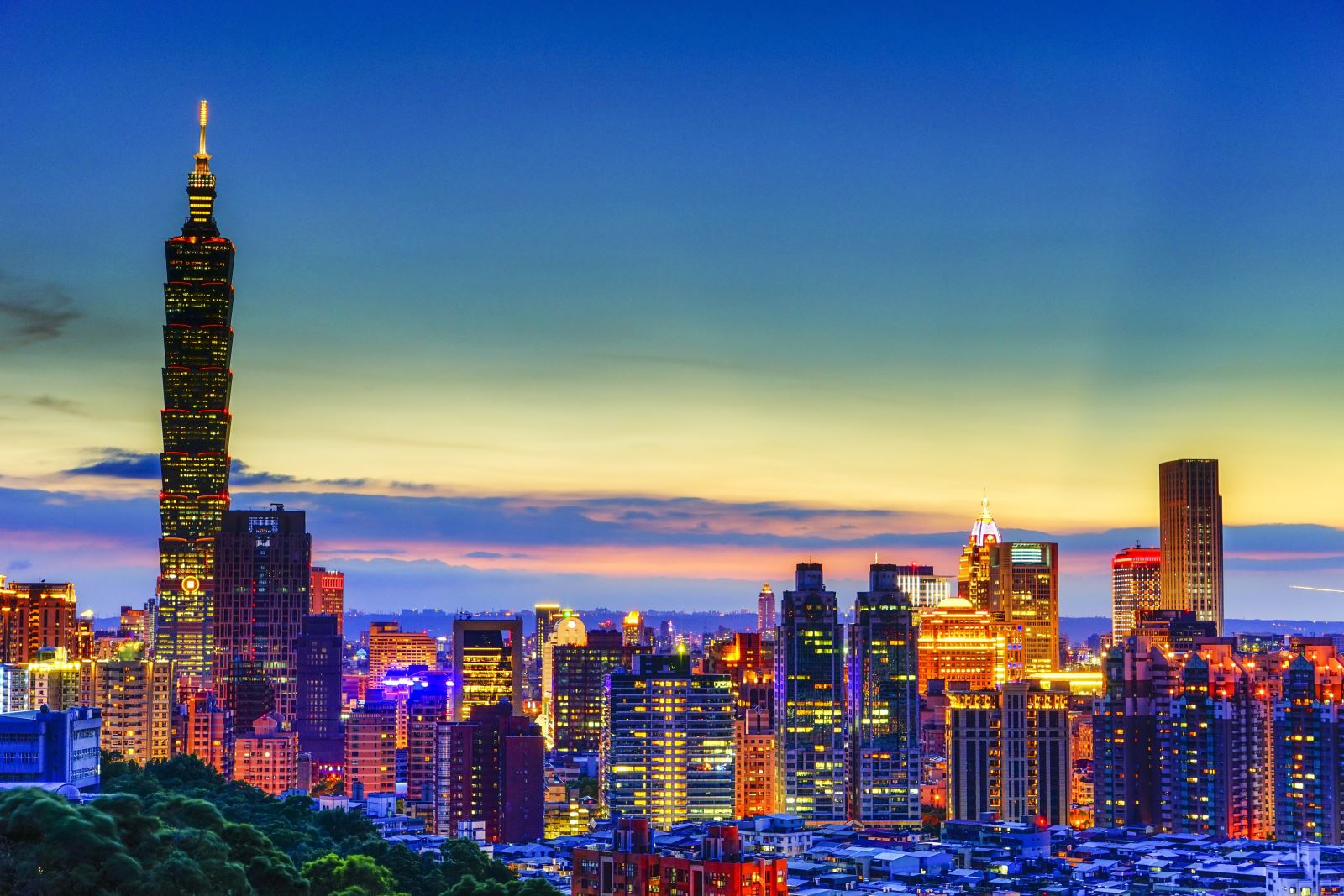
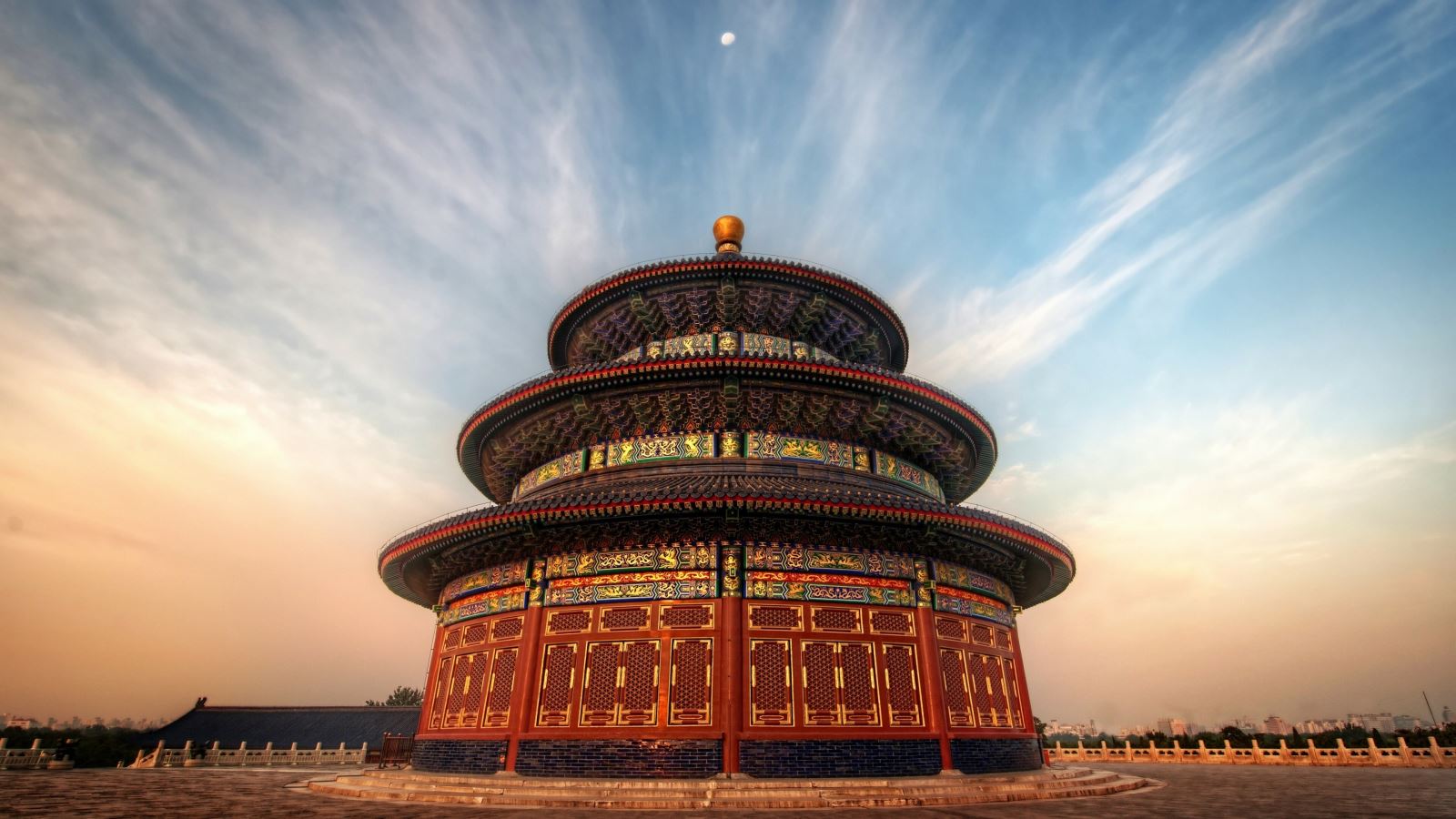
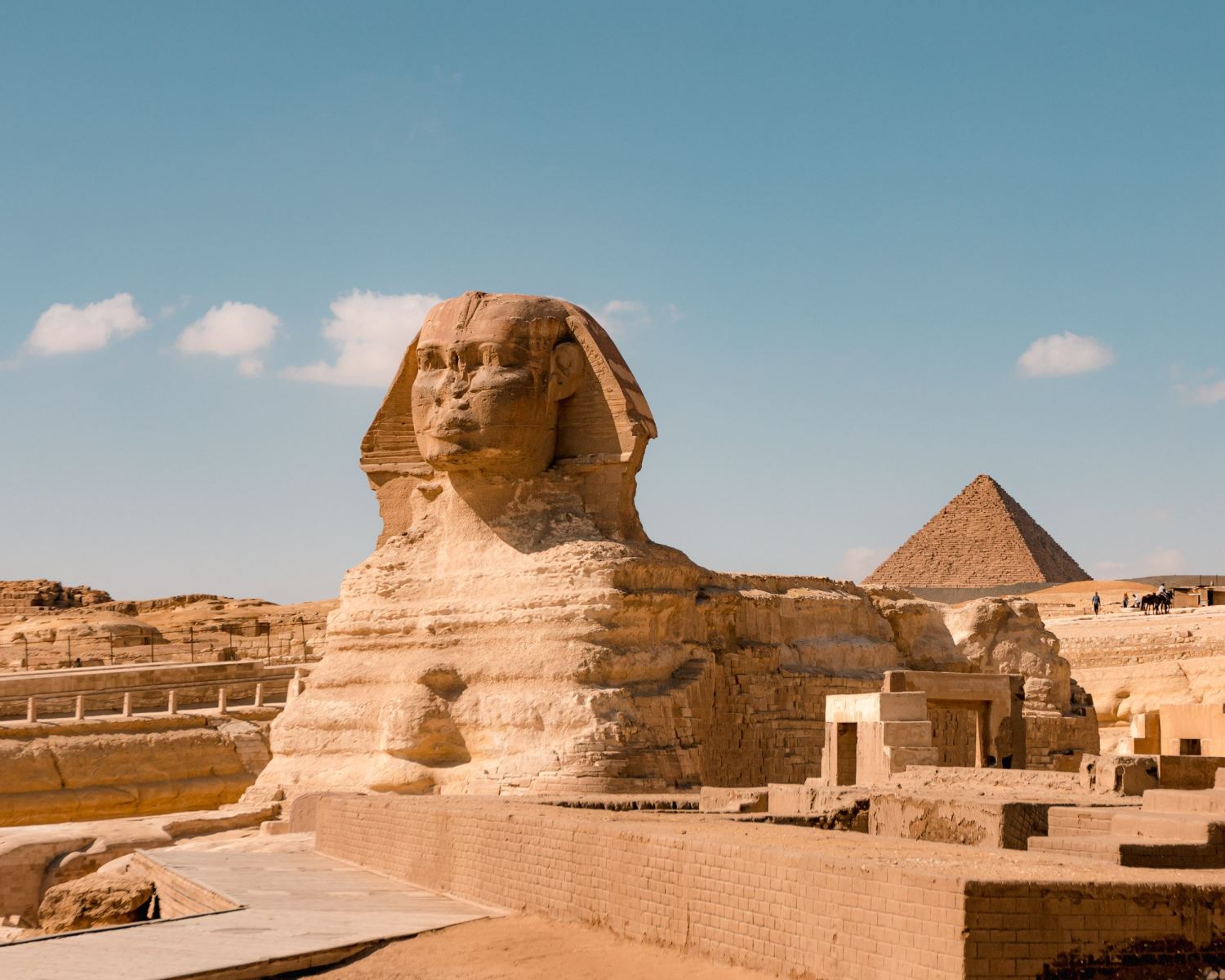
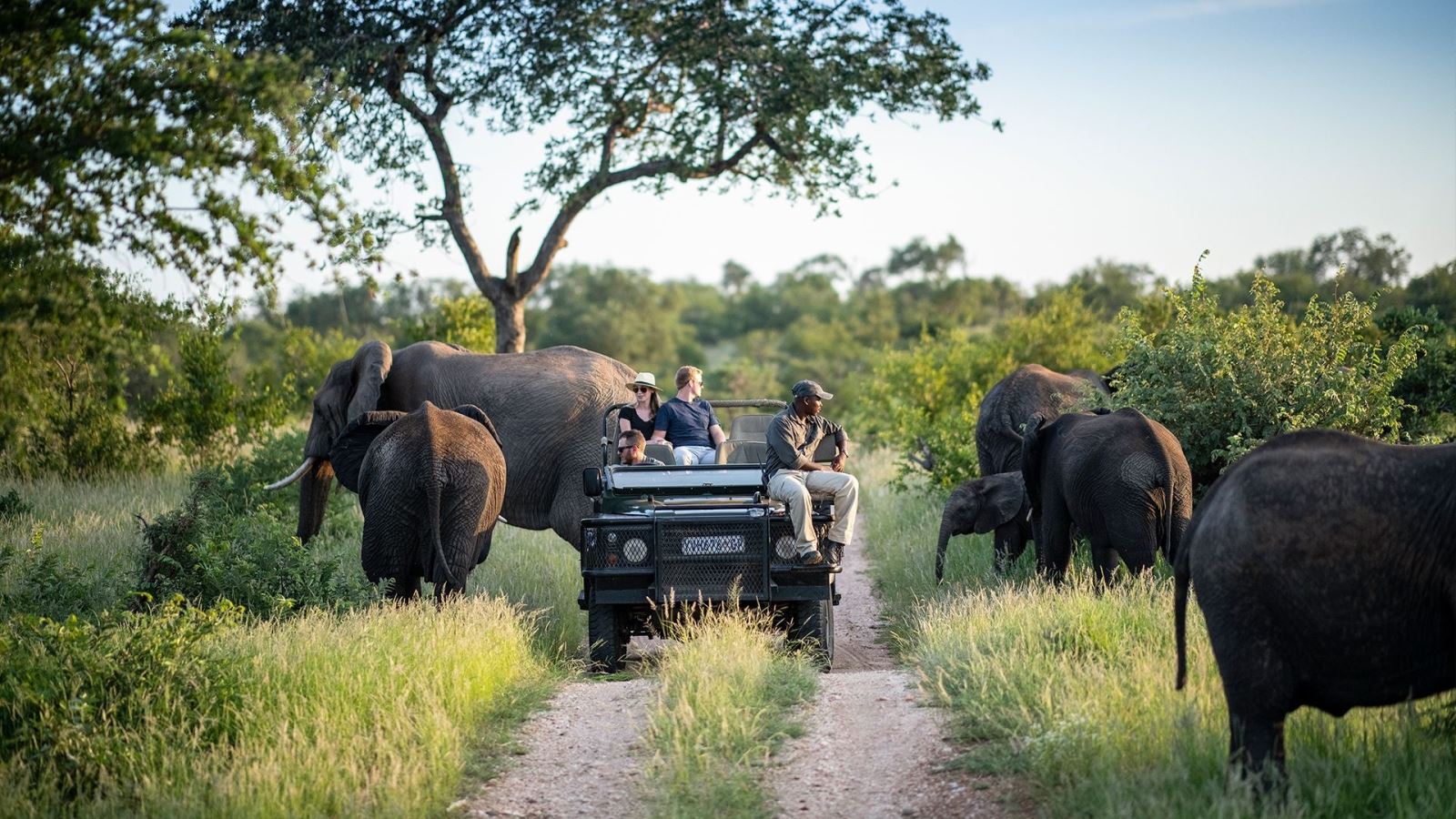
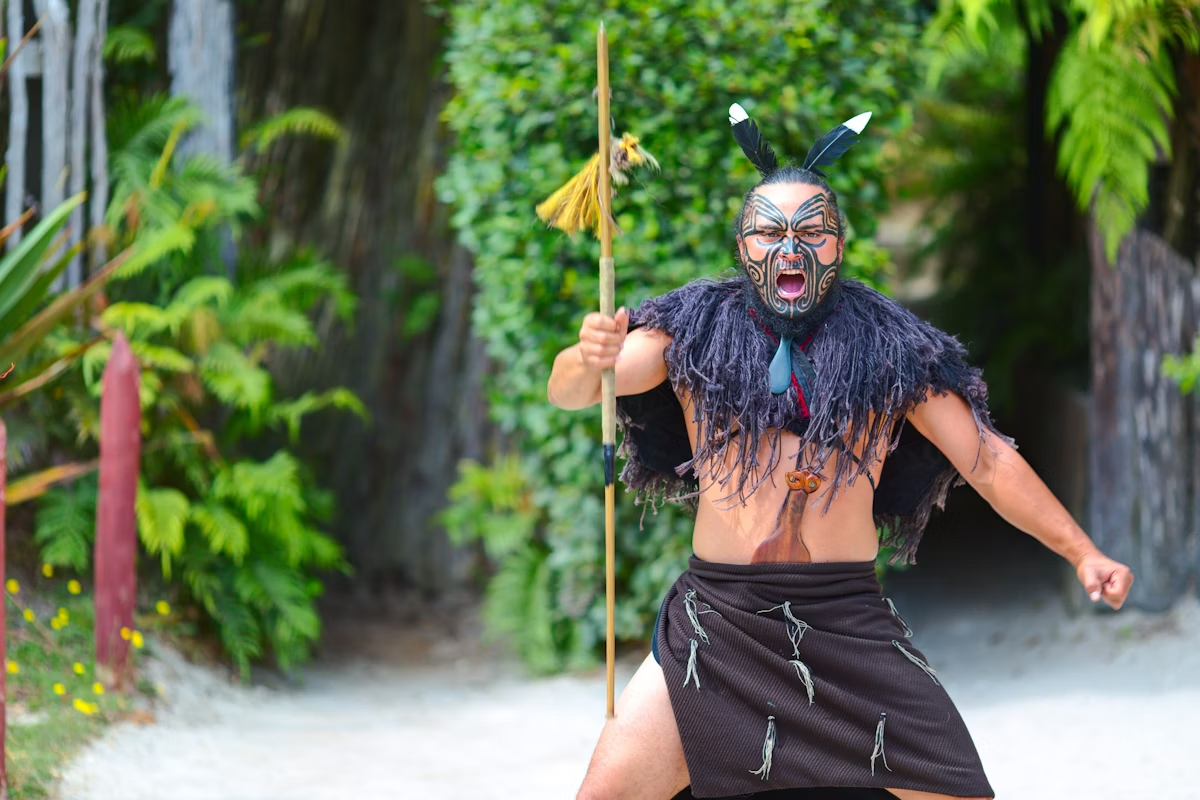
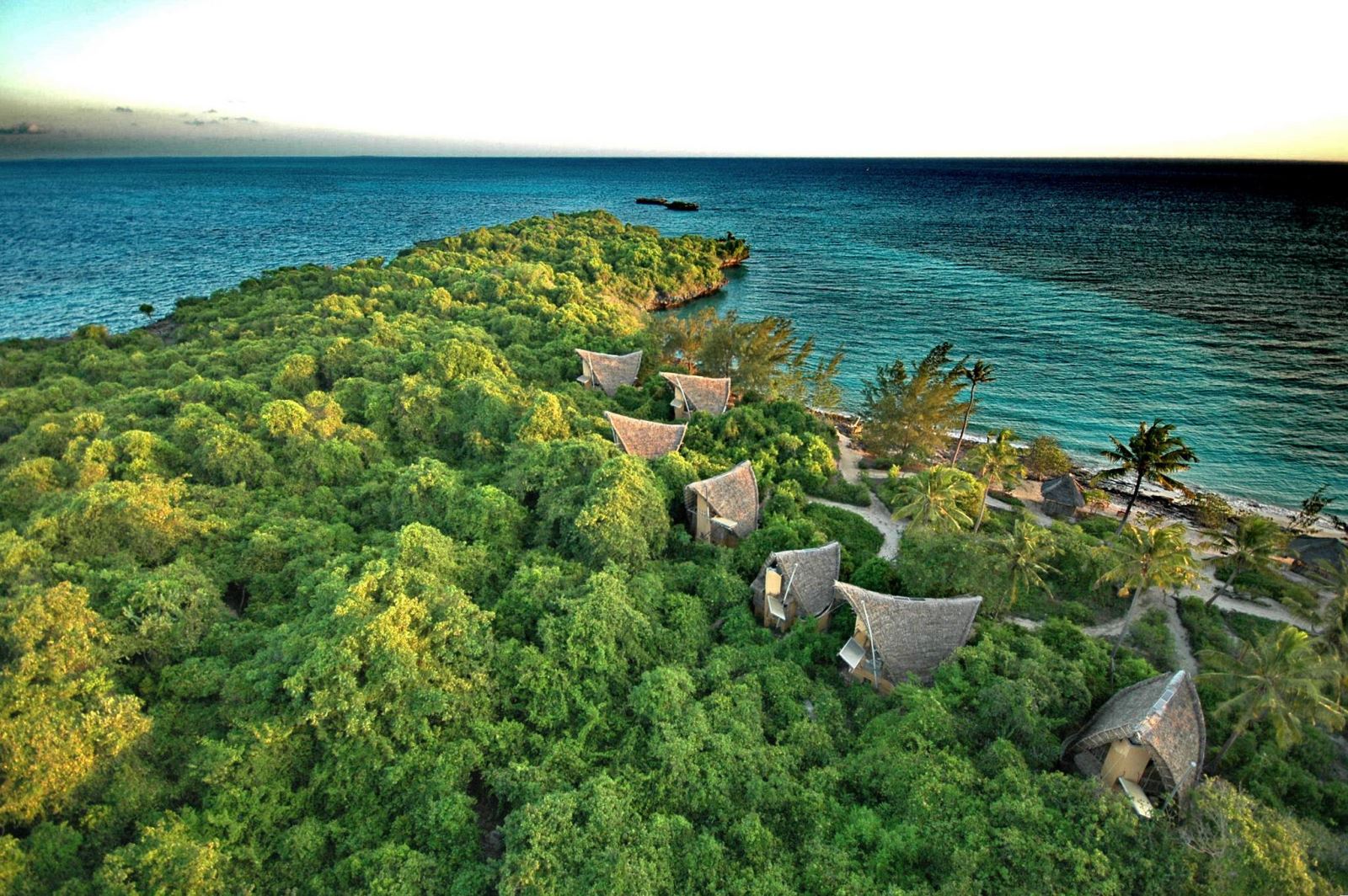
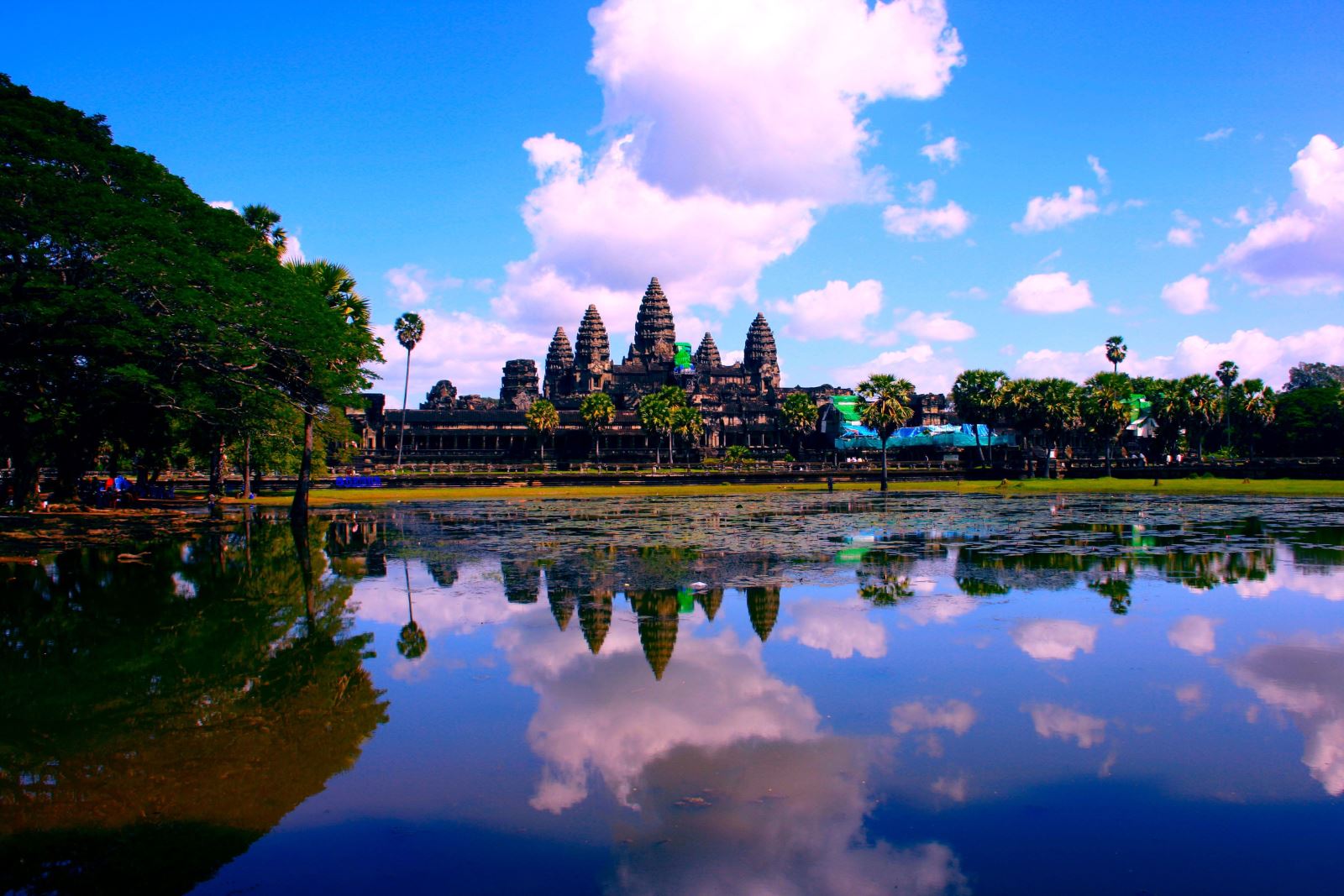
.png)
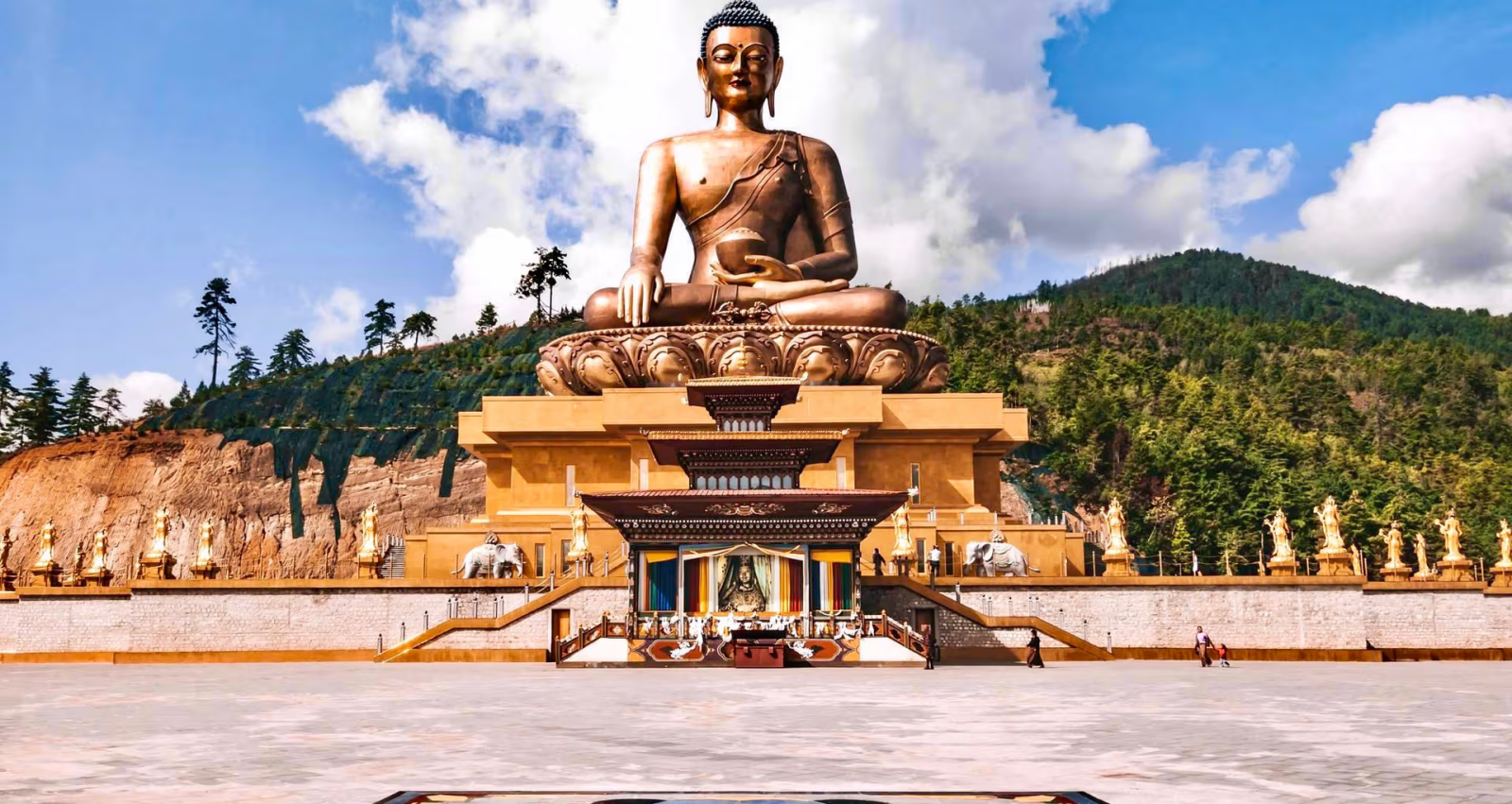
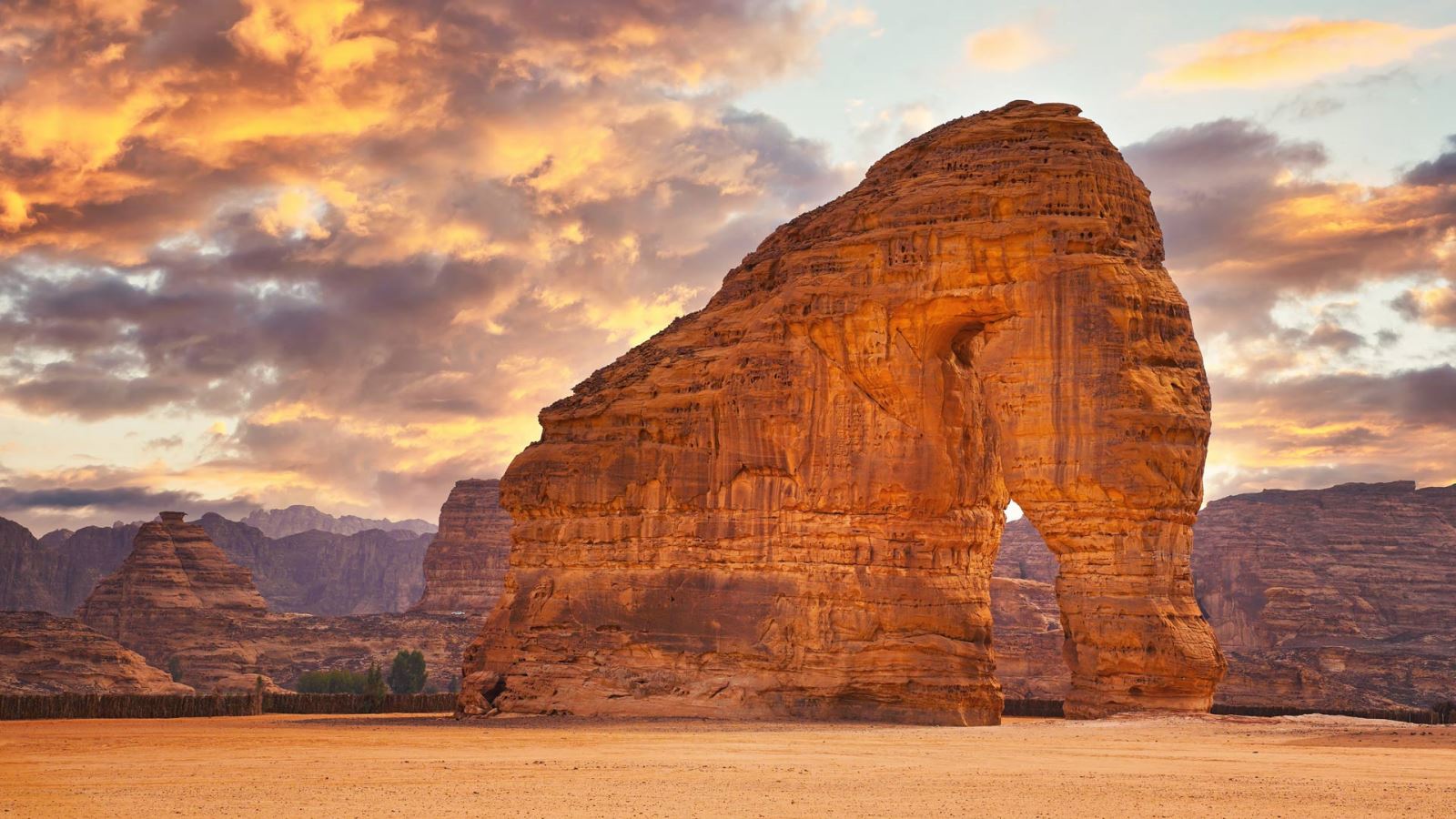
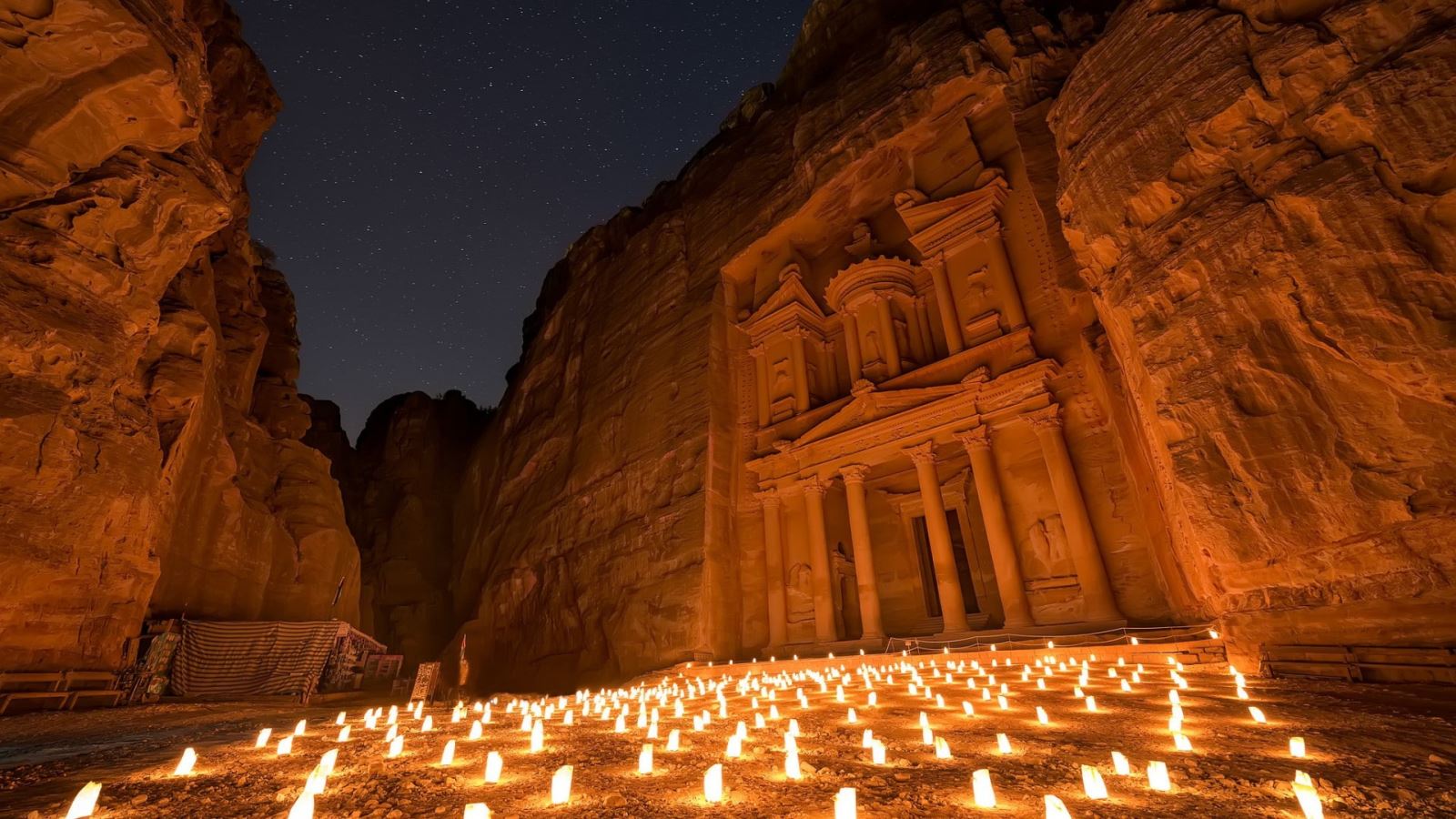
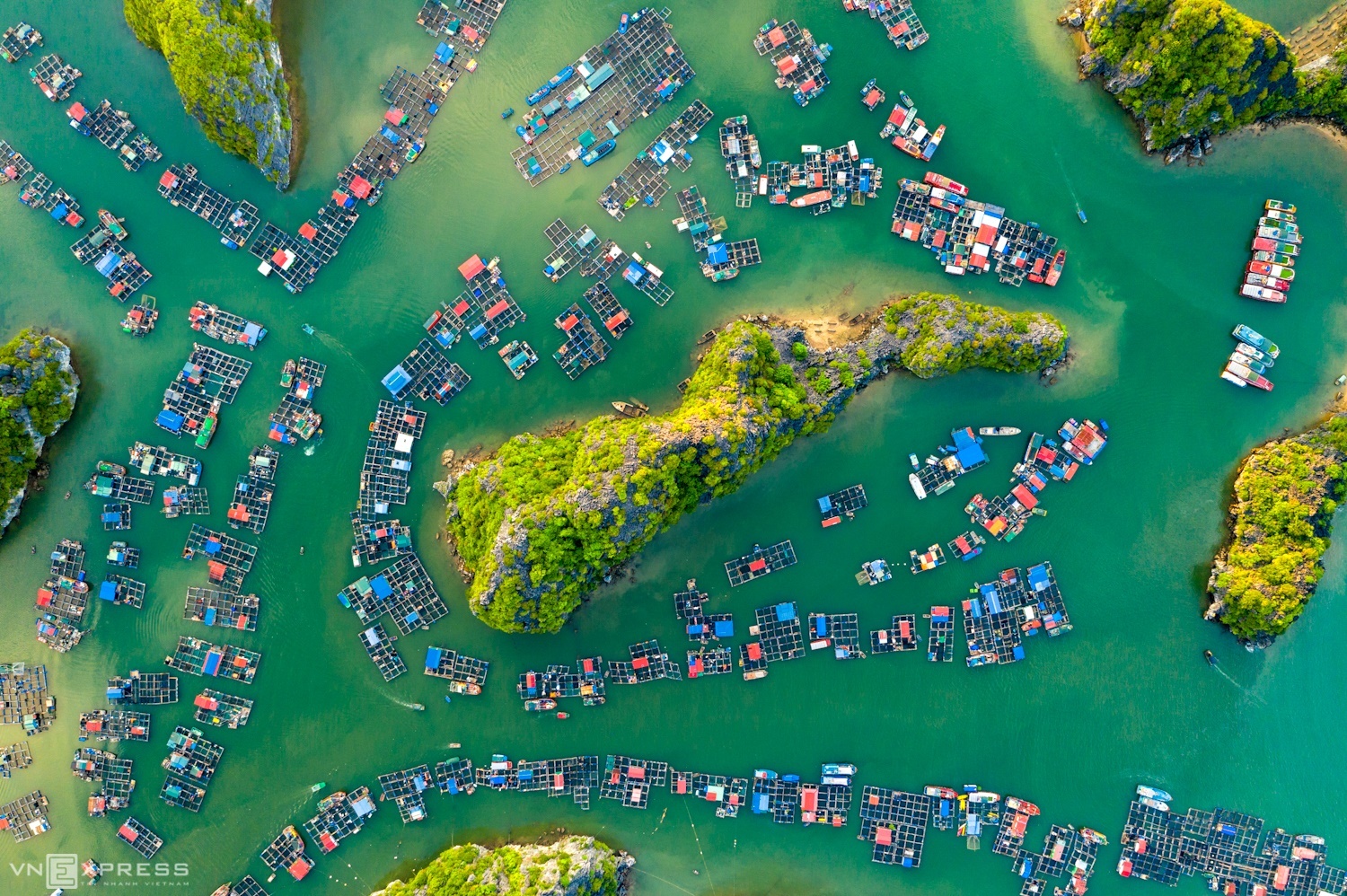
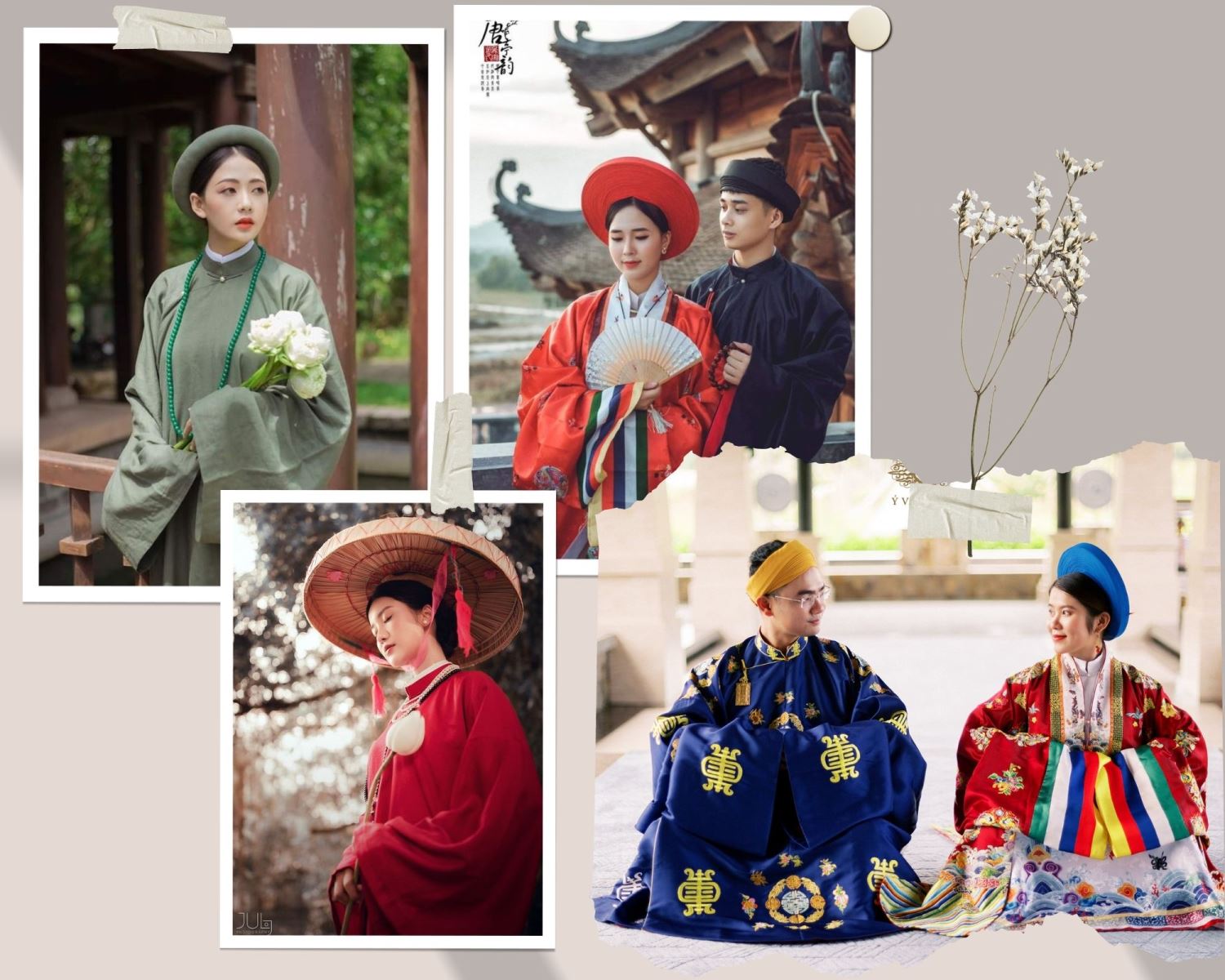
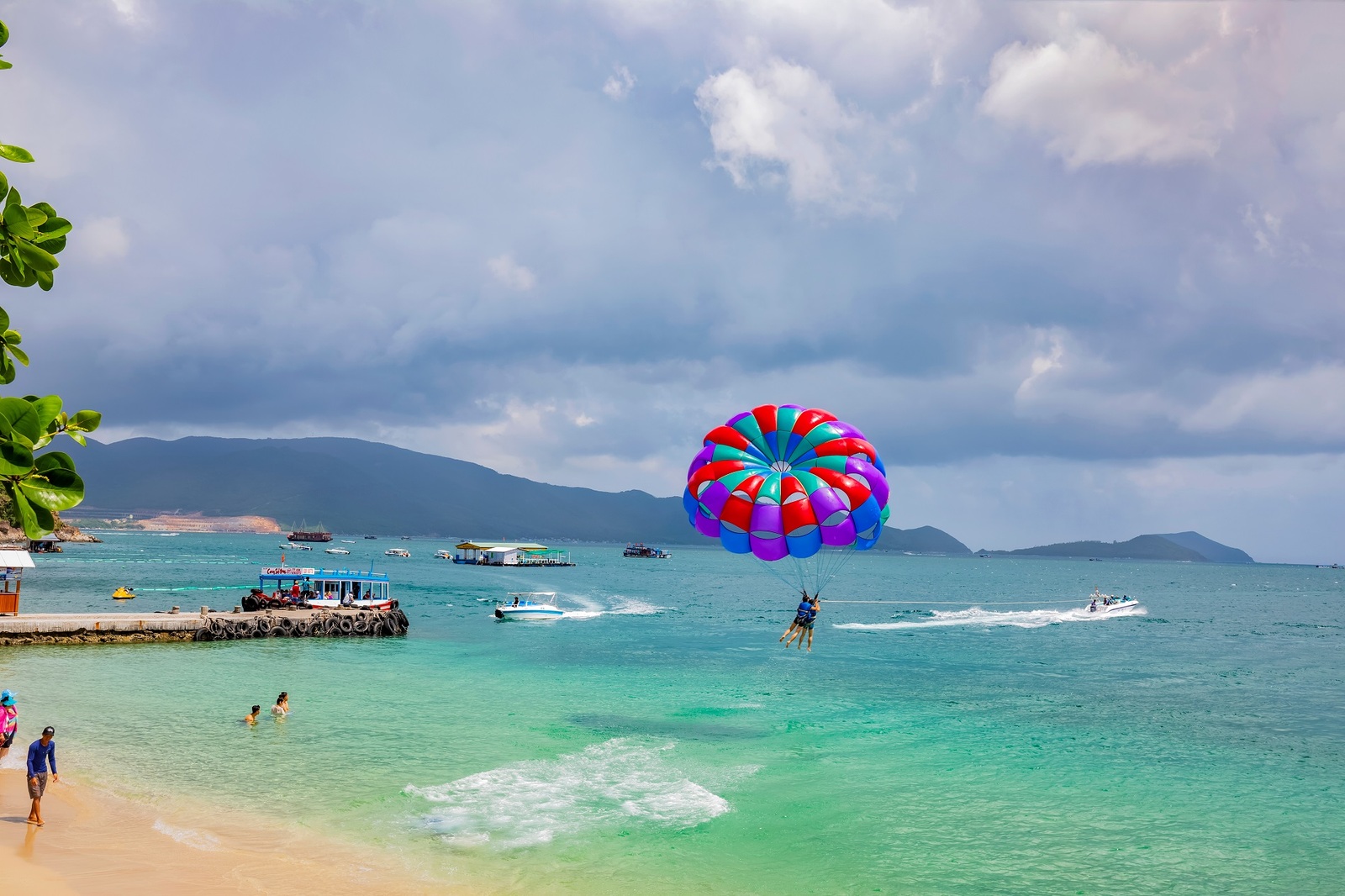
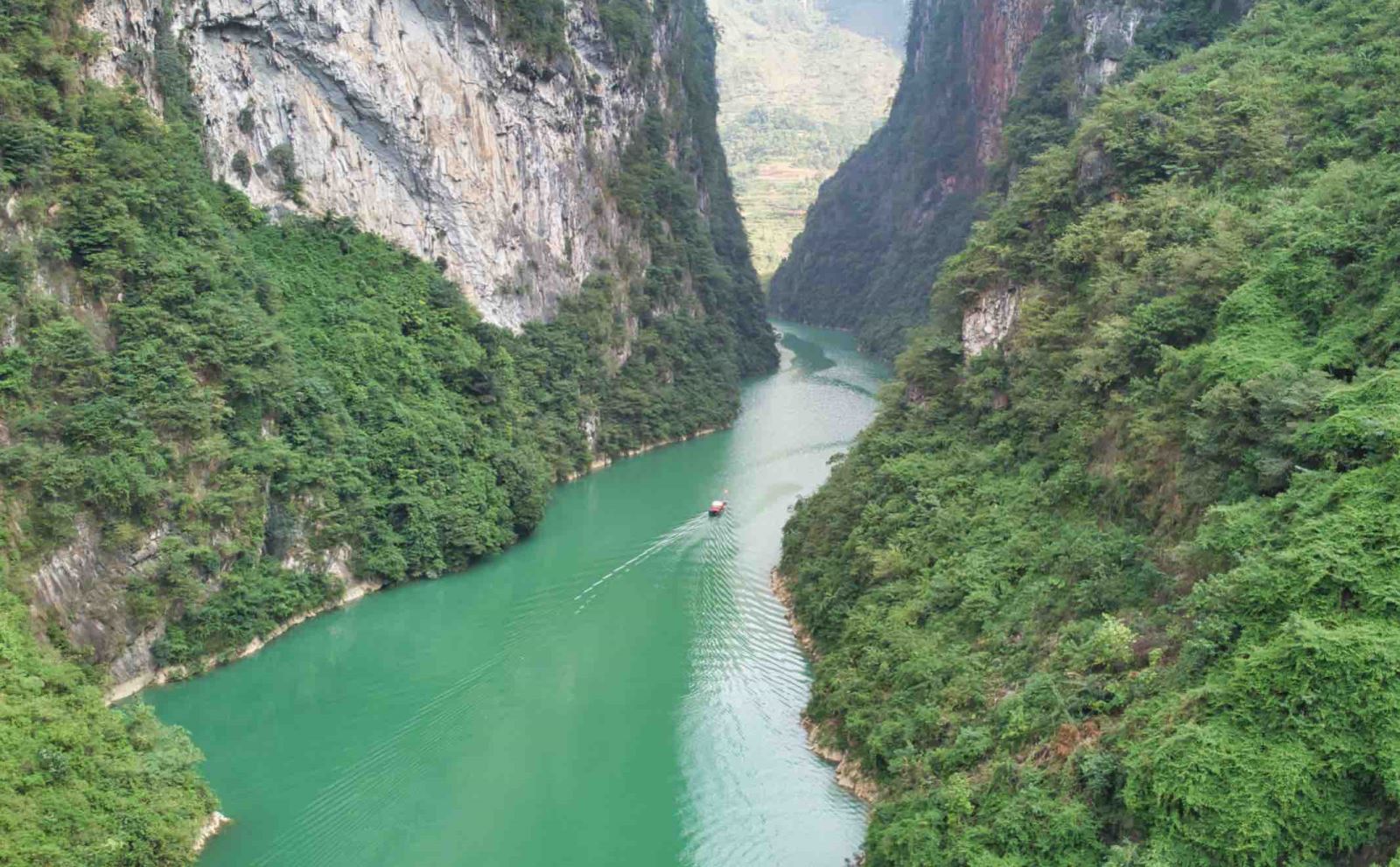

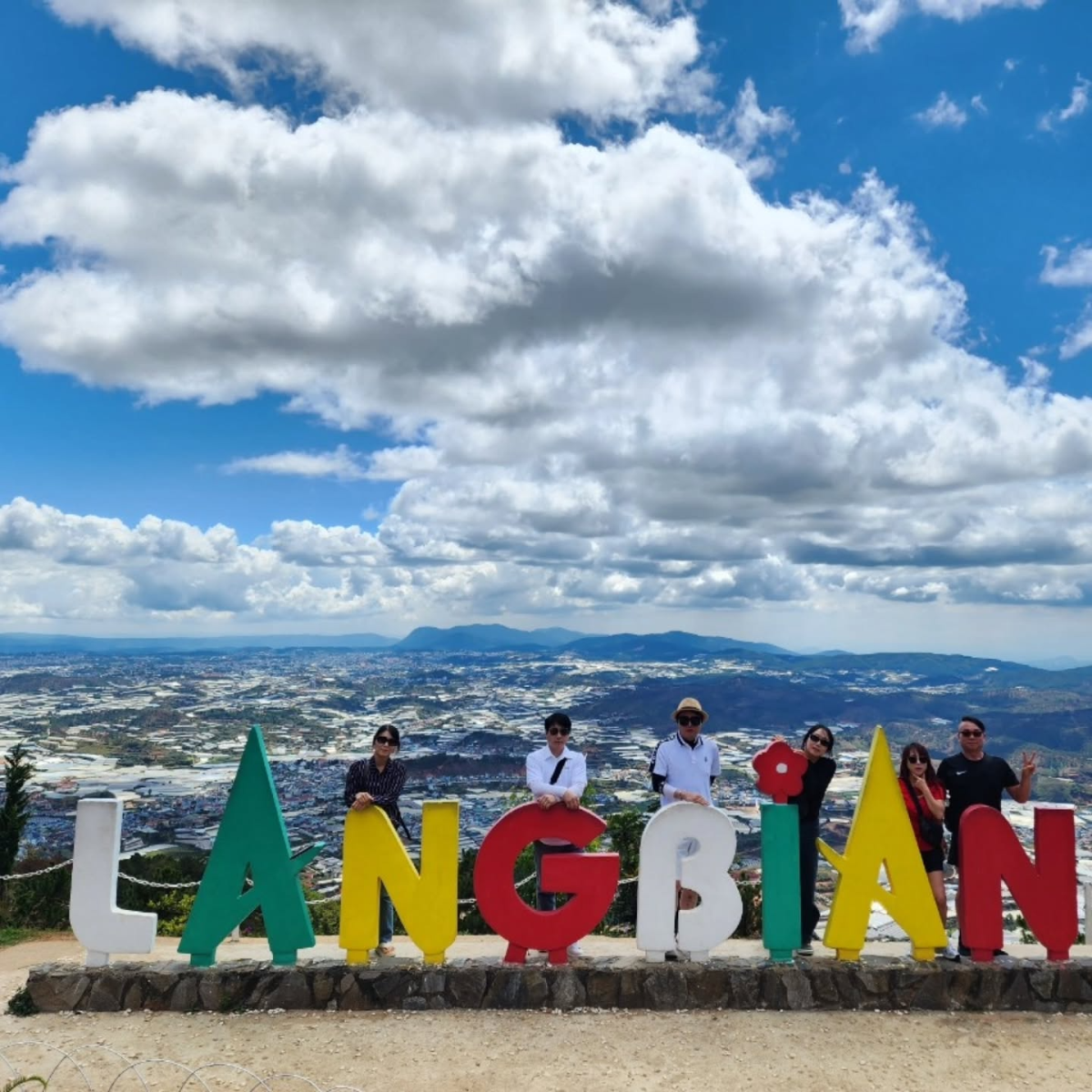
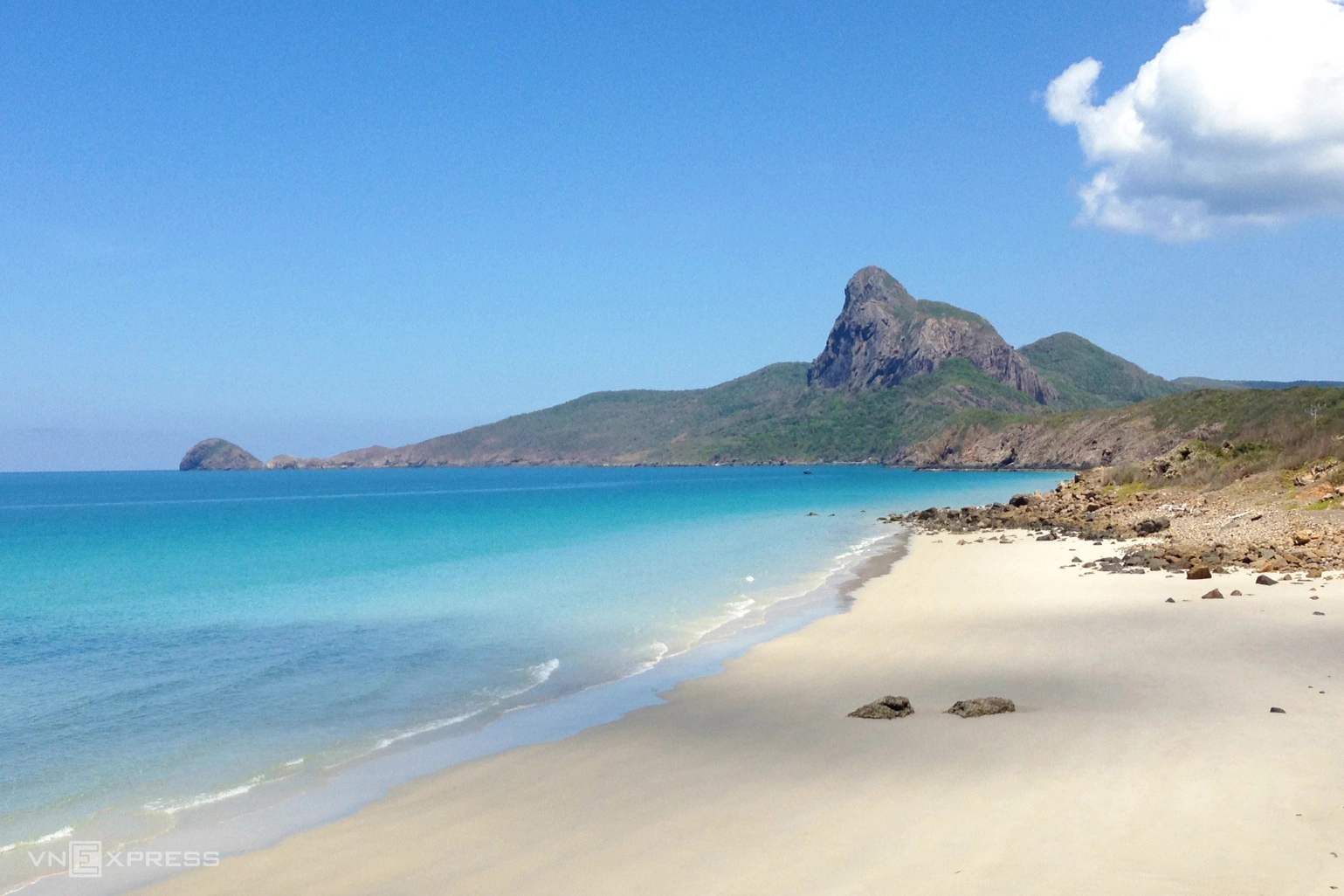
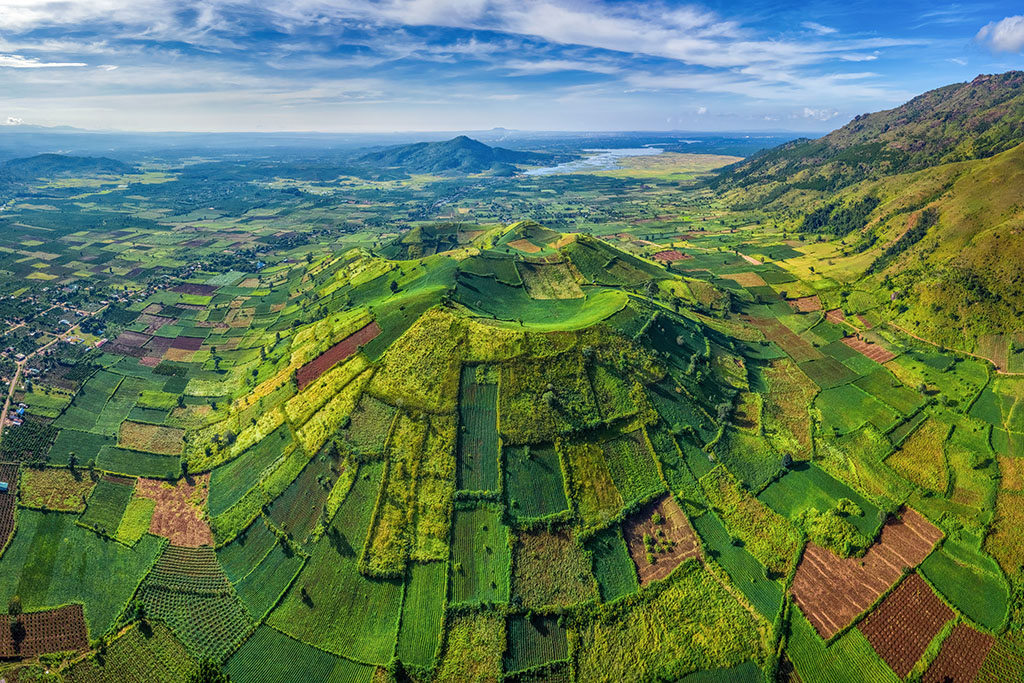
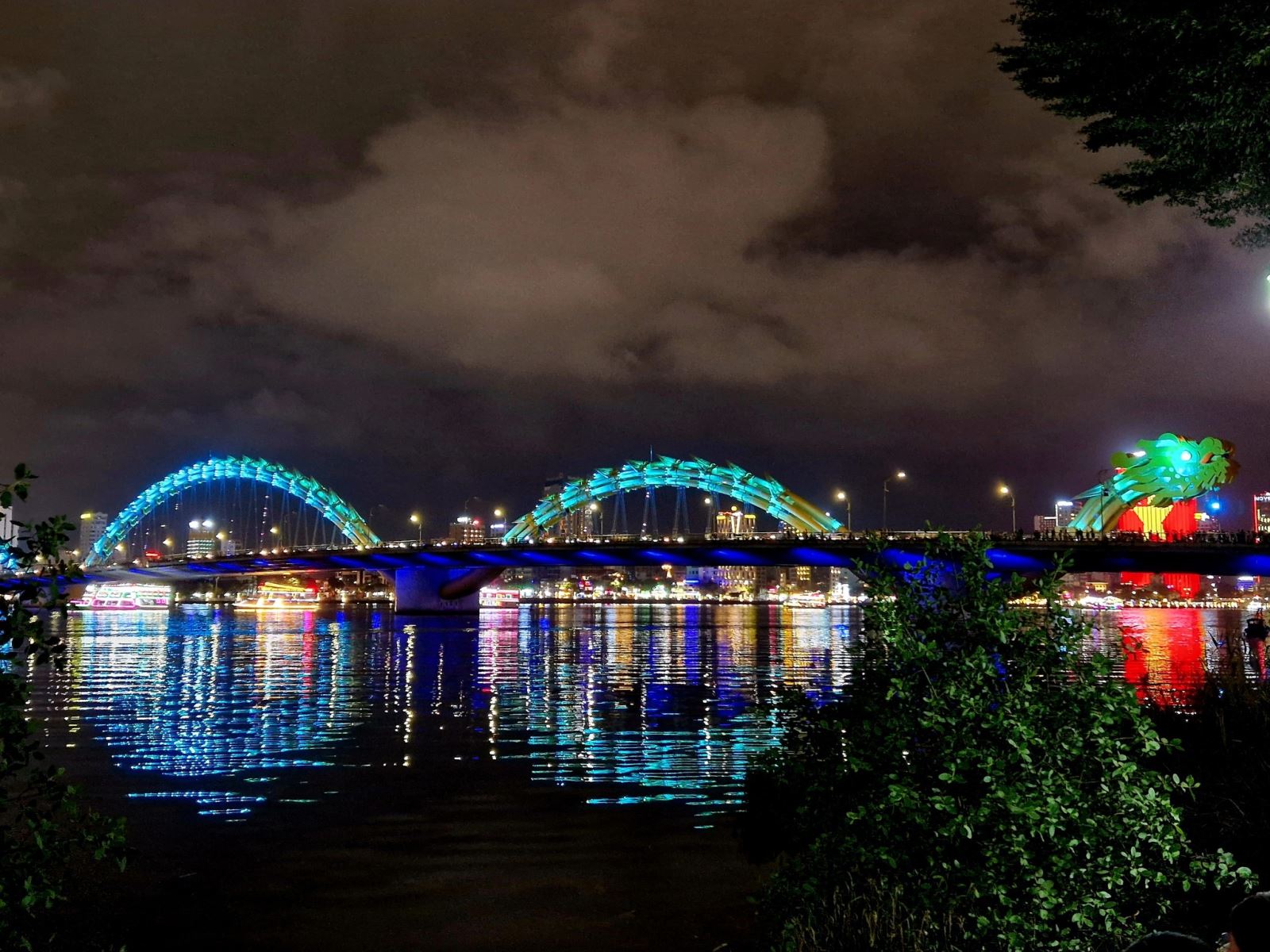

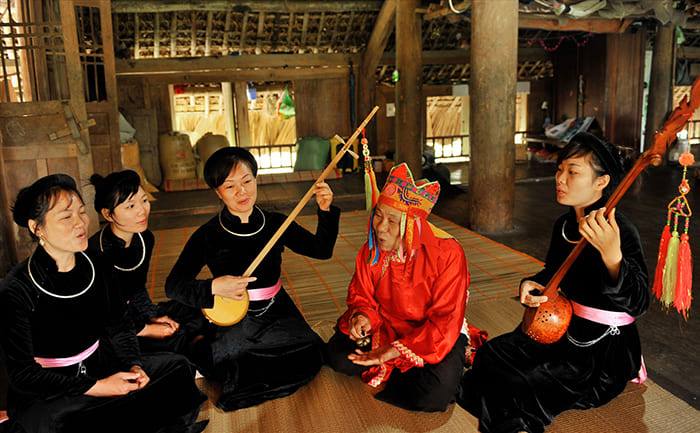
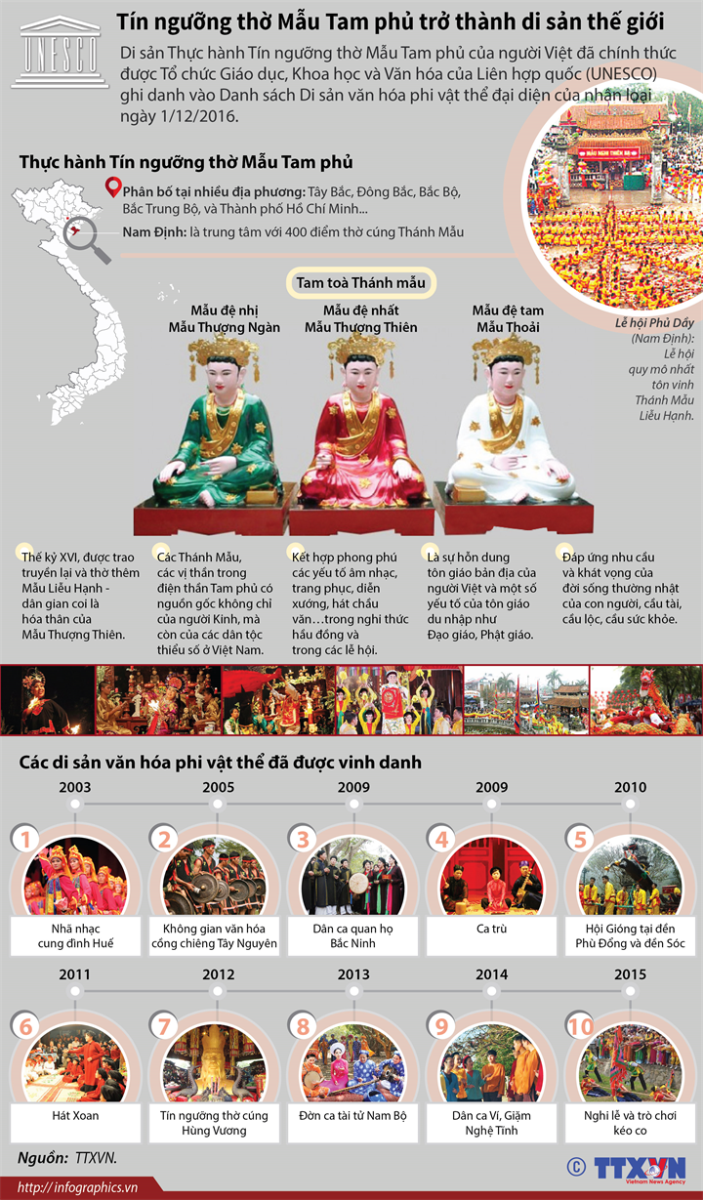
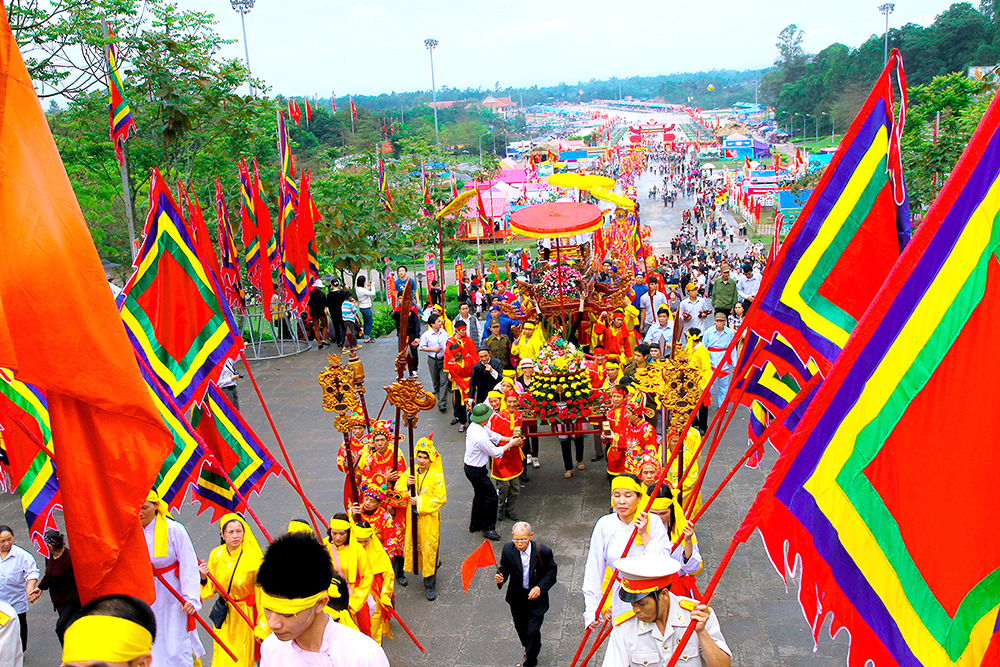
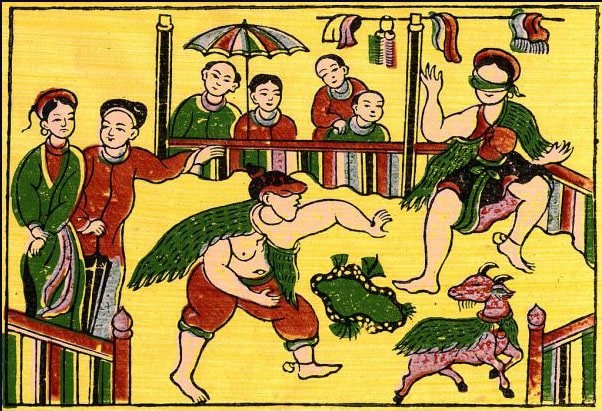
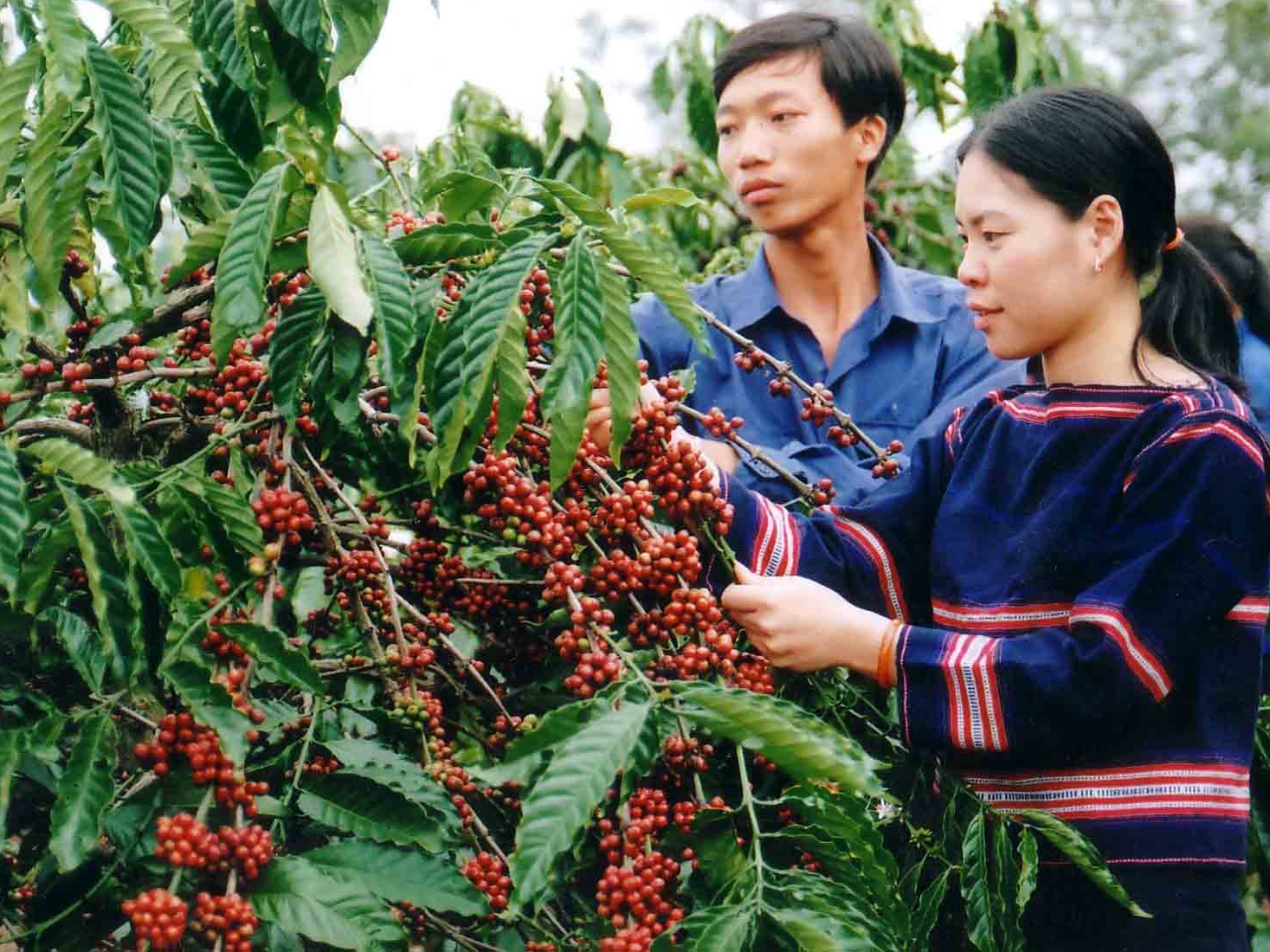
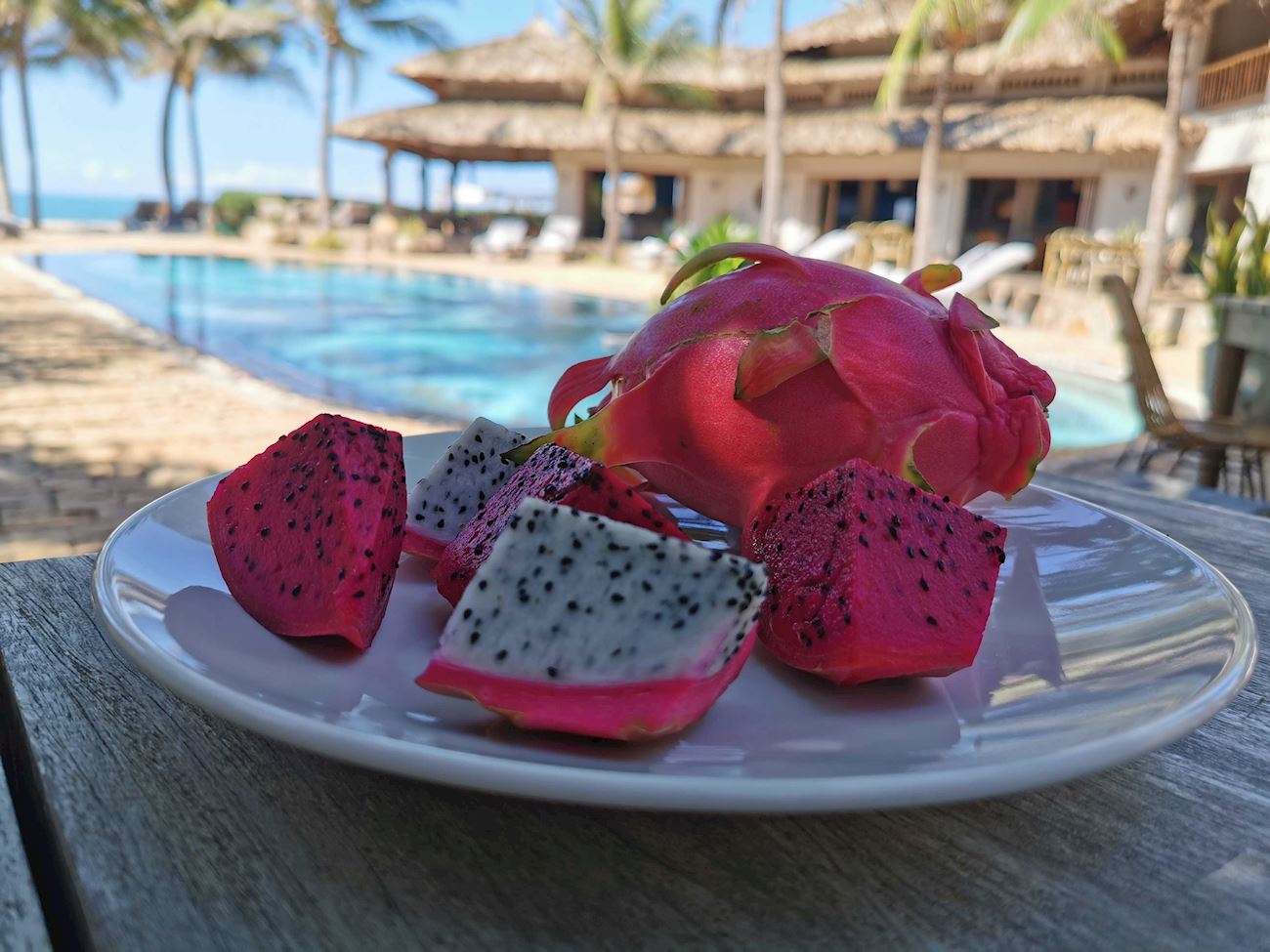
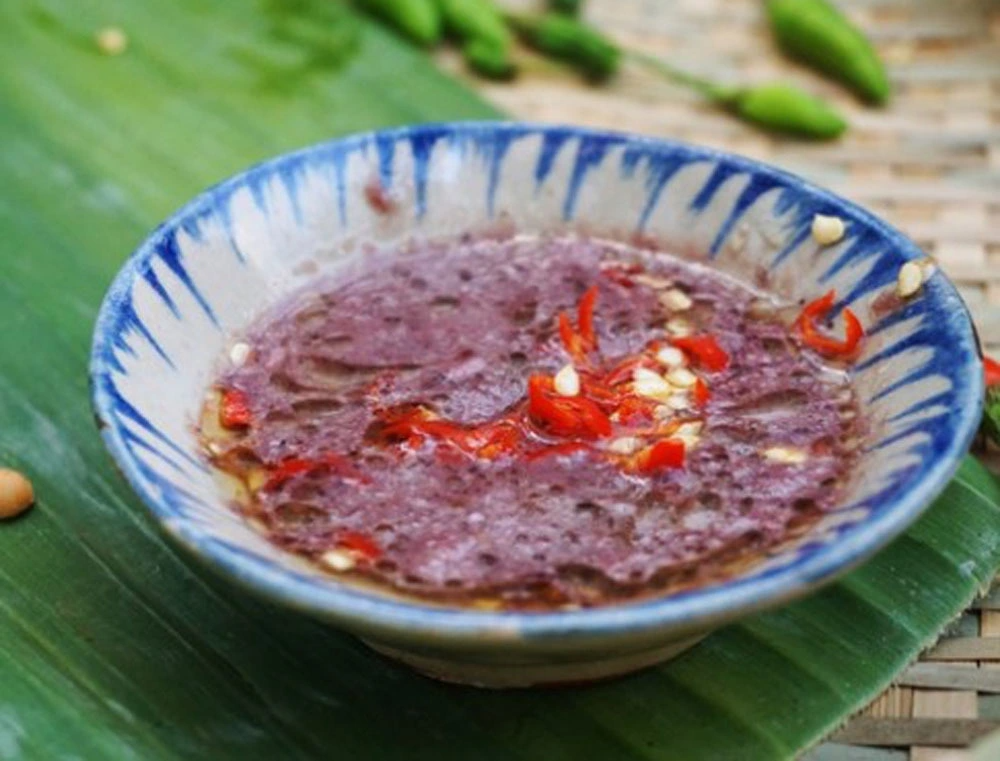
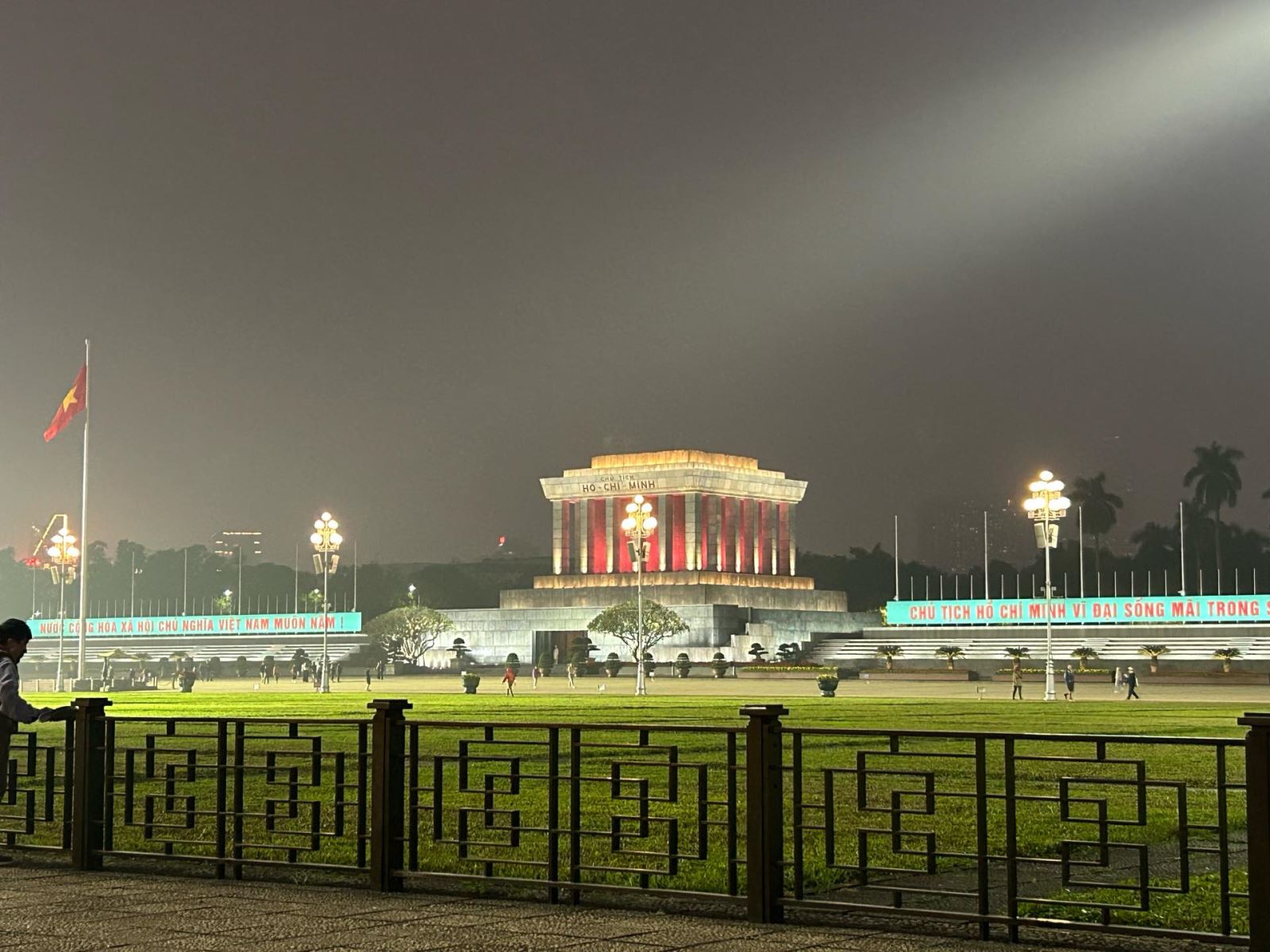
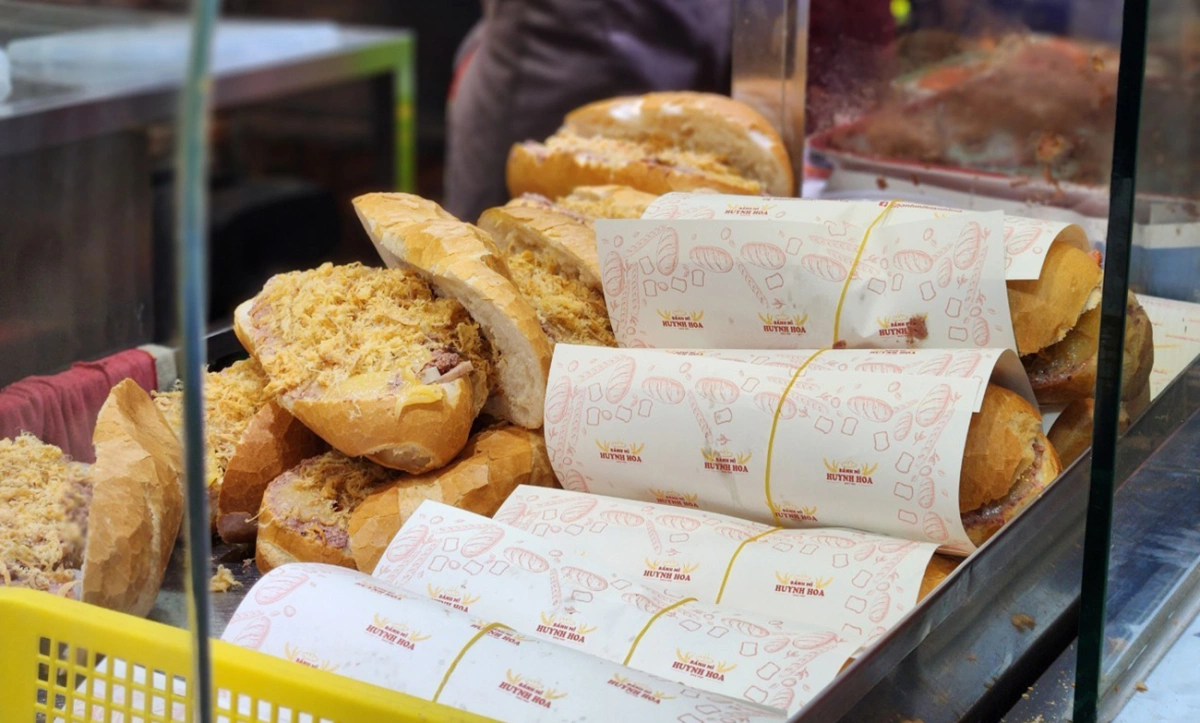
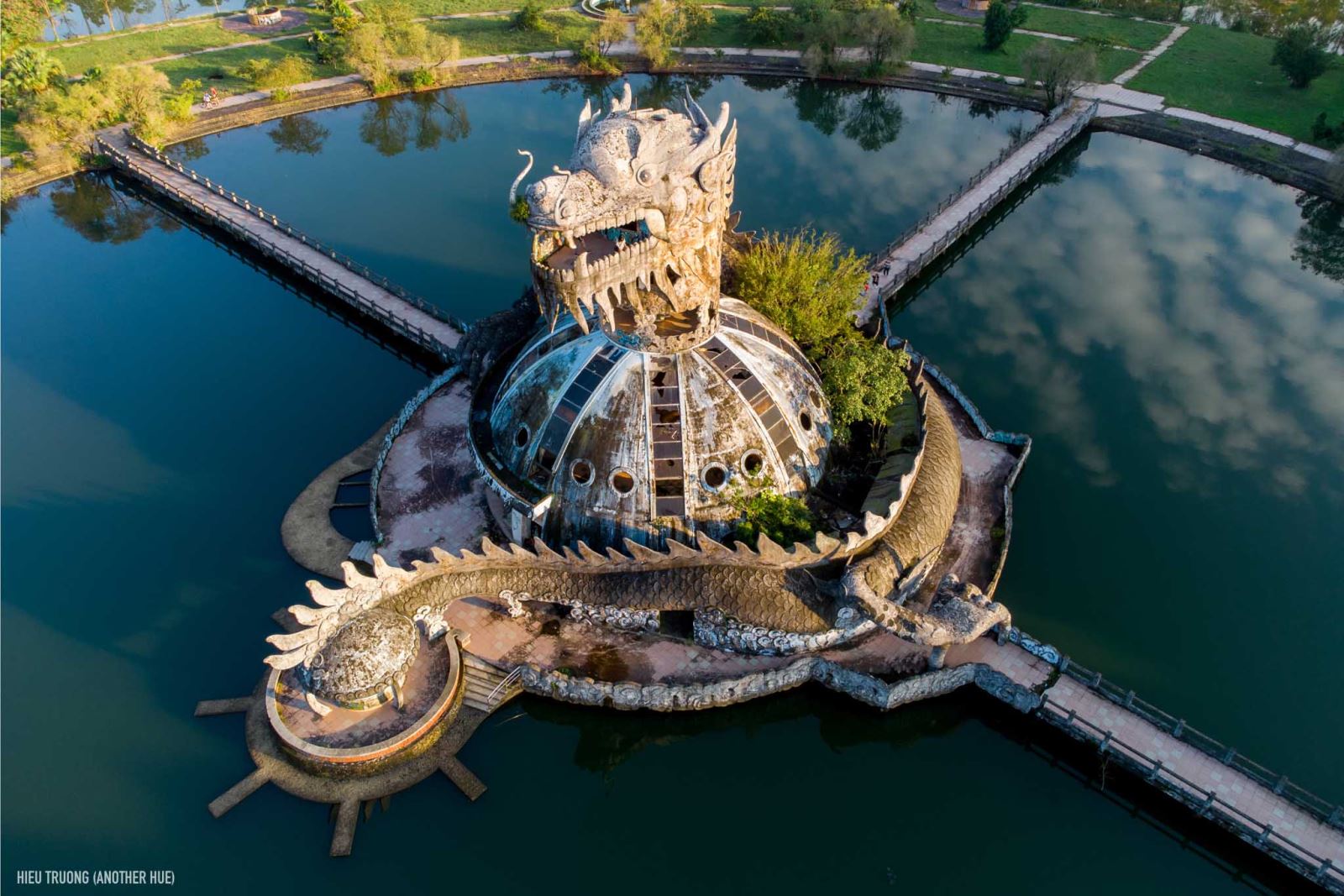
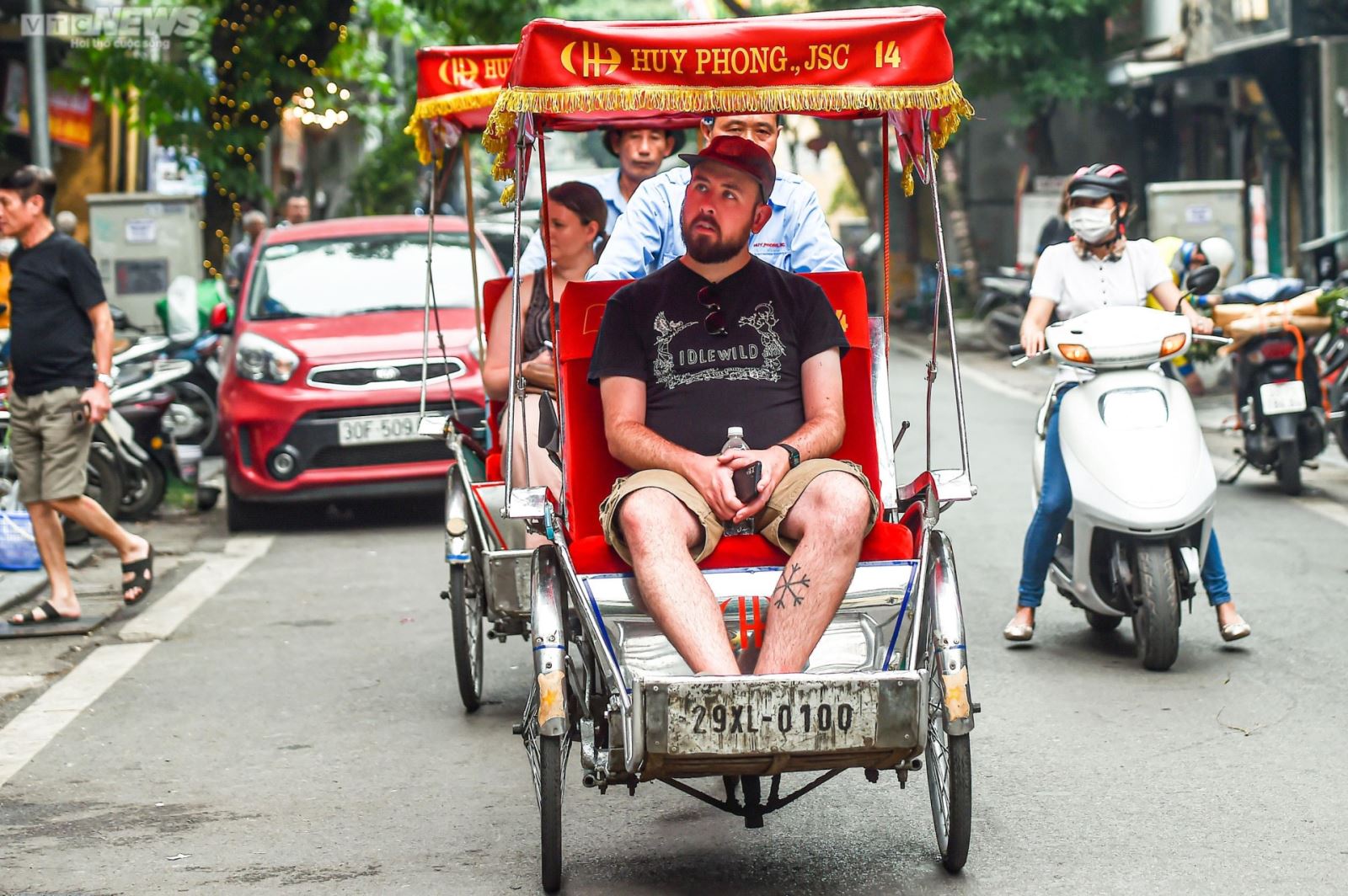
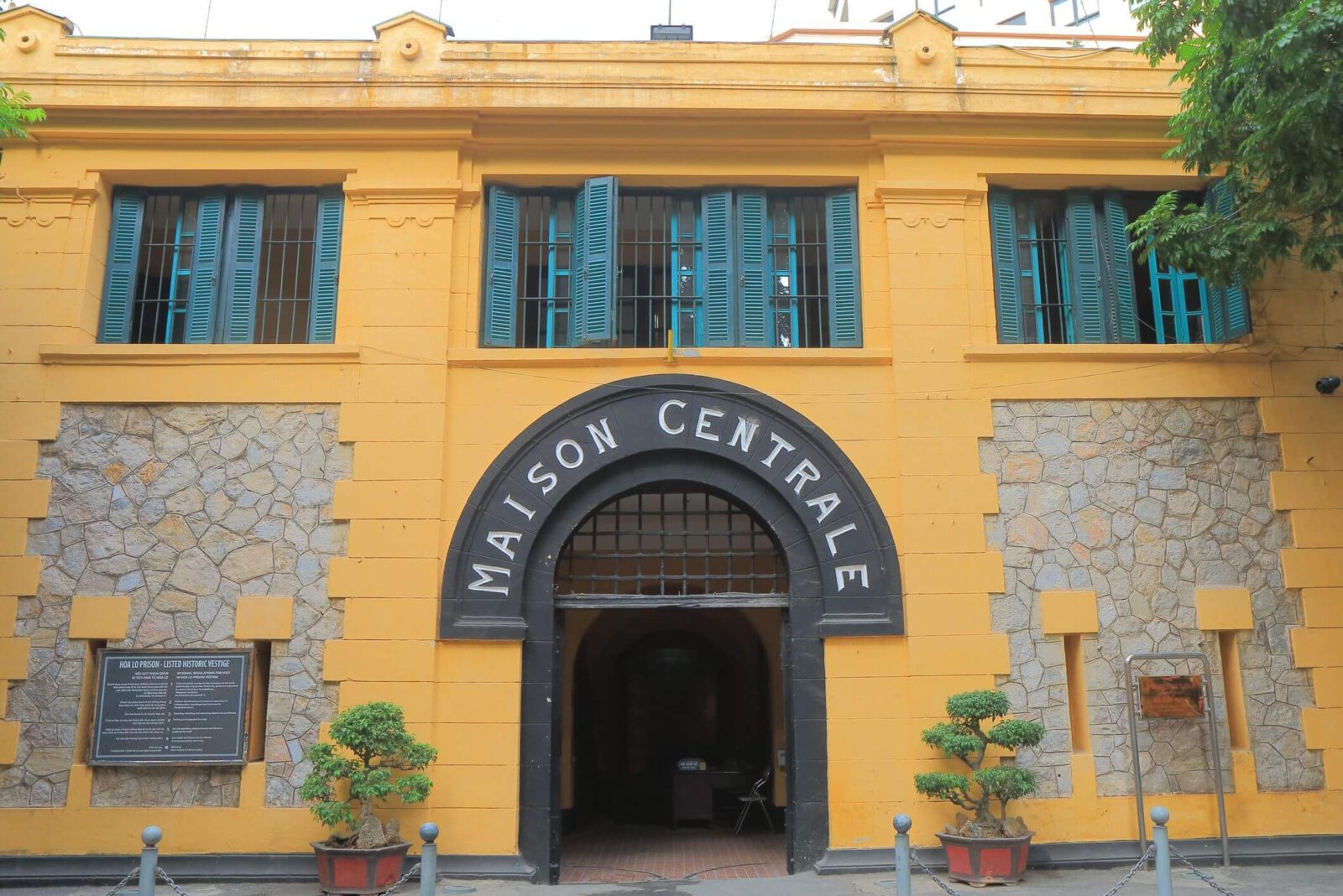
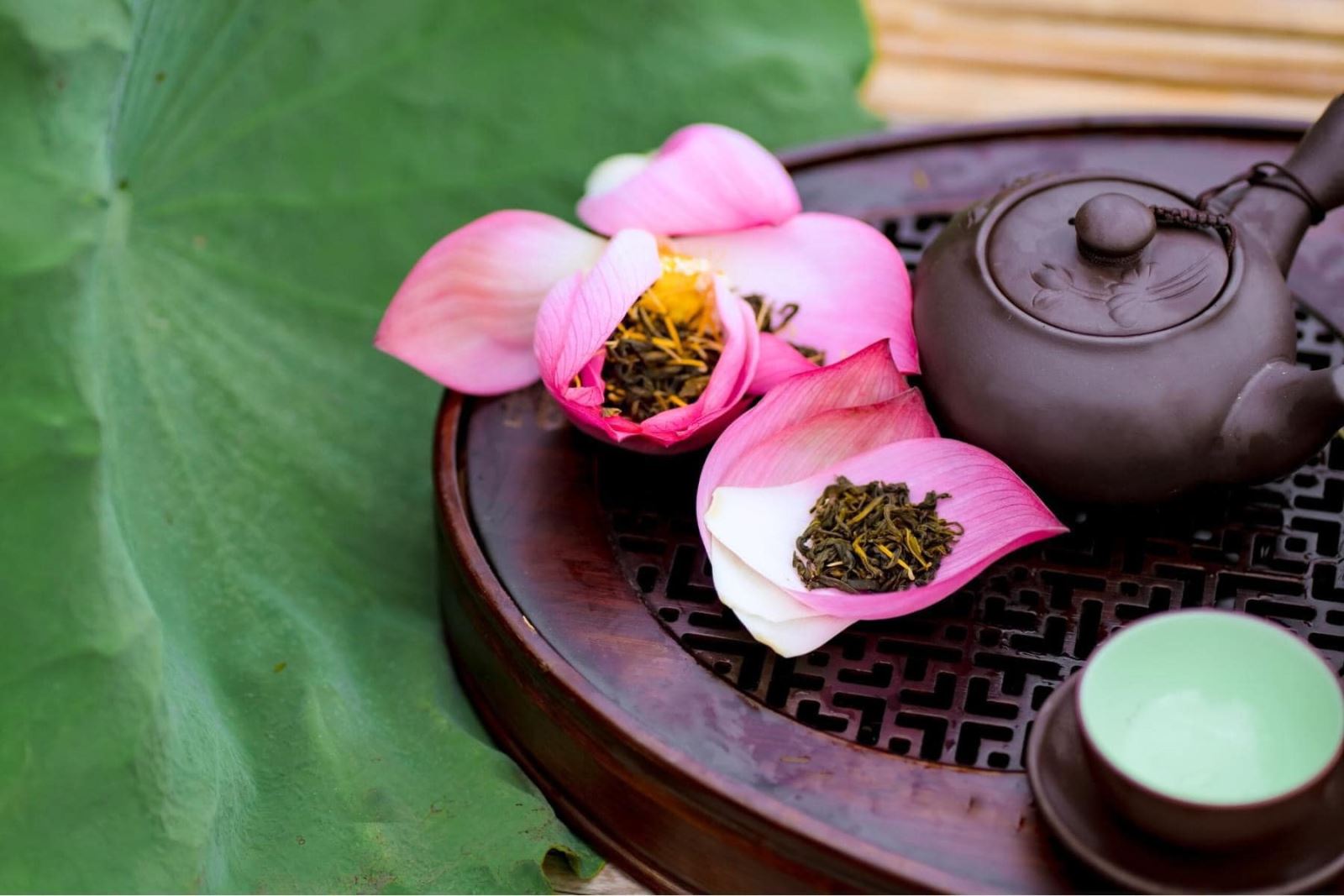
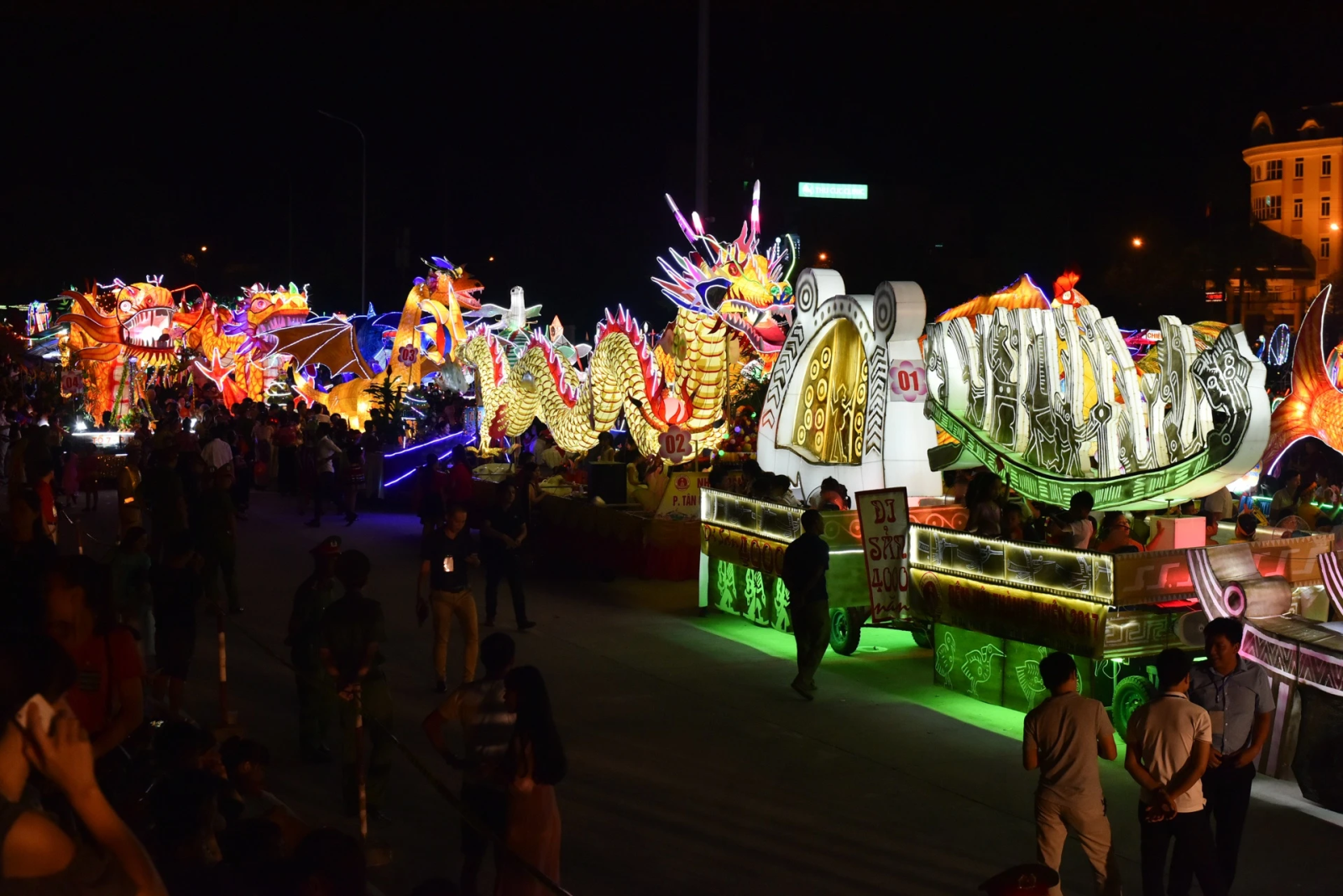
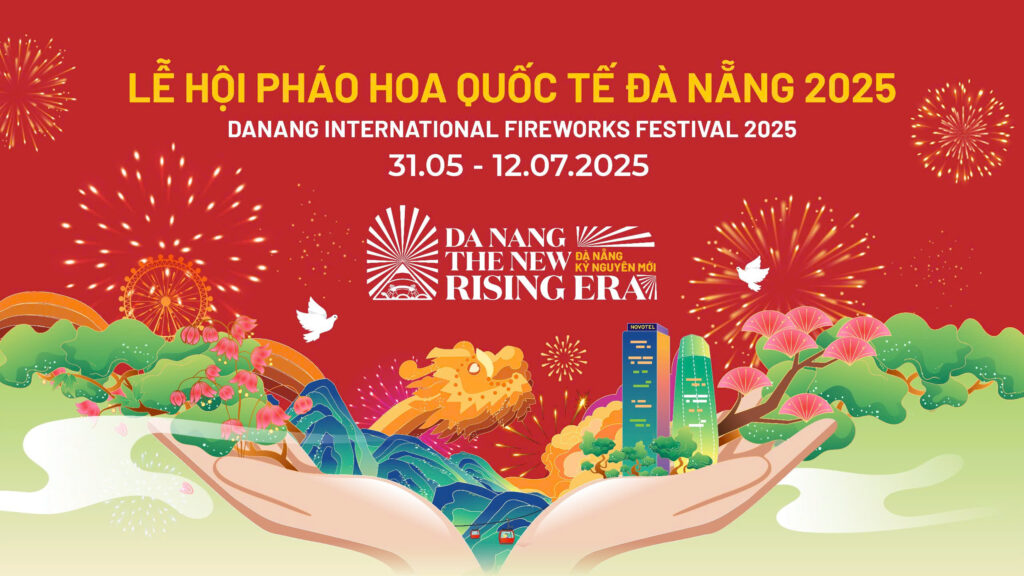
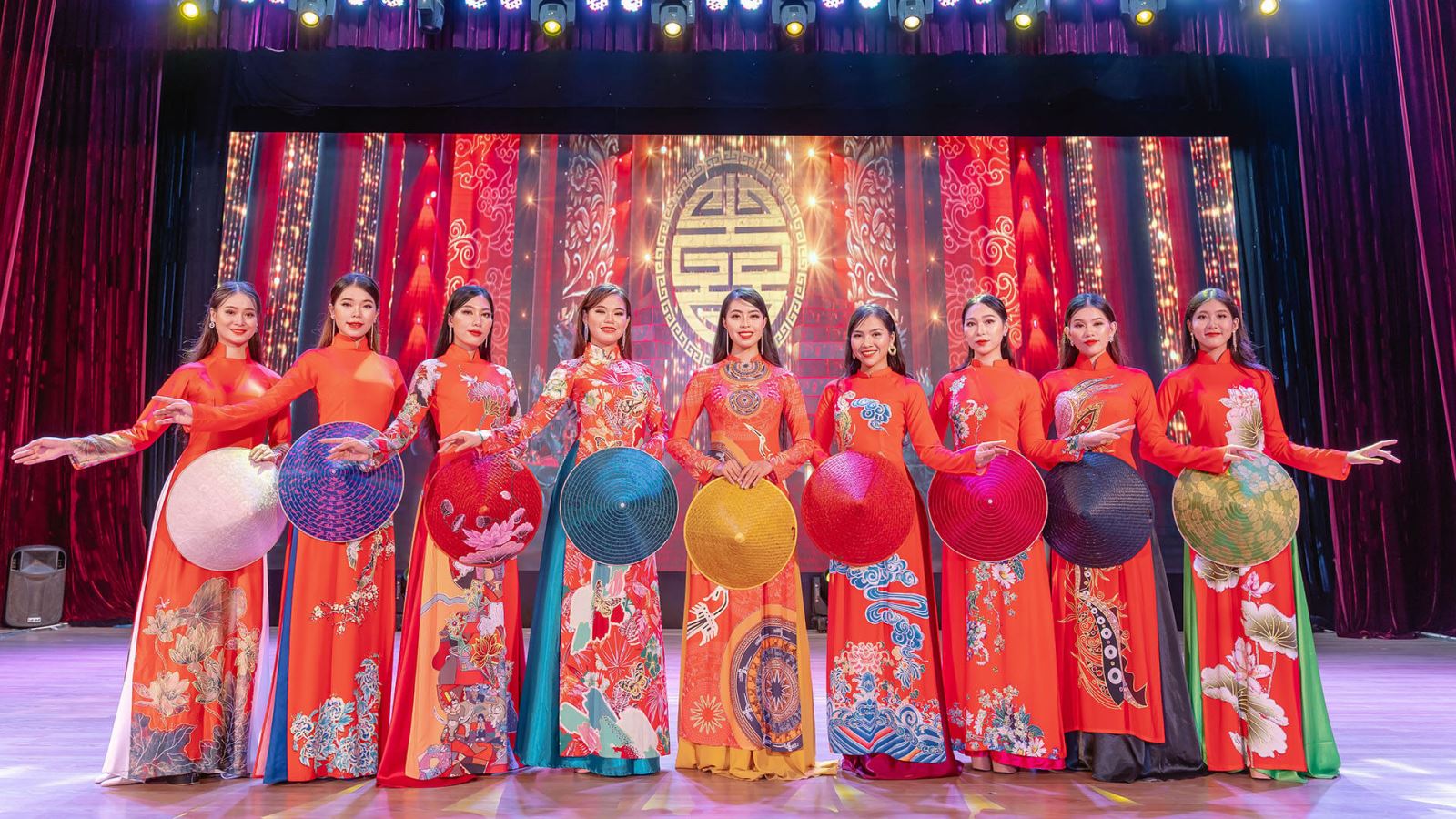
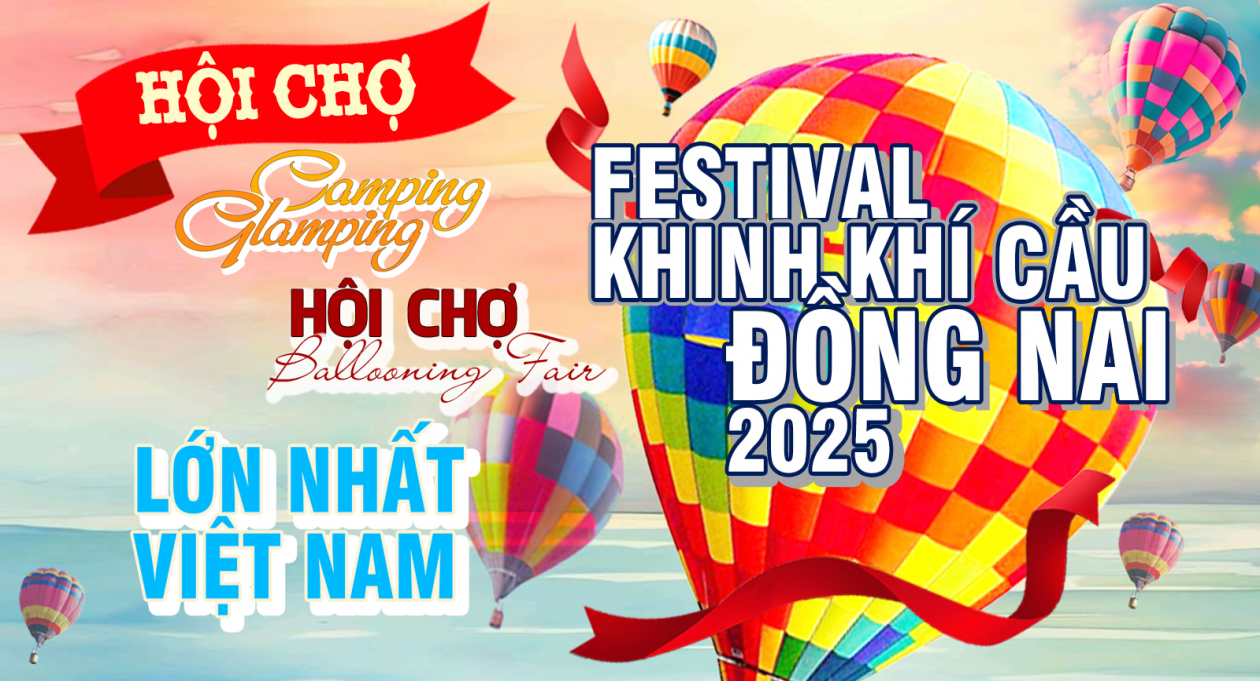
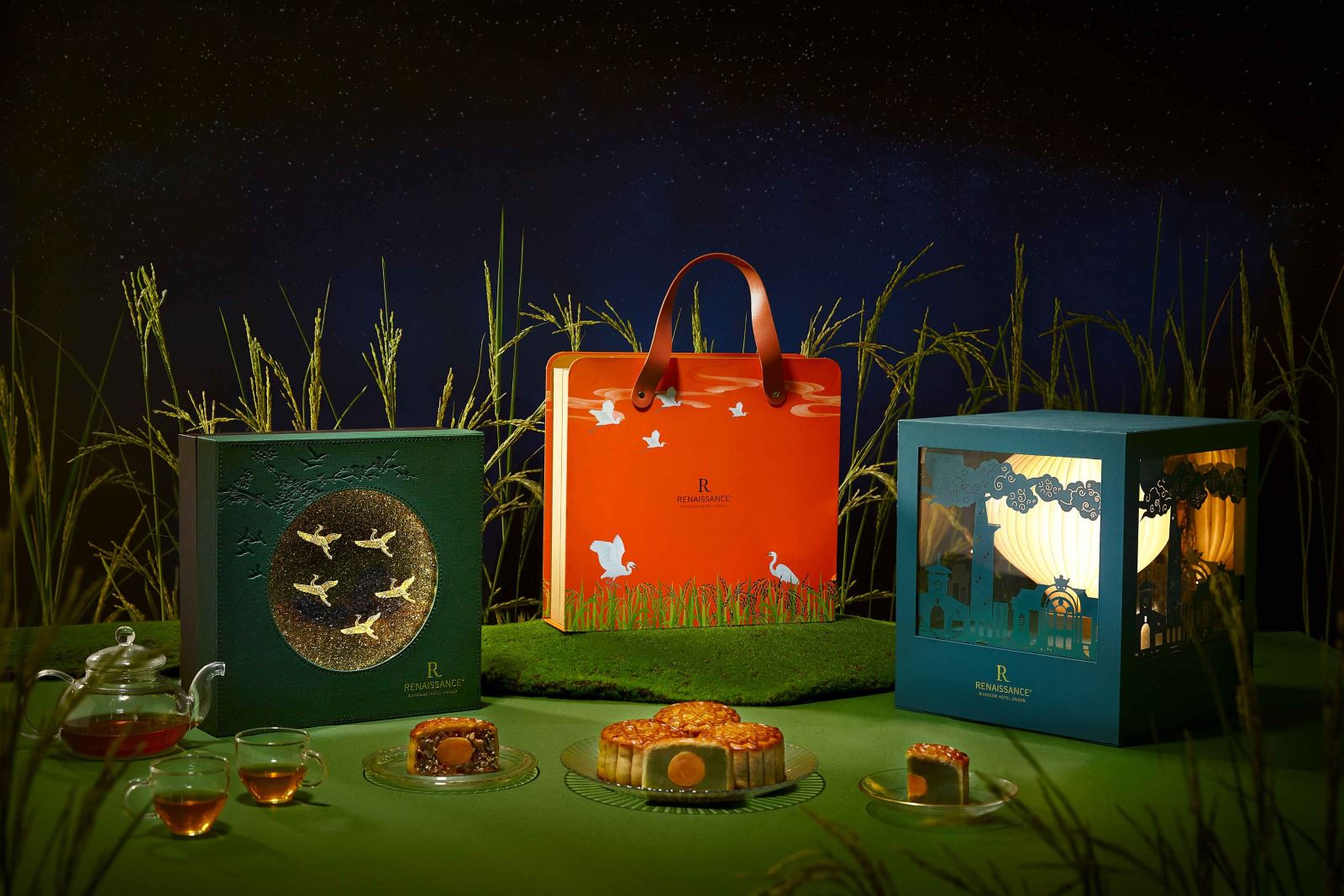
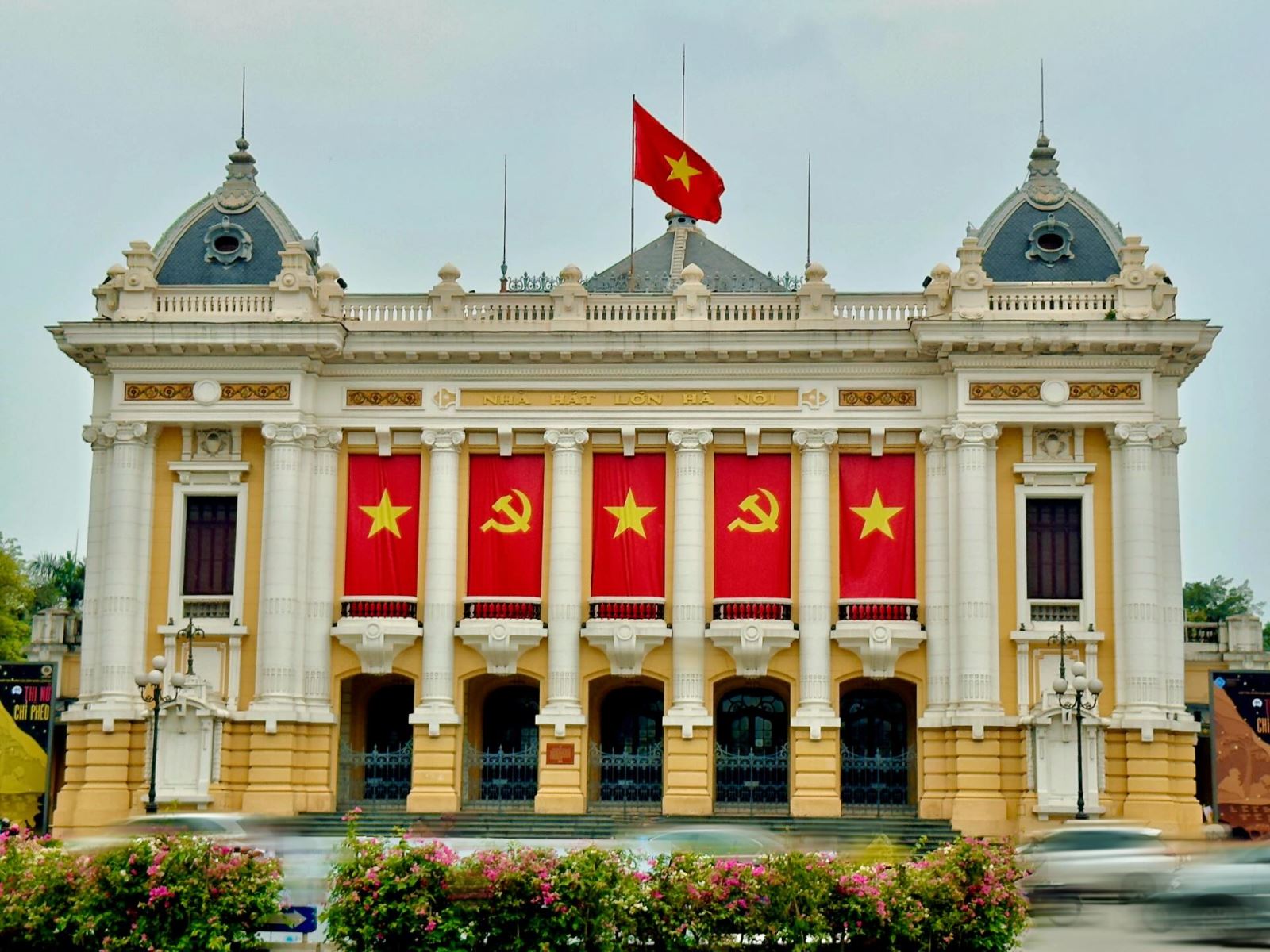
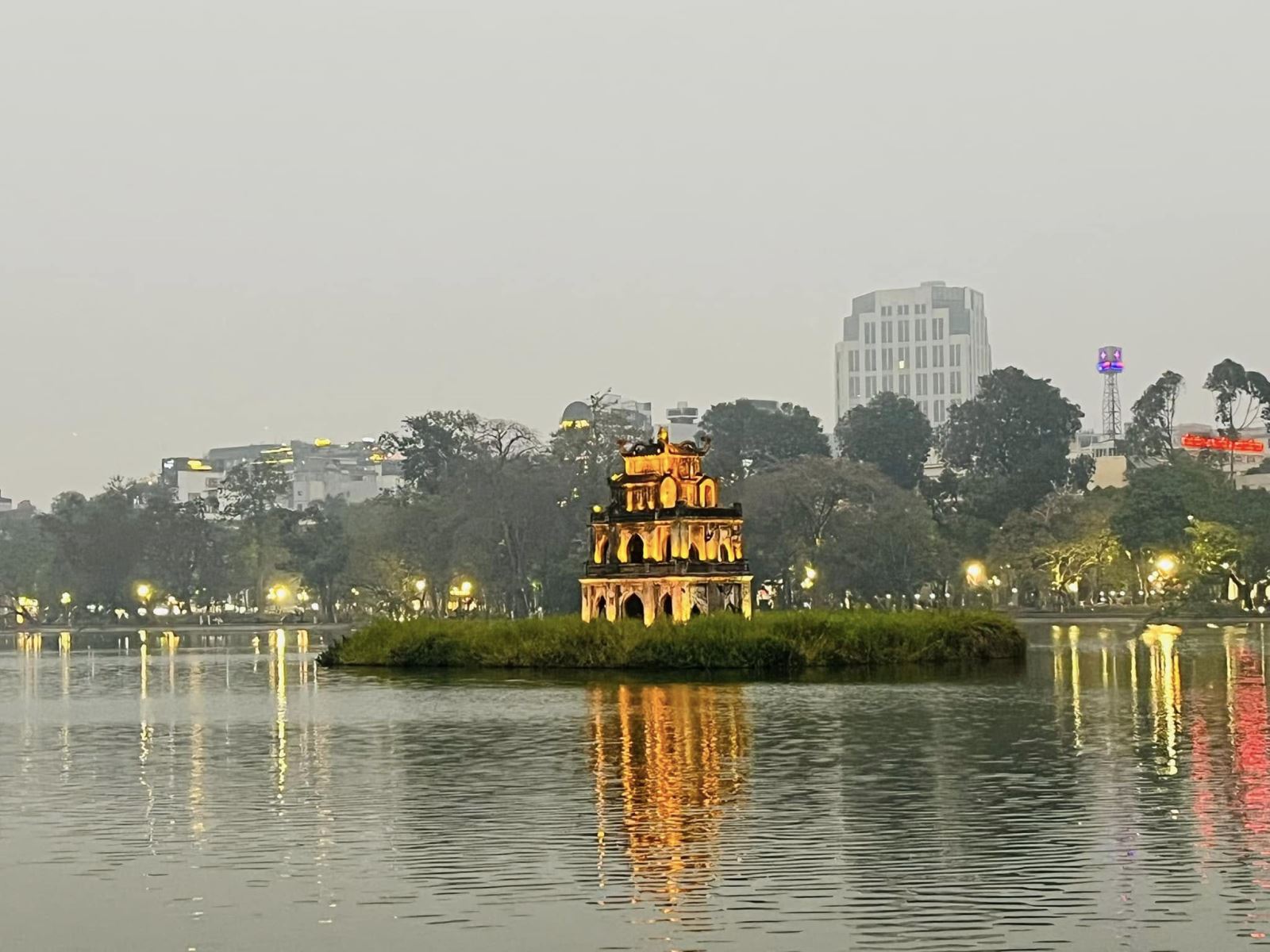
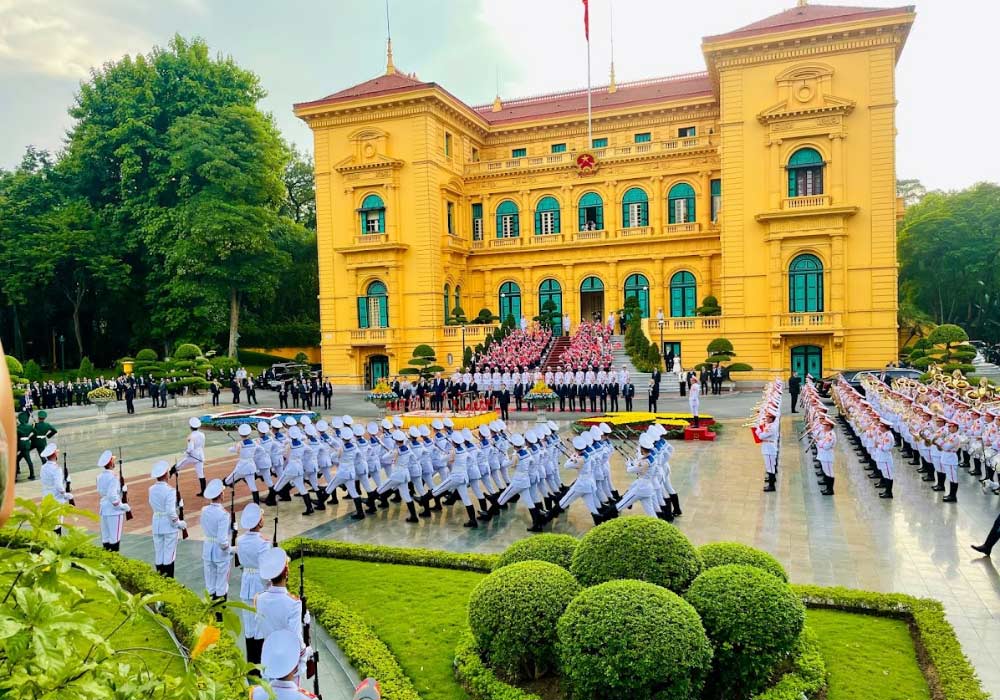
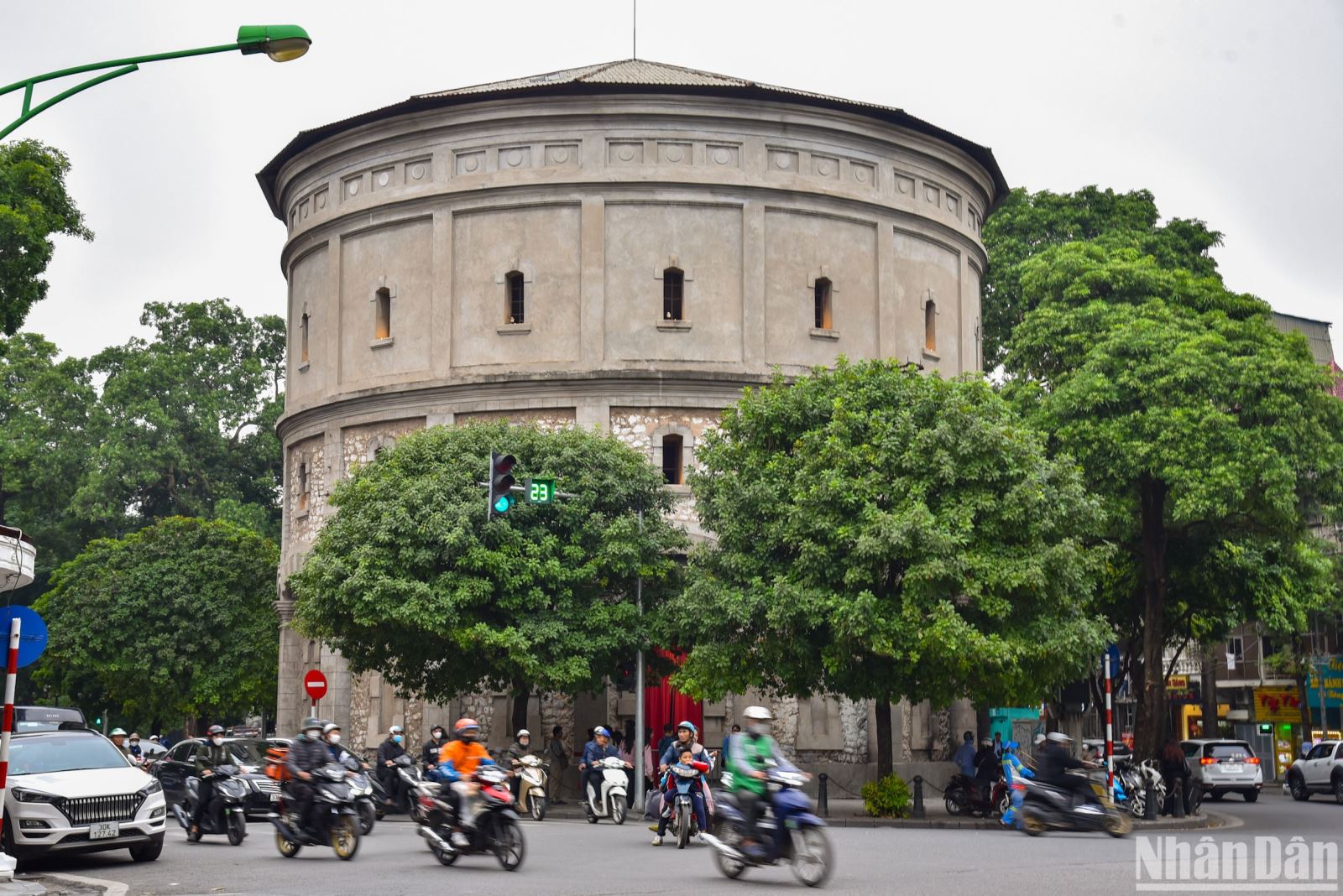
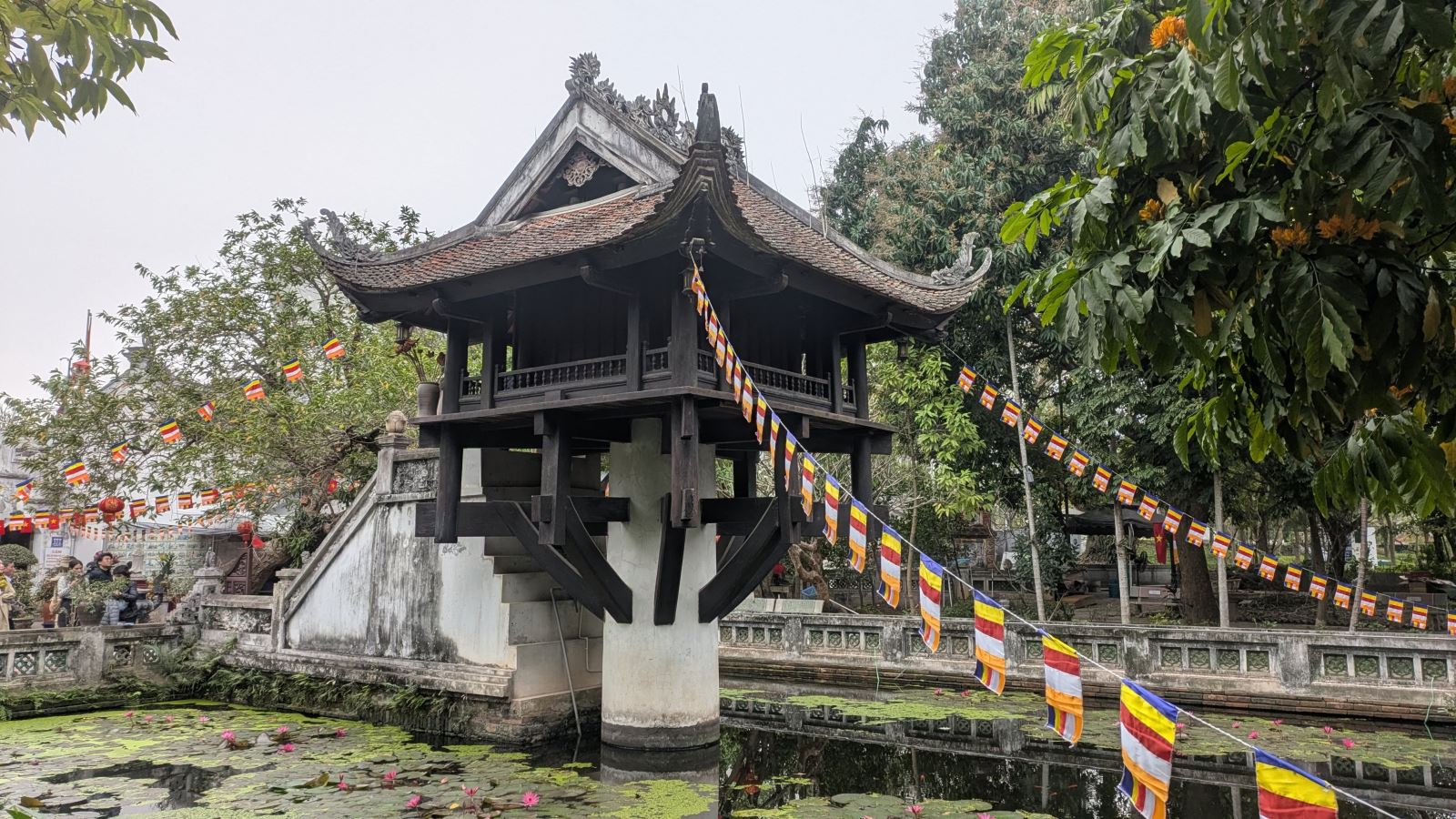
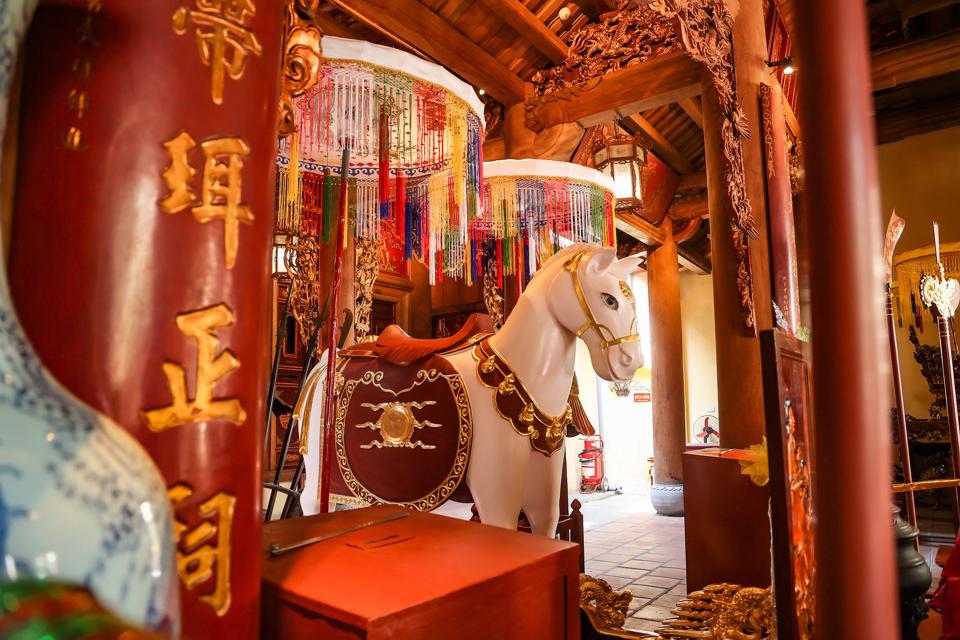
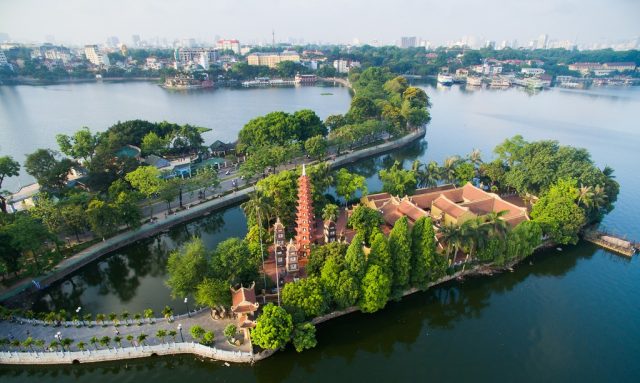
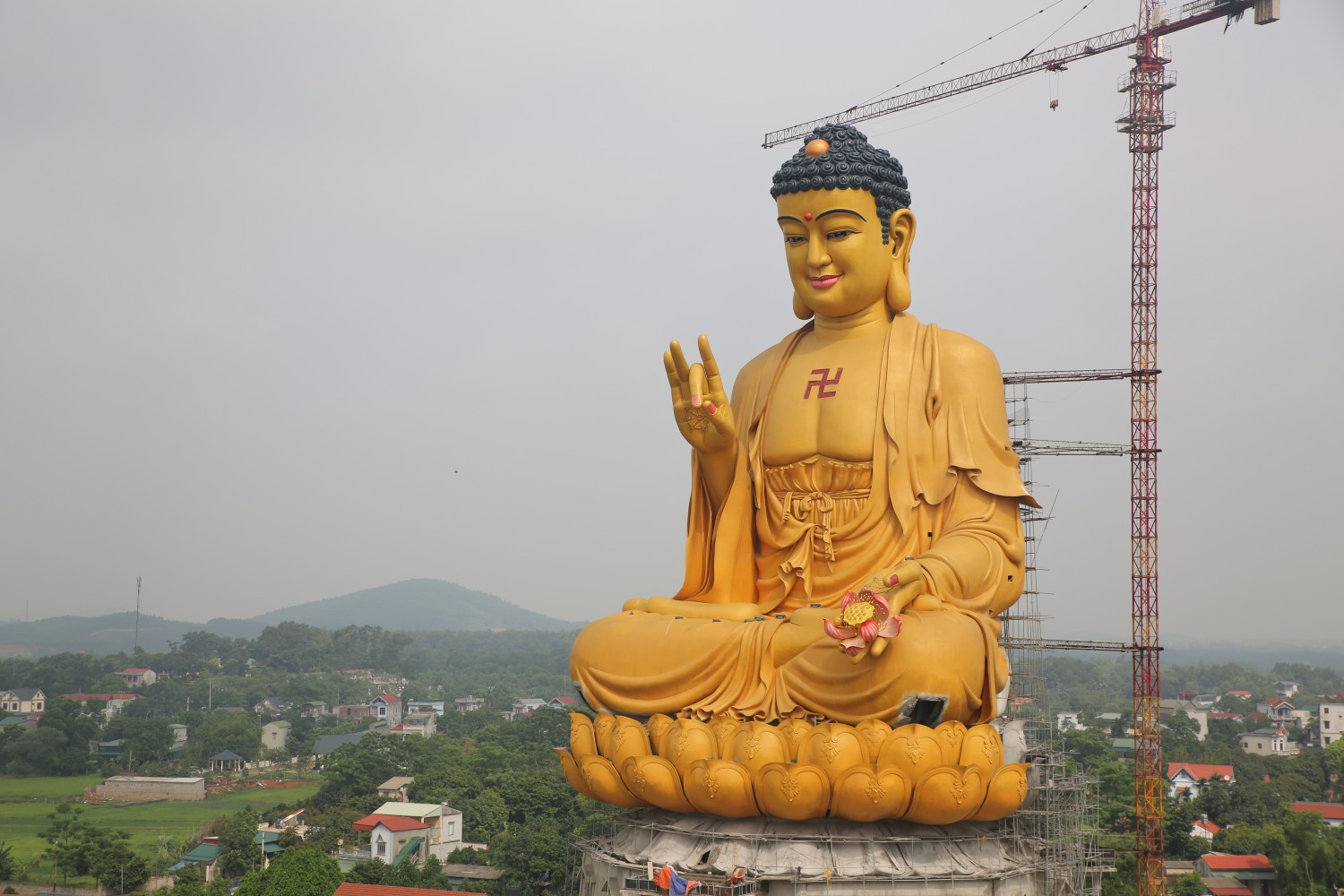
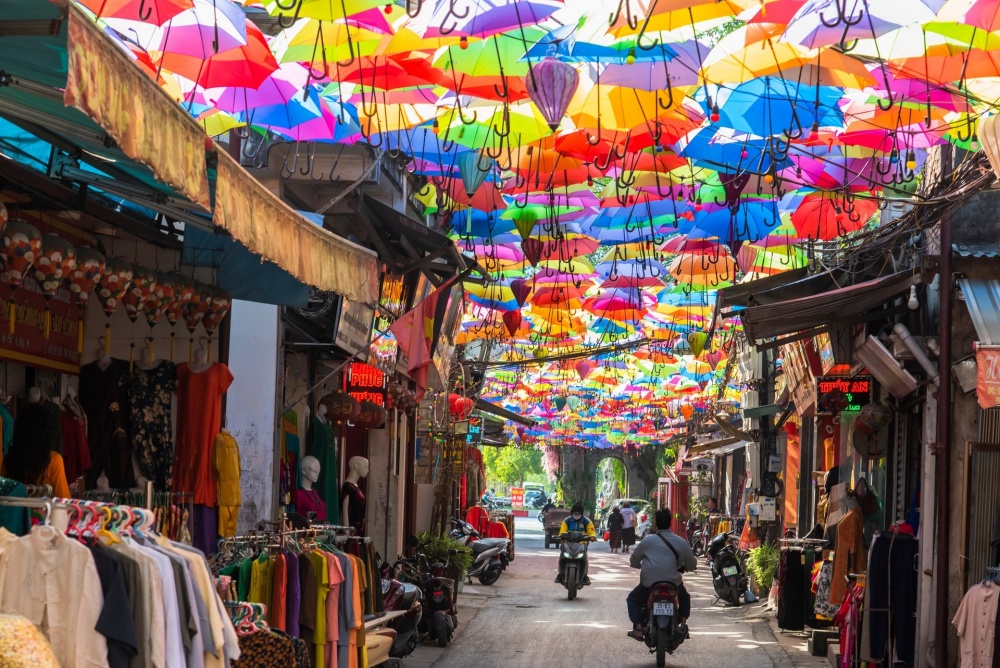
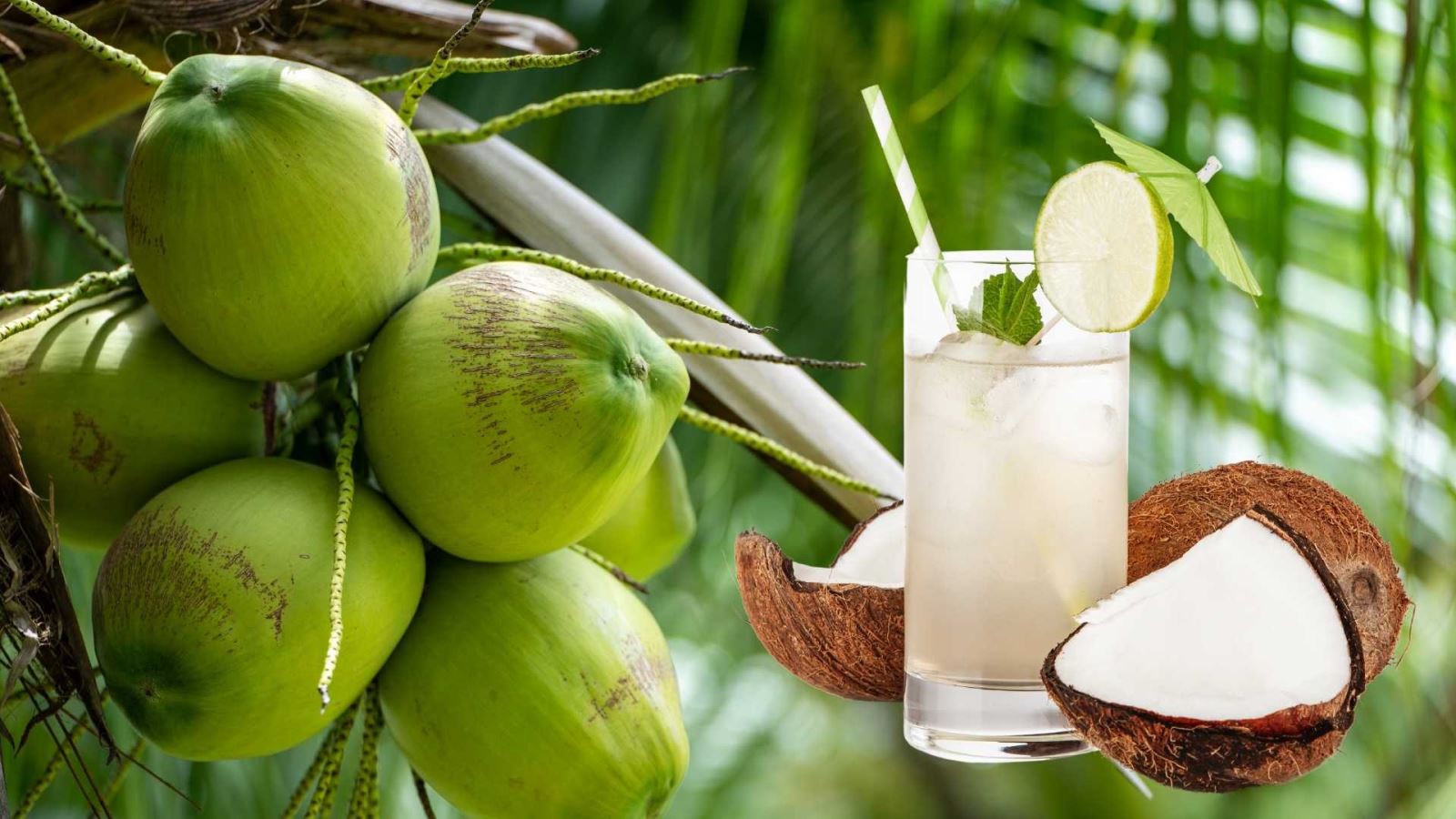
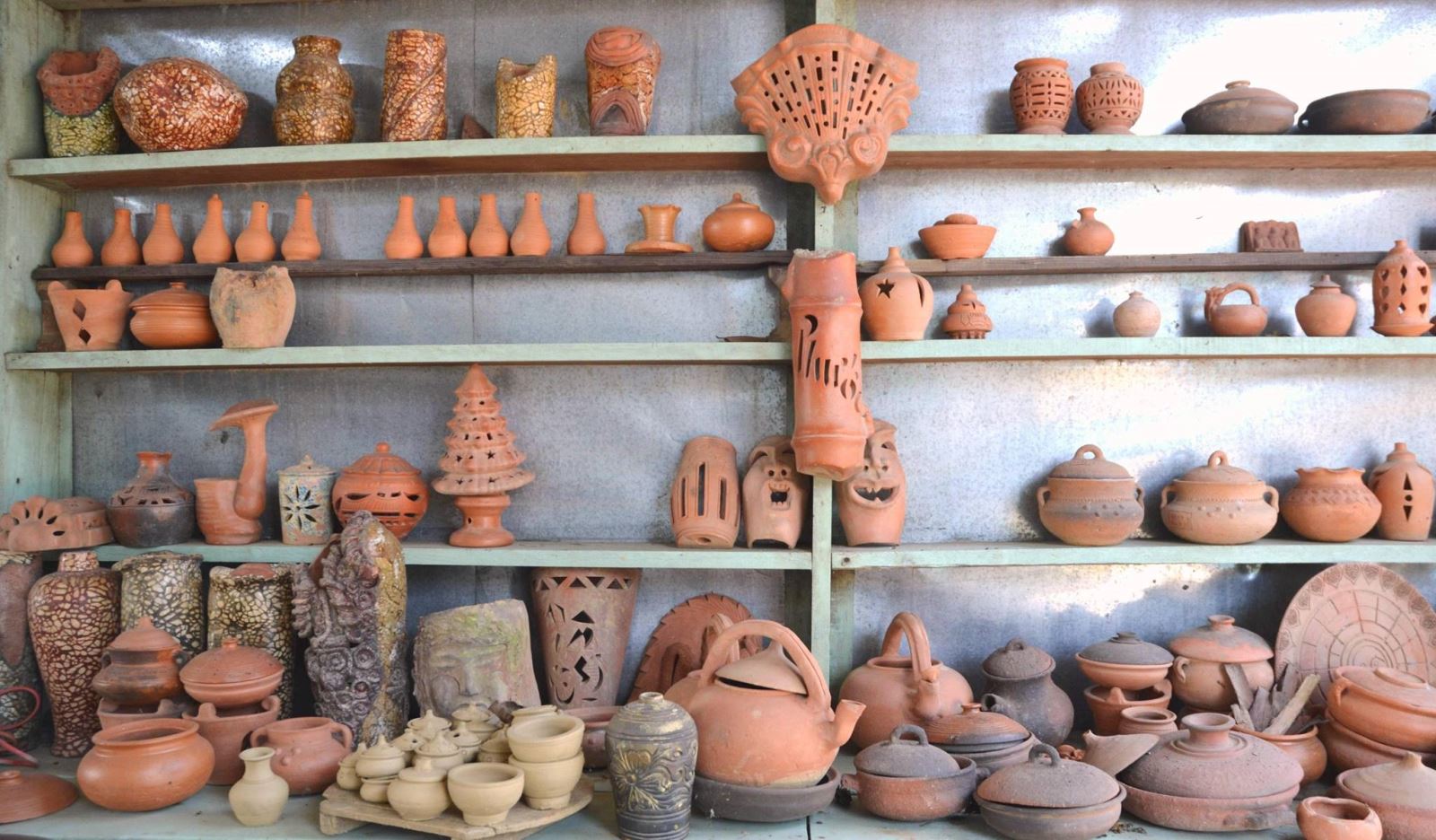
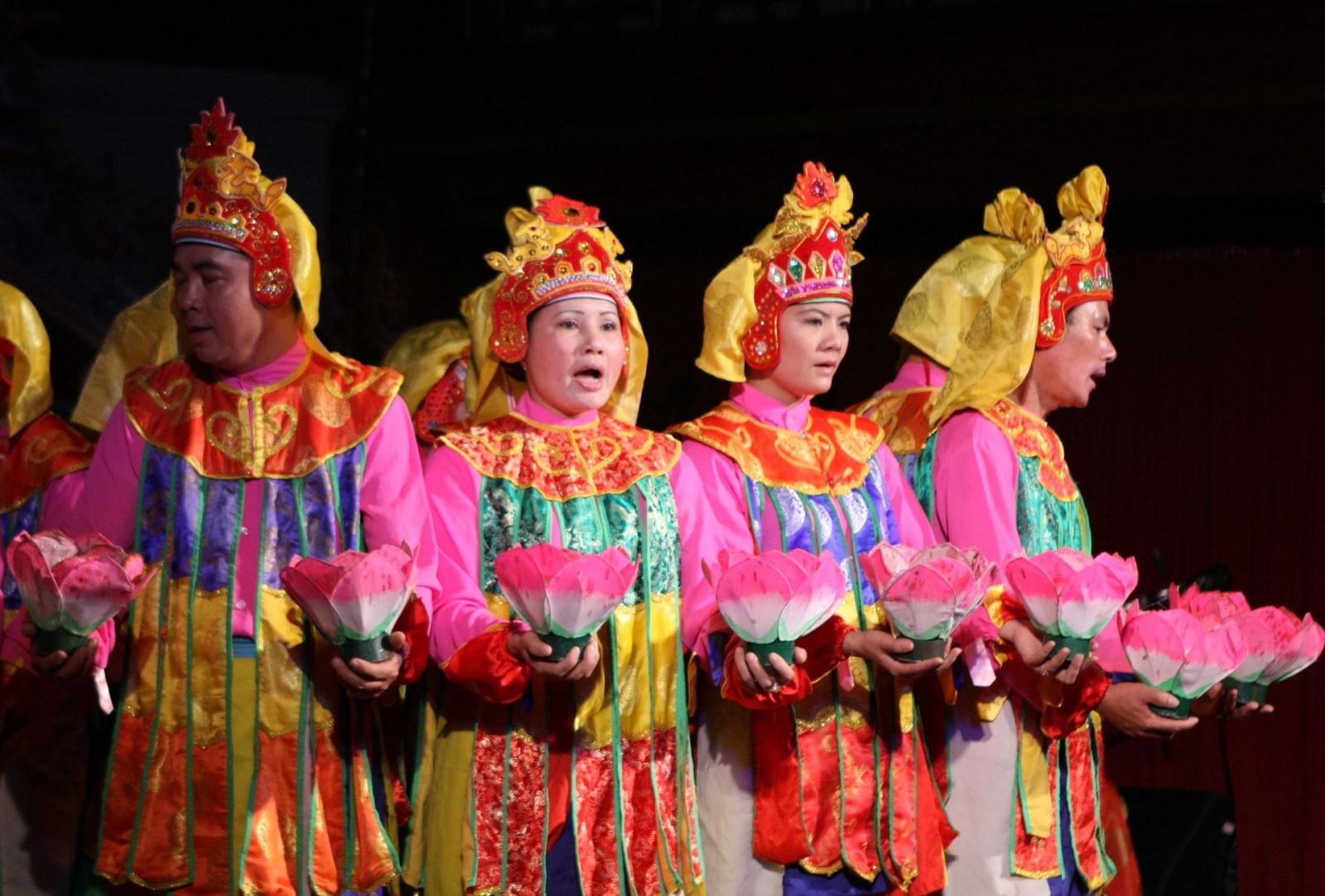
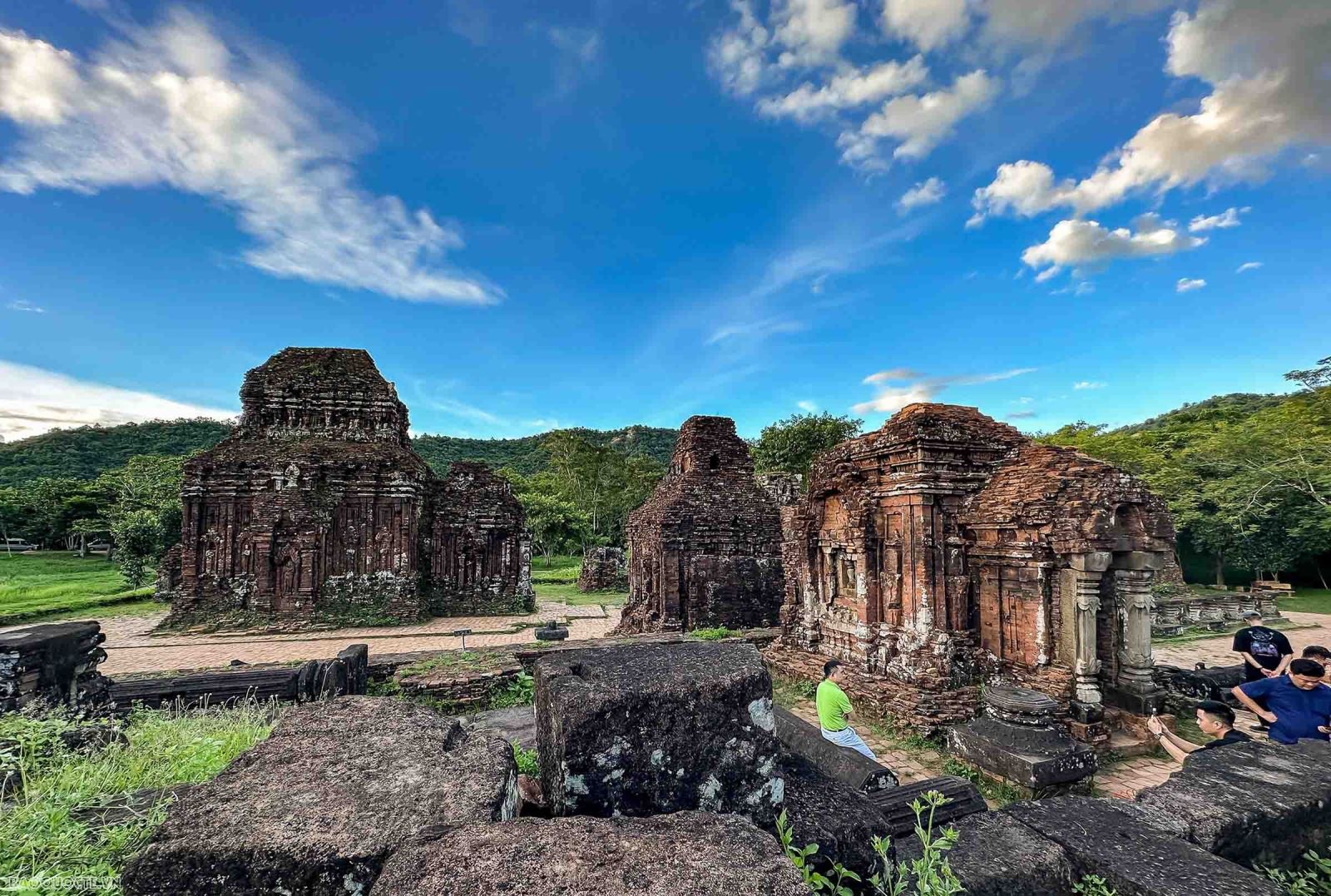
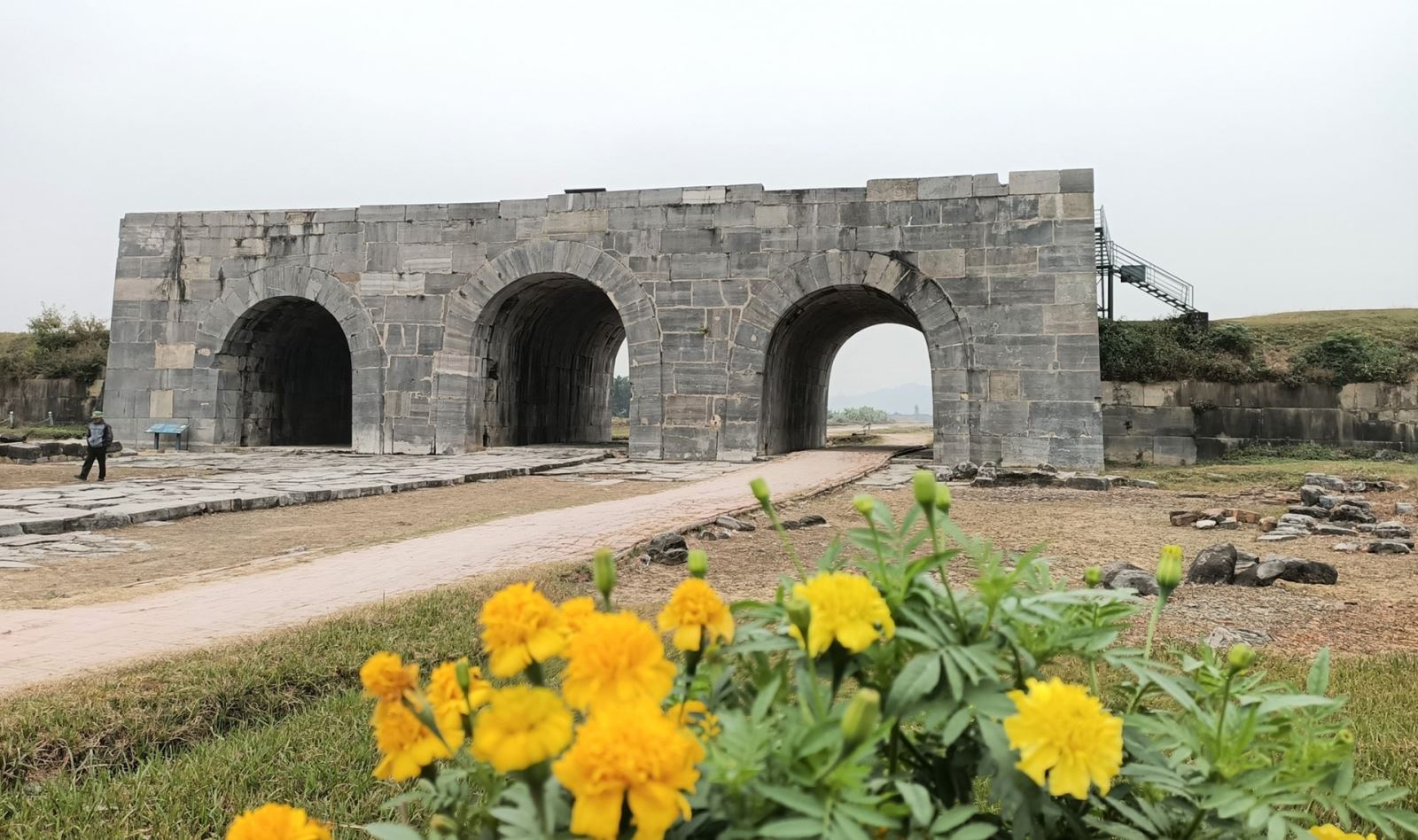
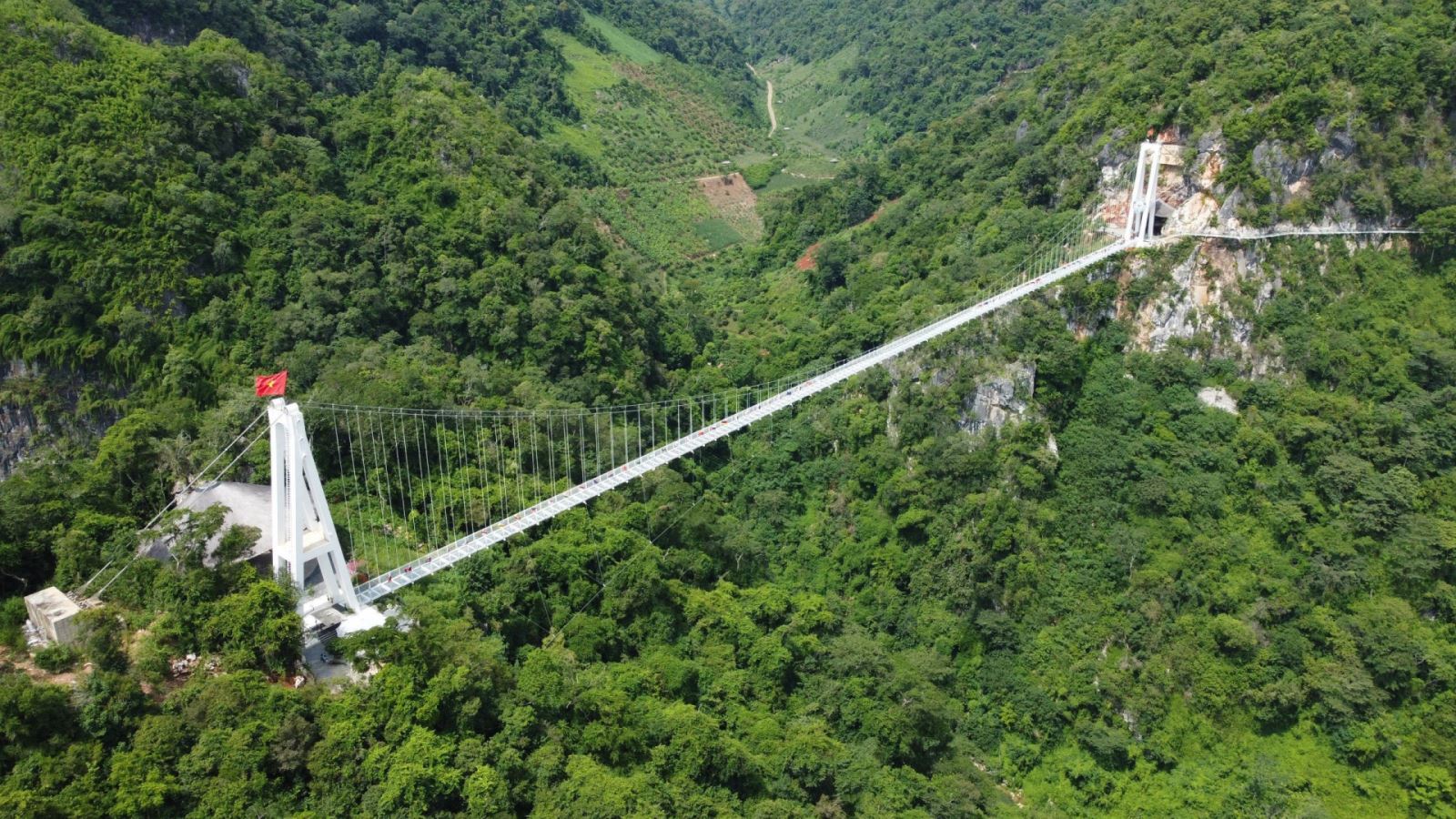
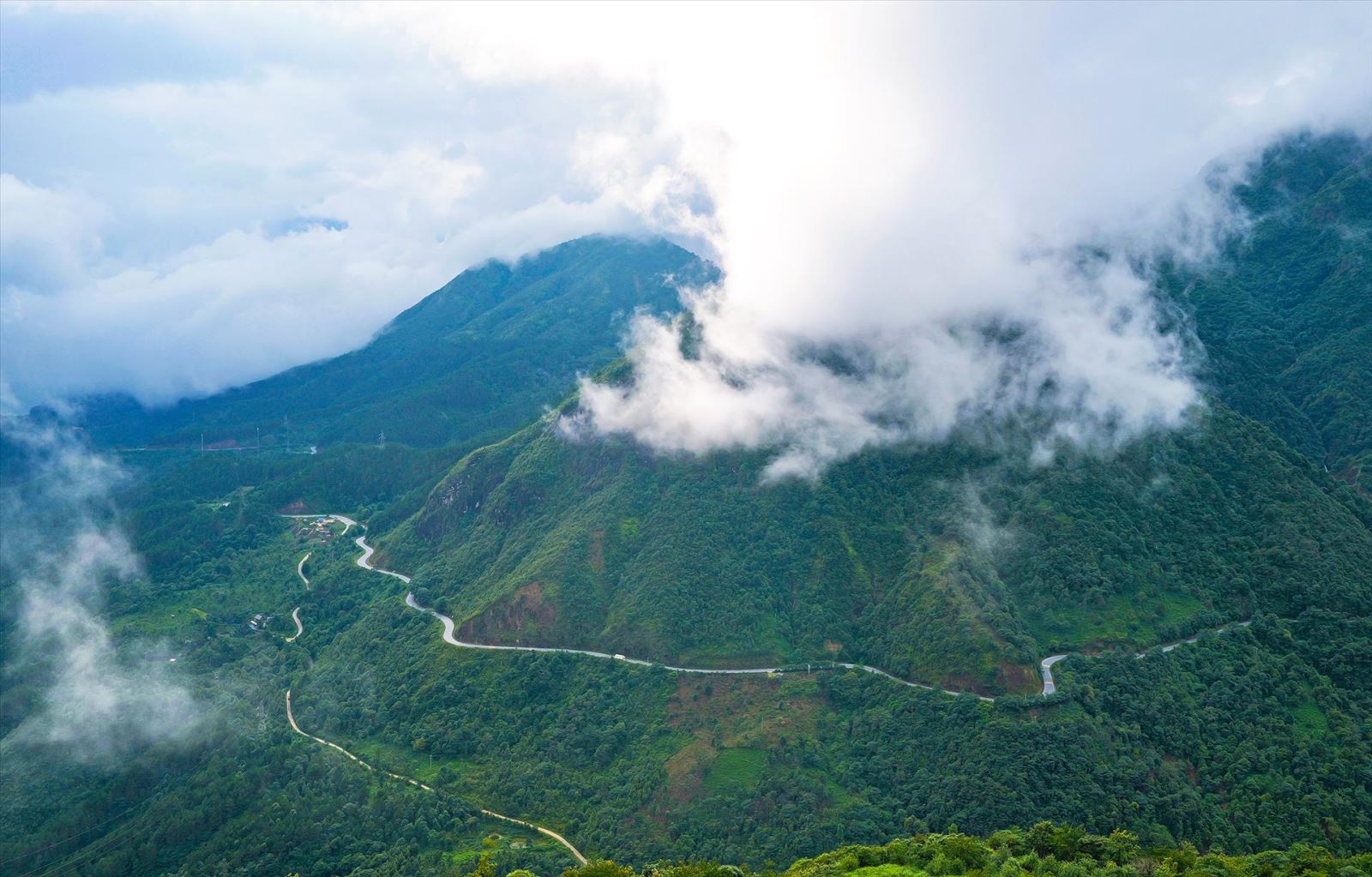
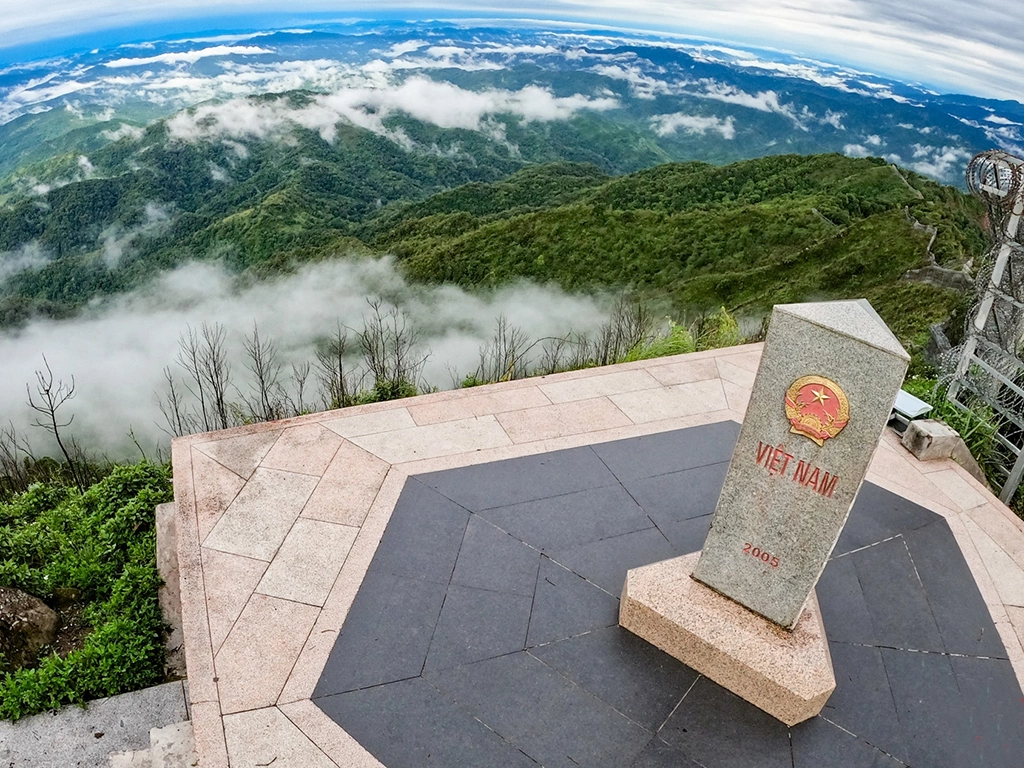
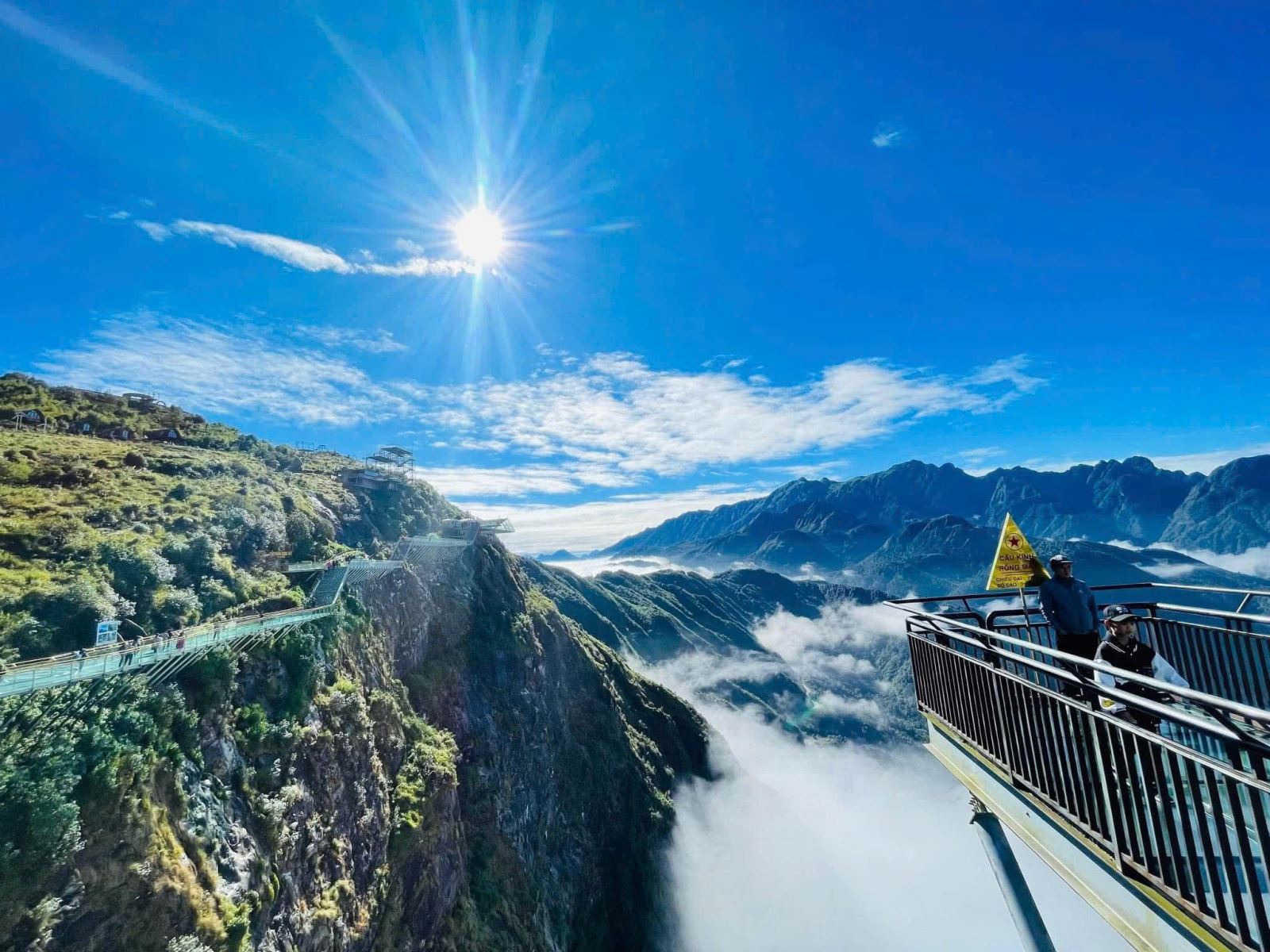
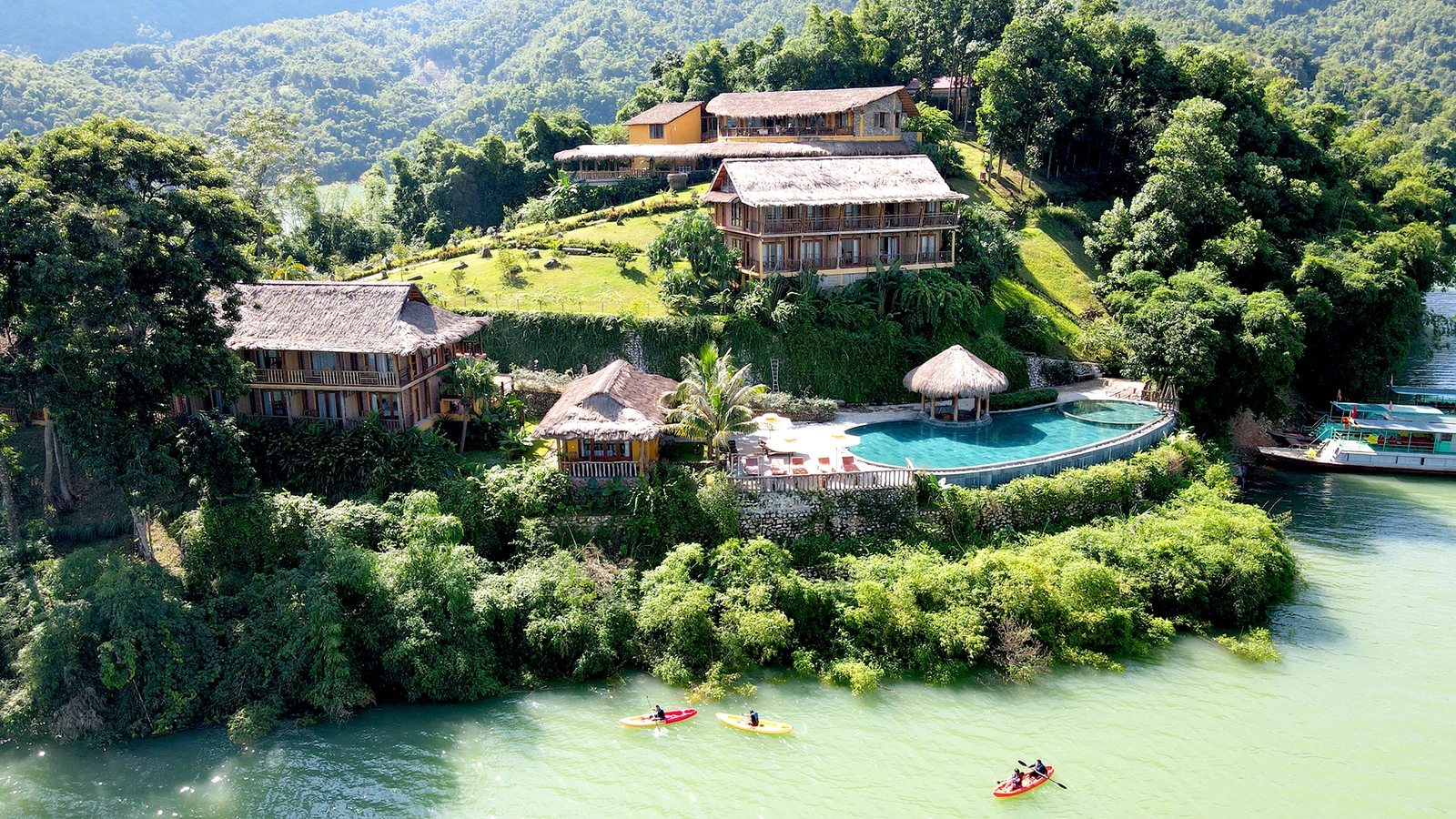
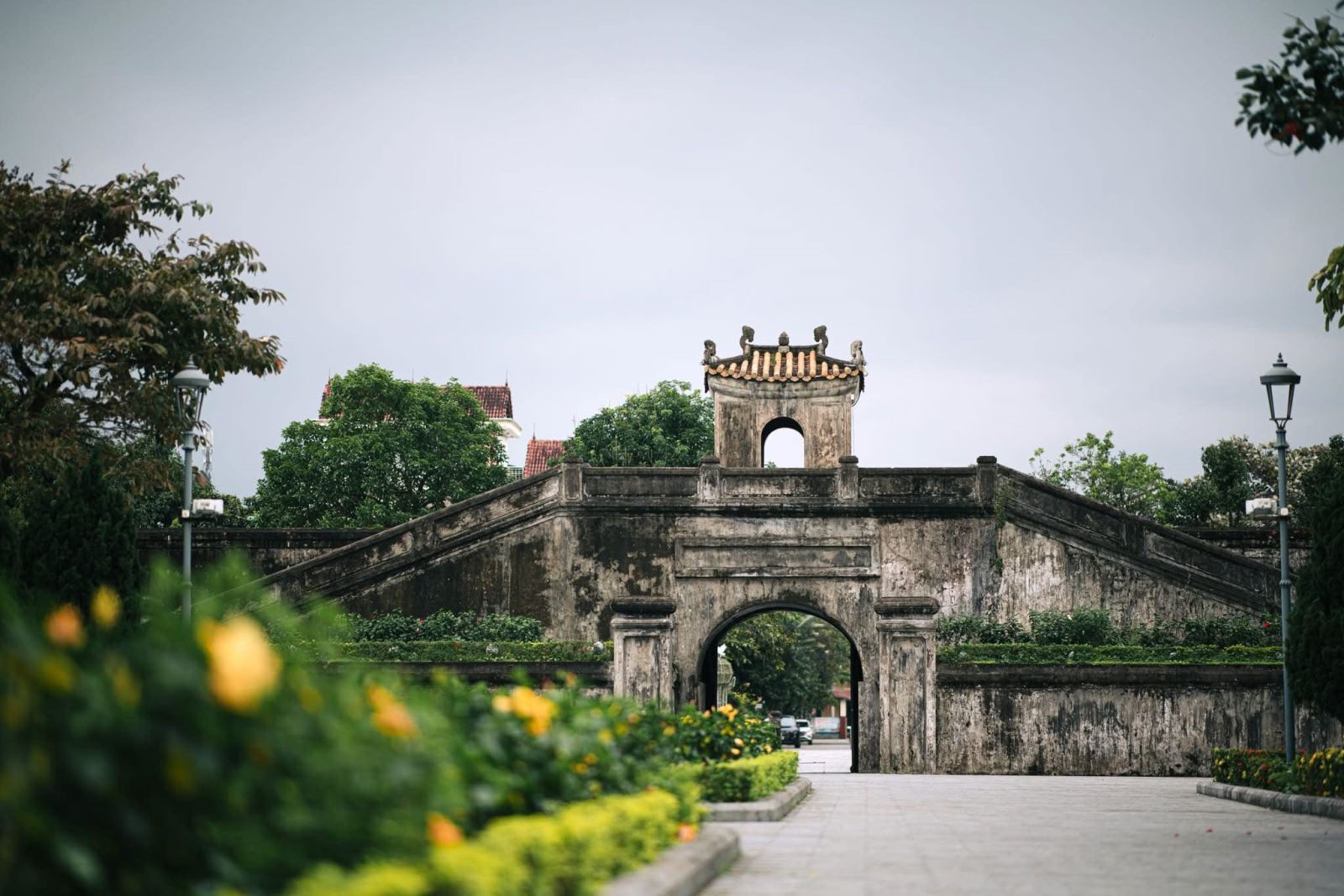
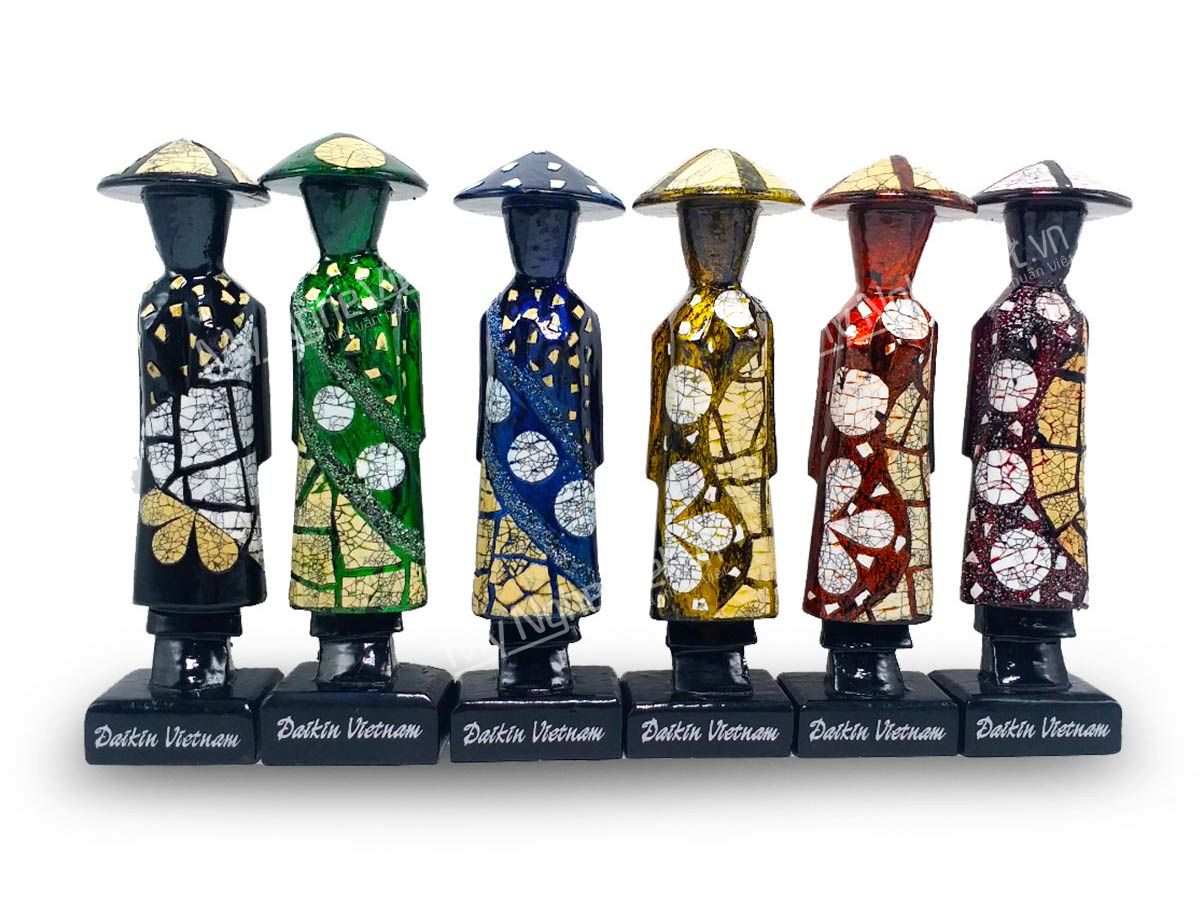
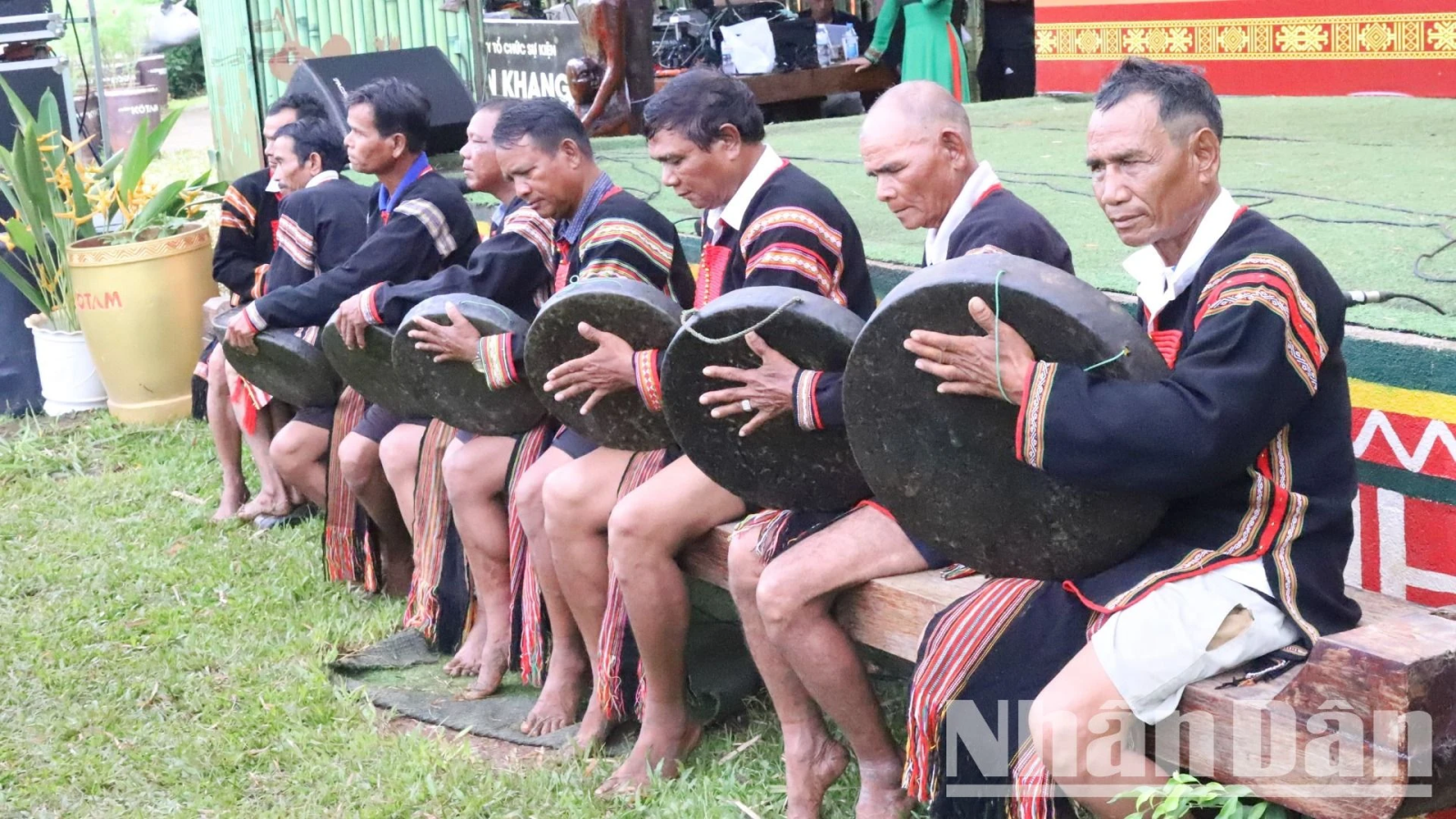
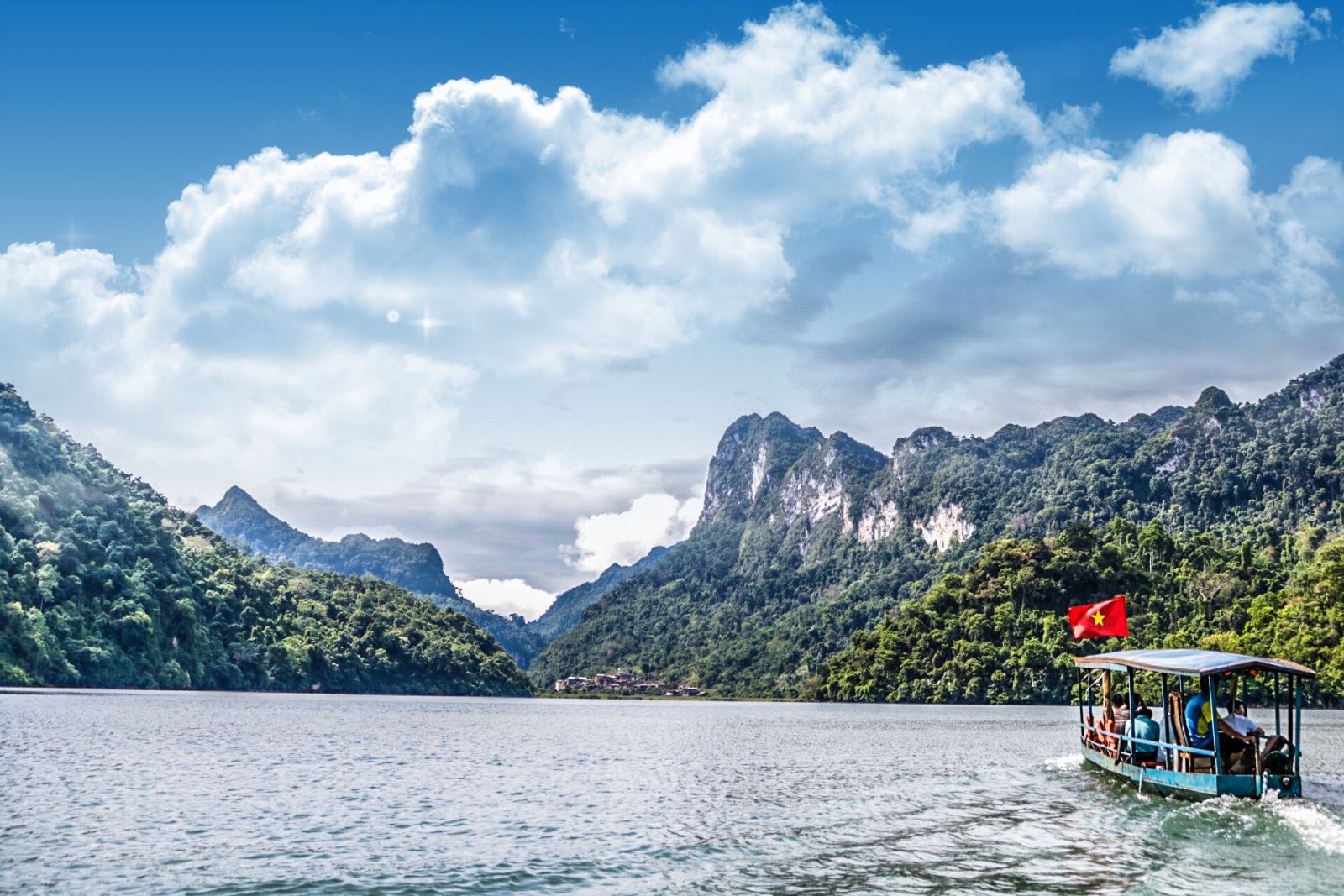
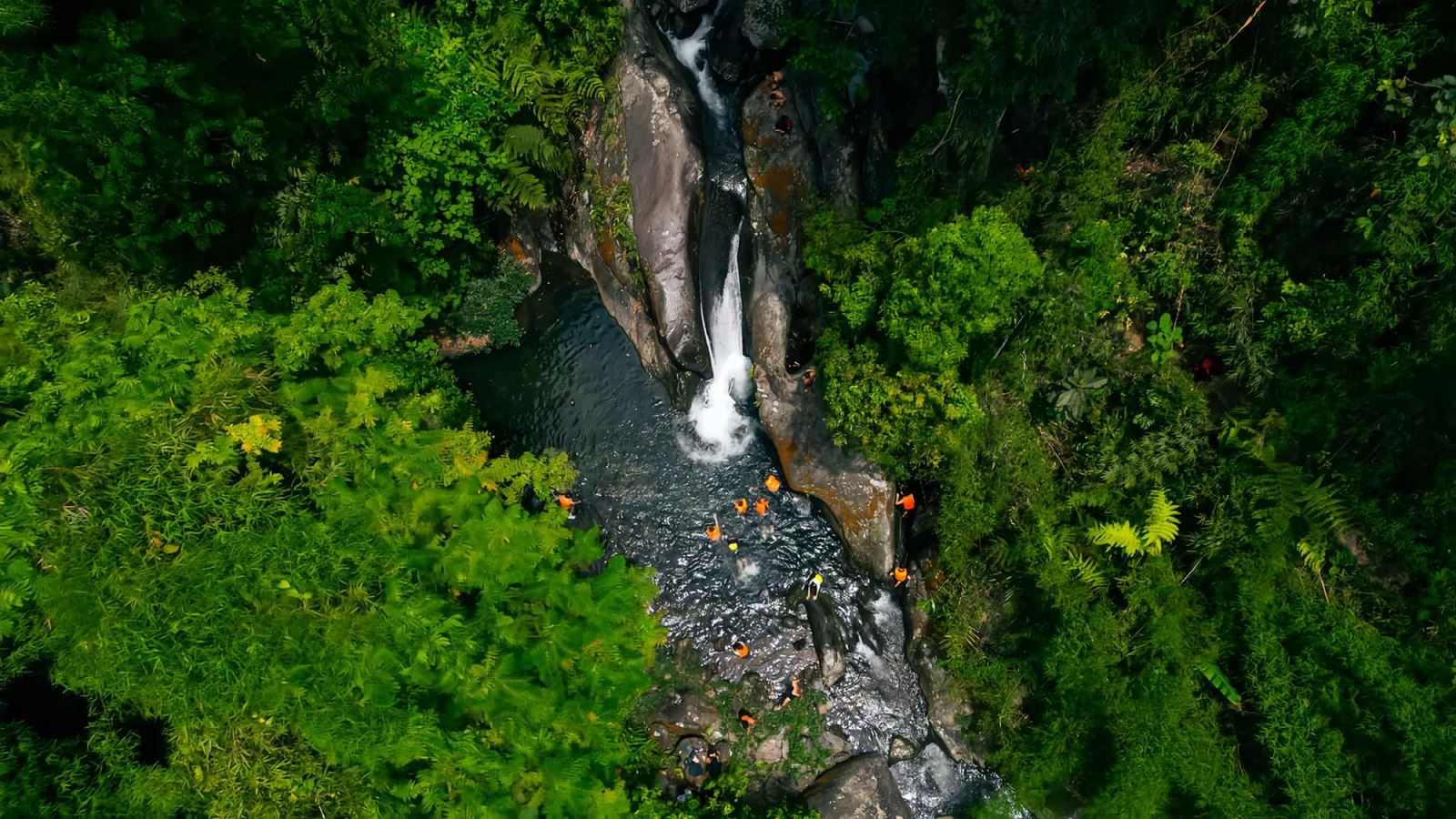
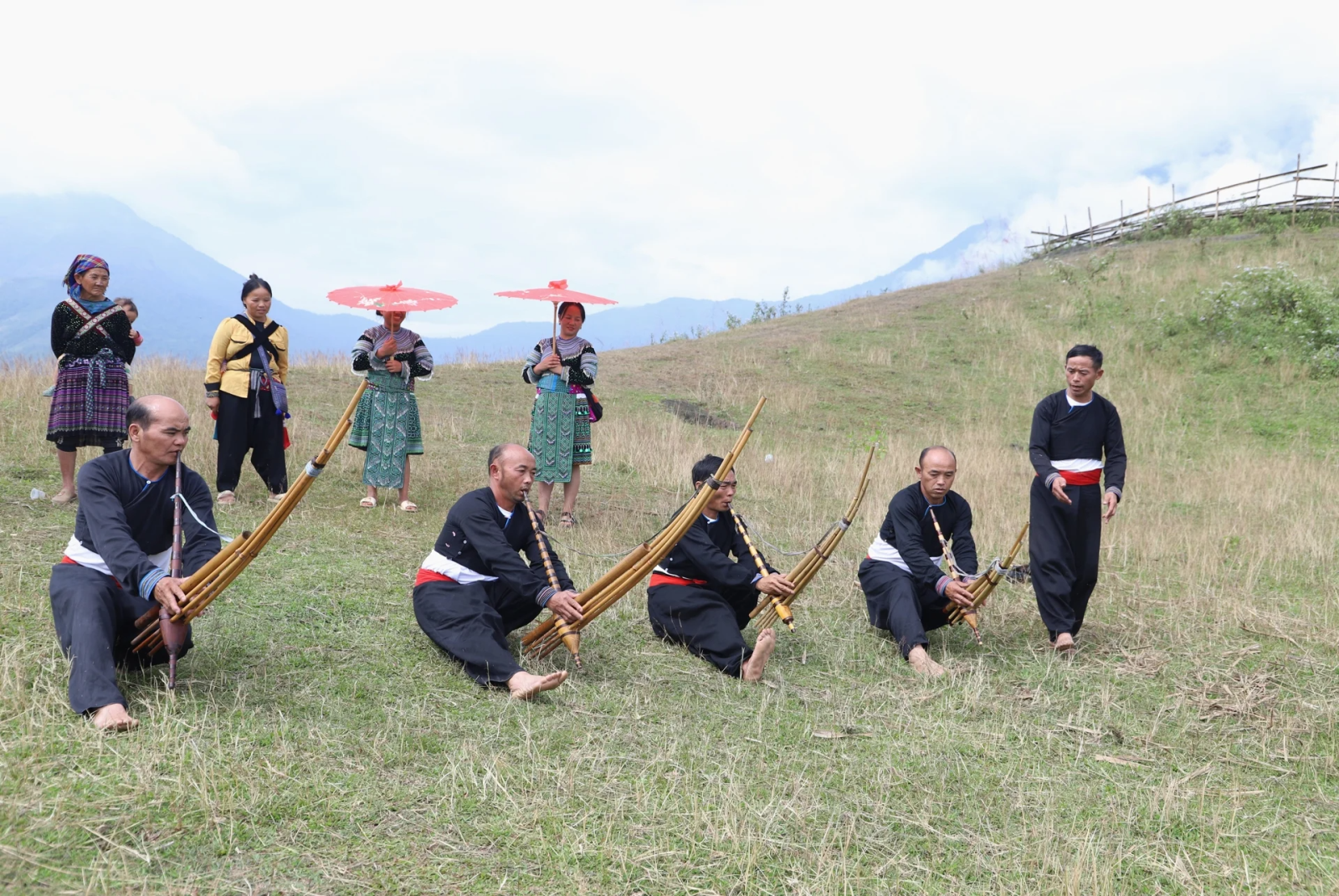
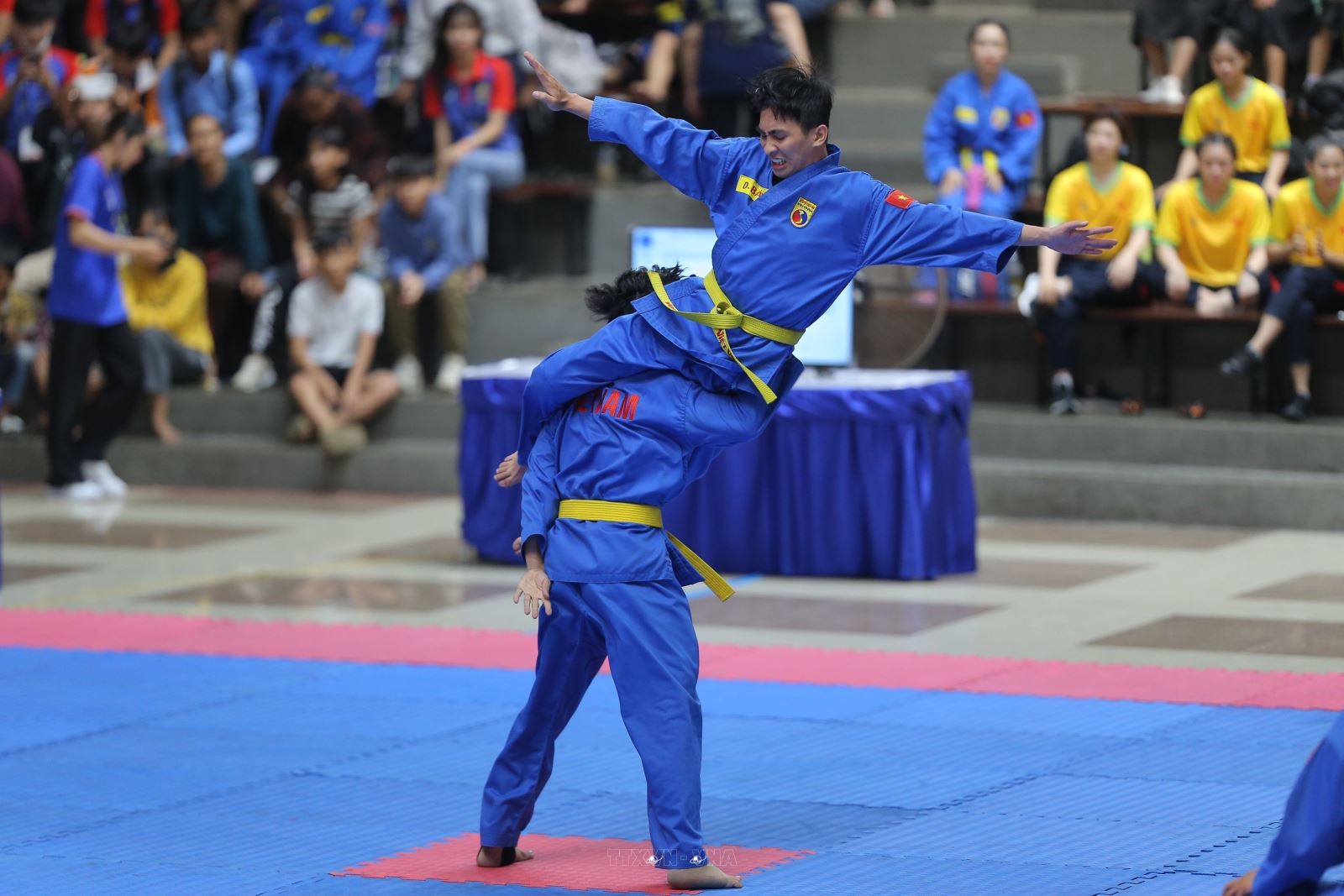
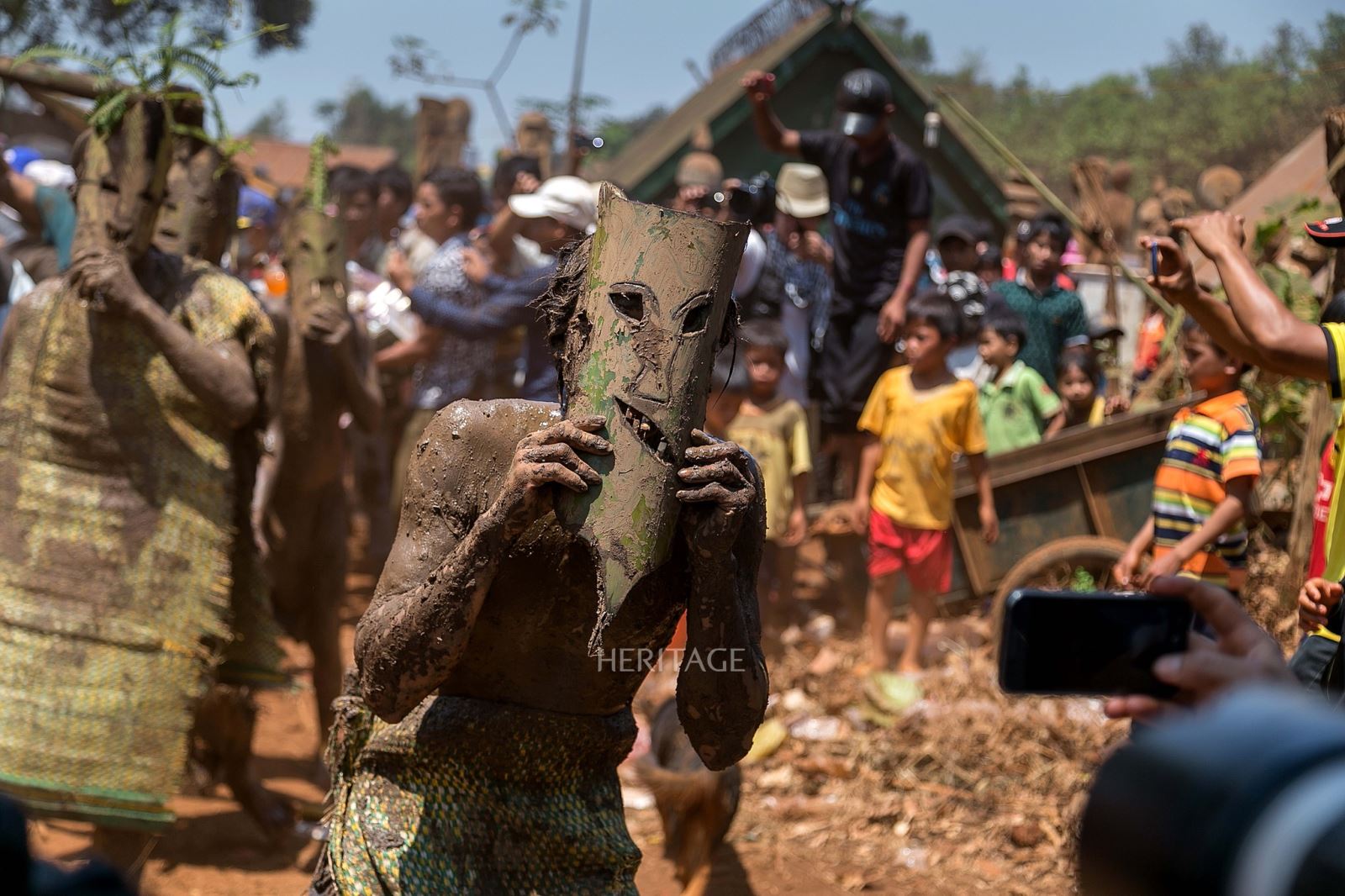
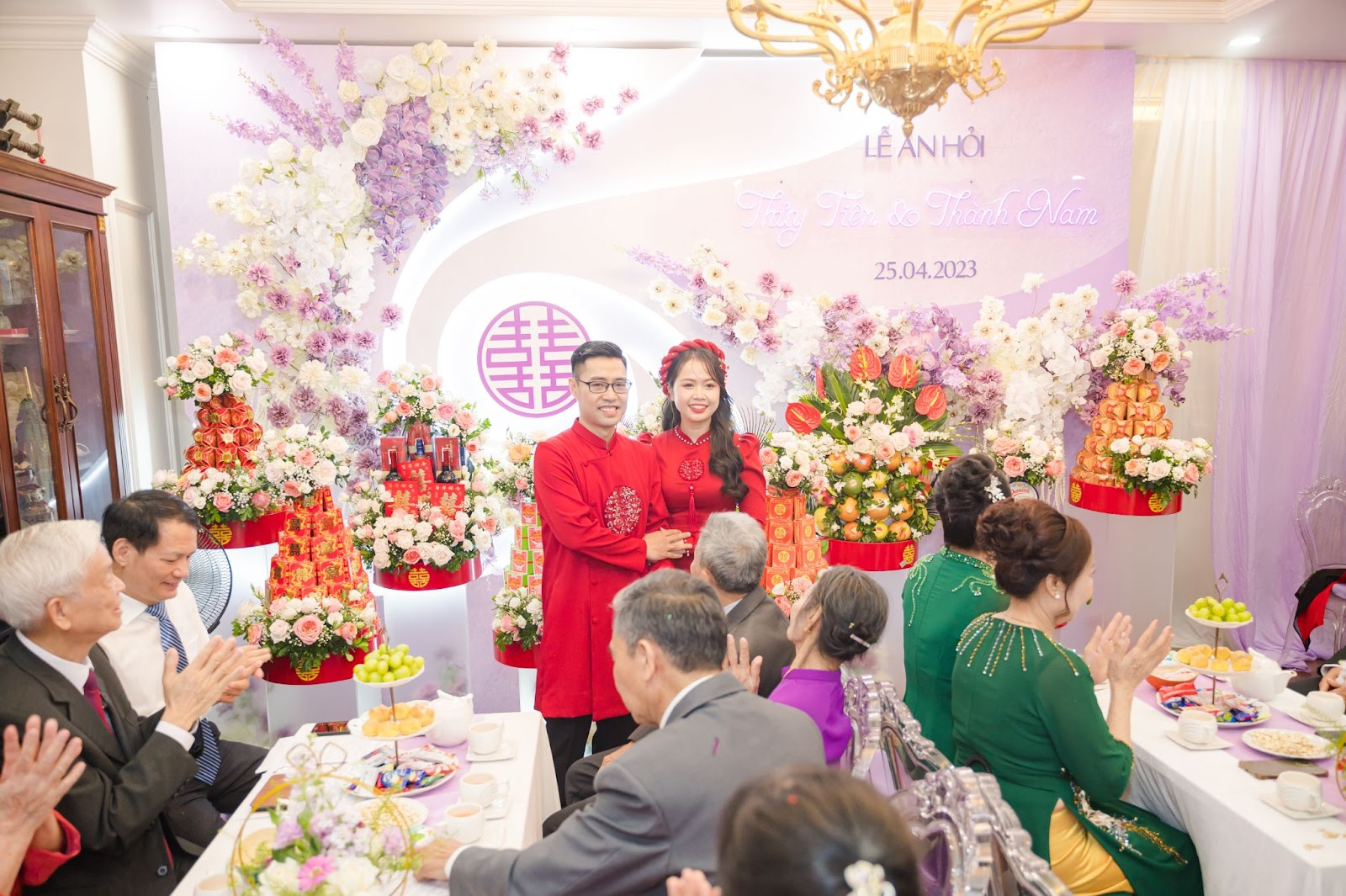
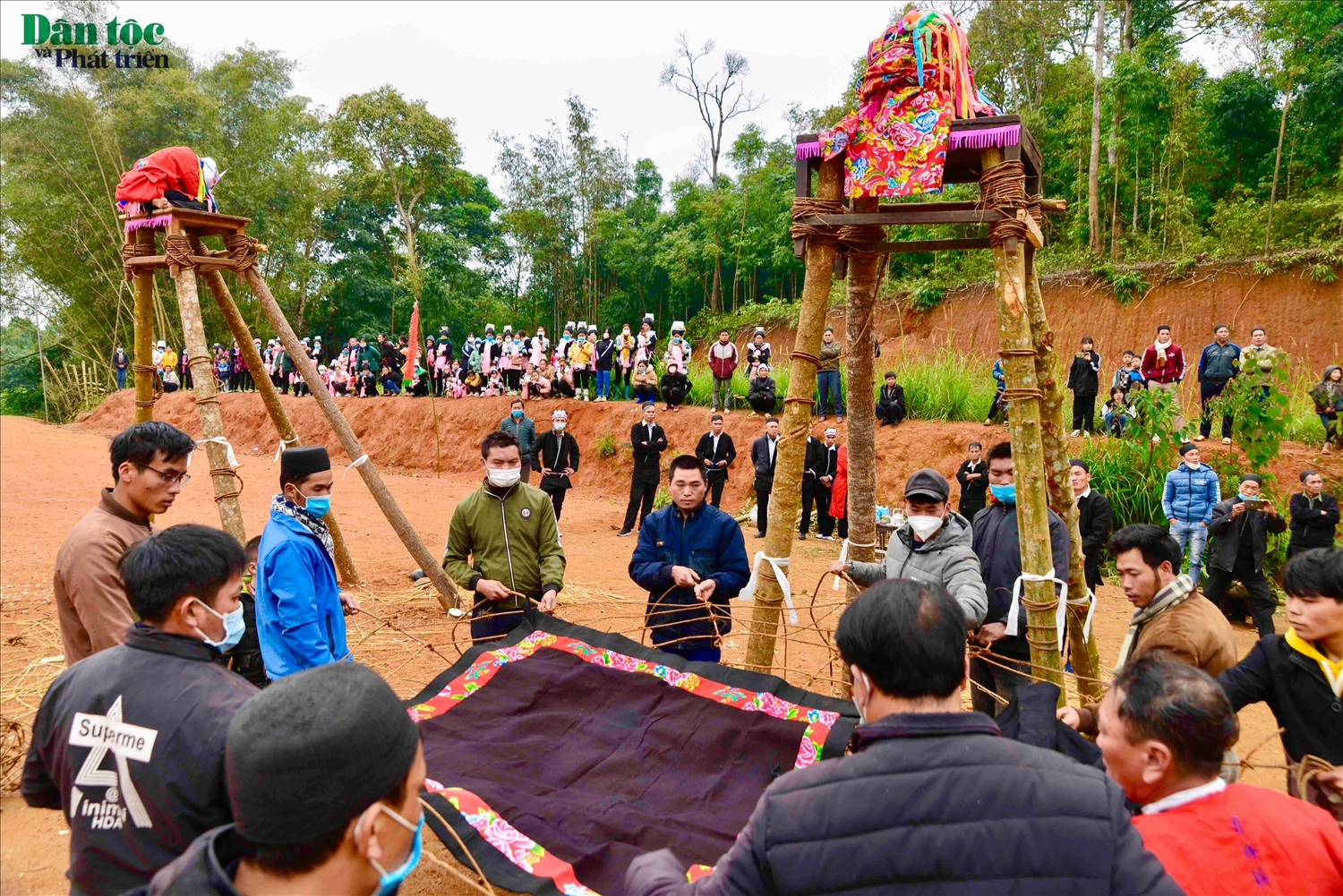
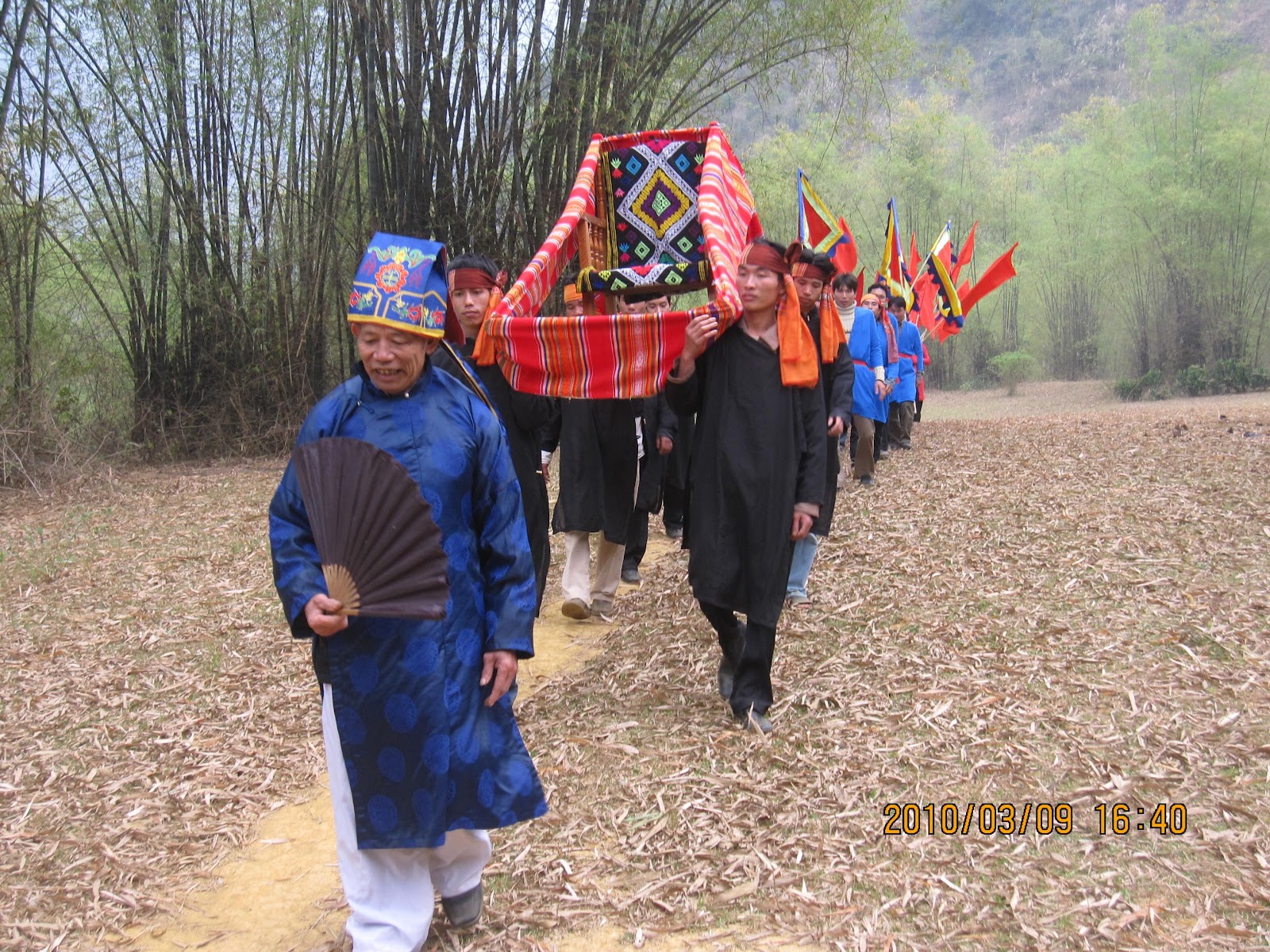
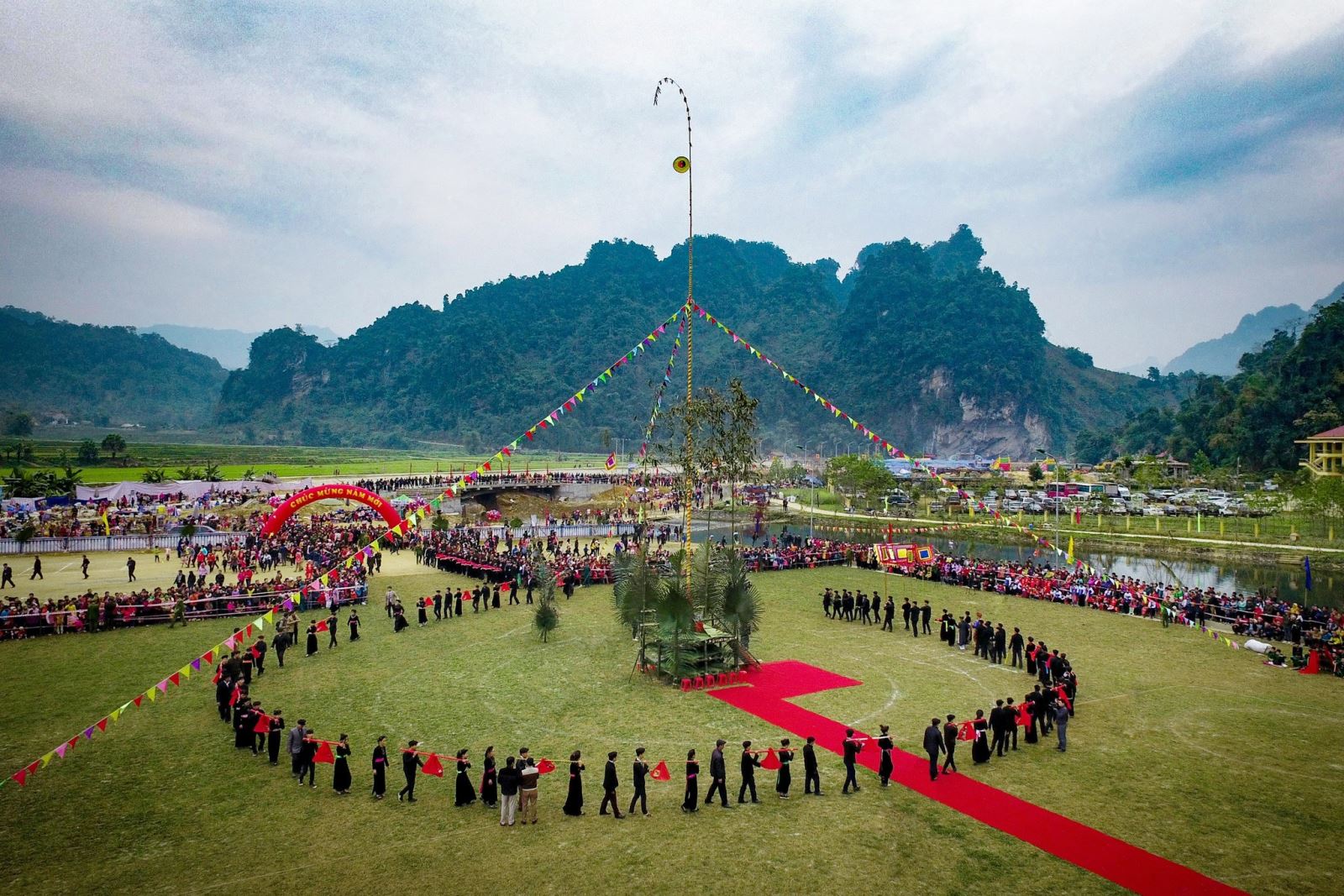
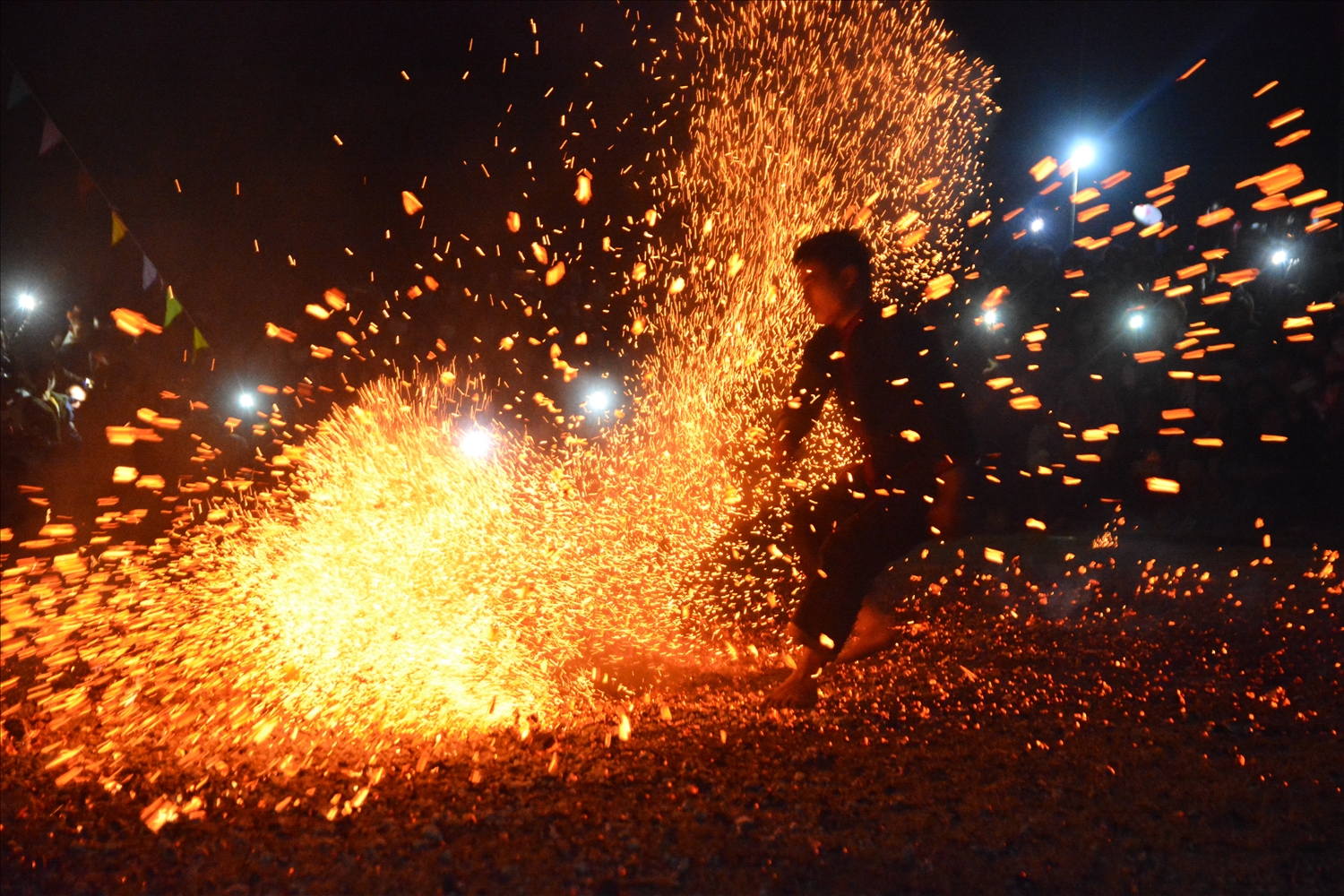
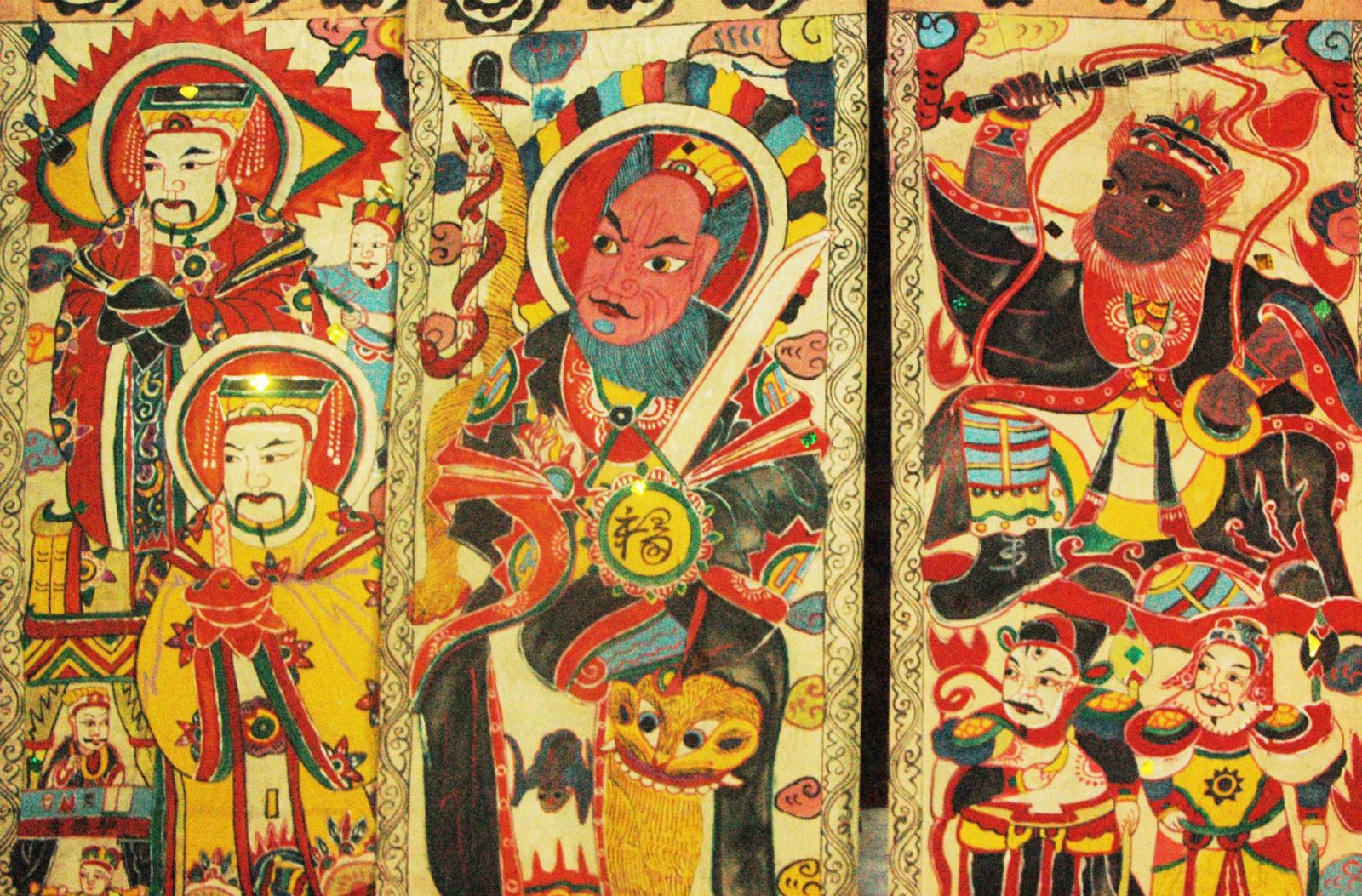
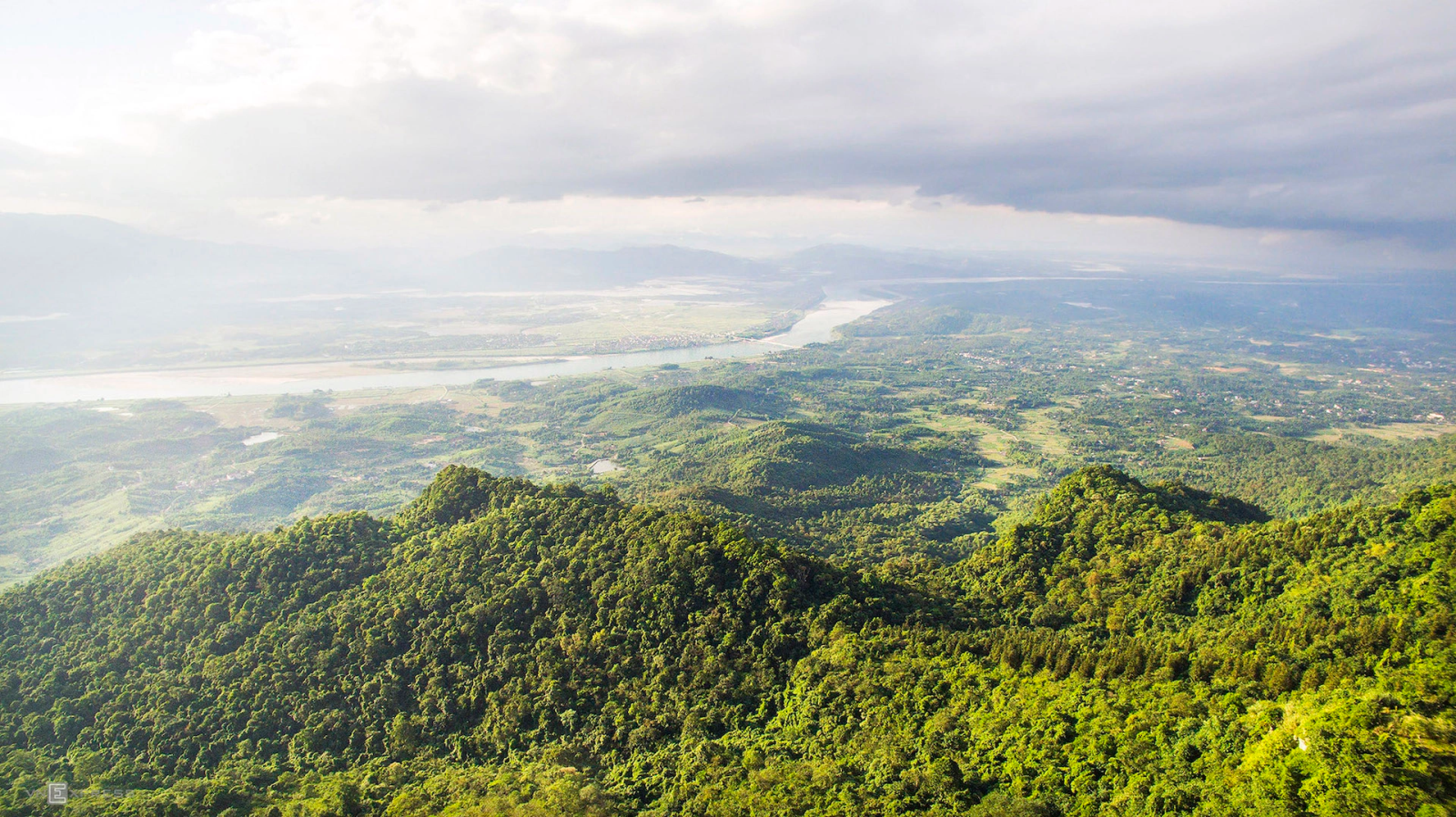
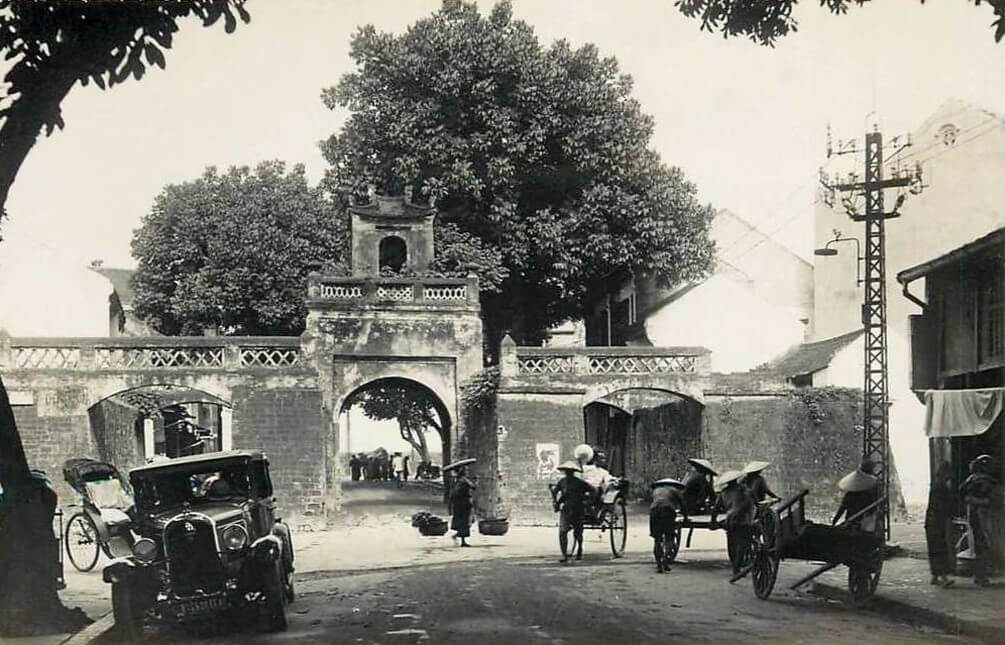
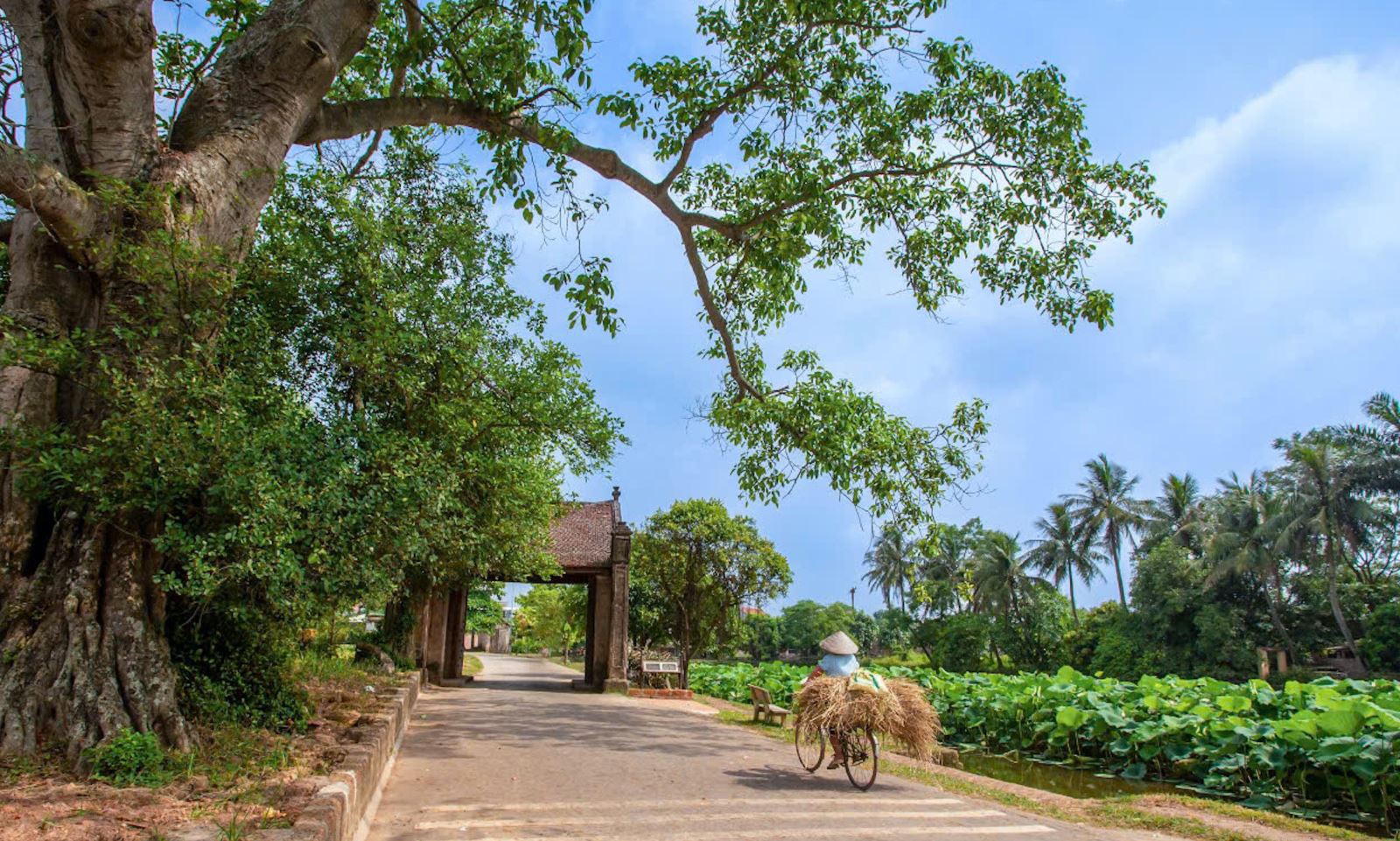
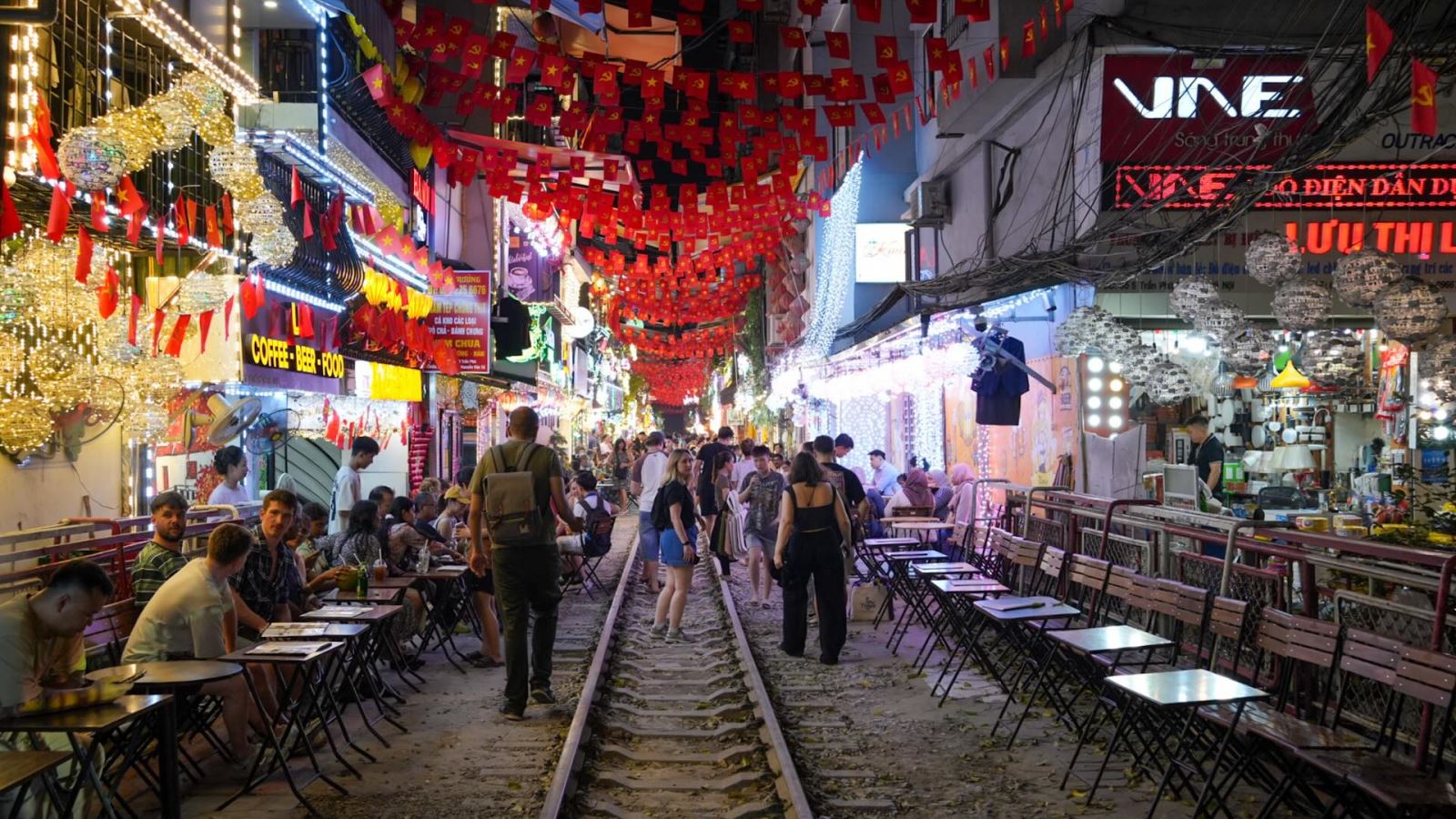
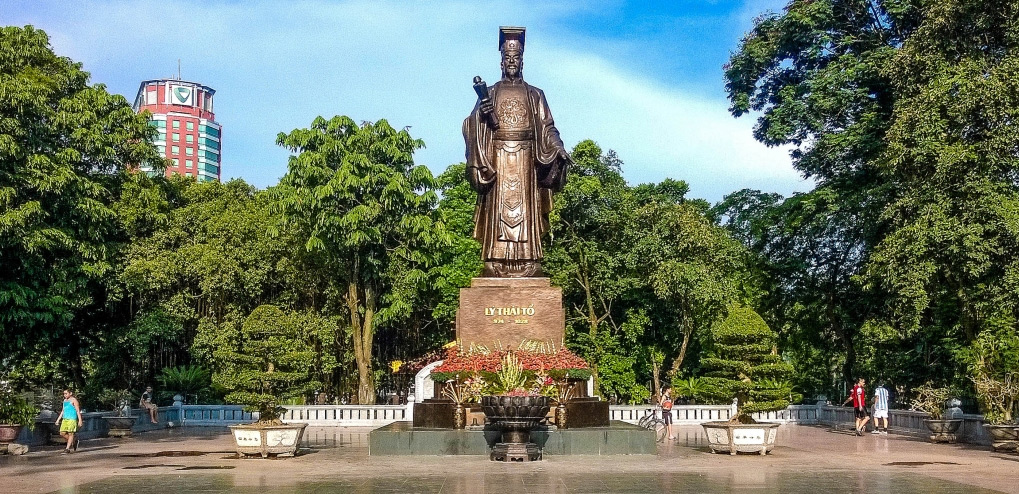
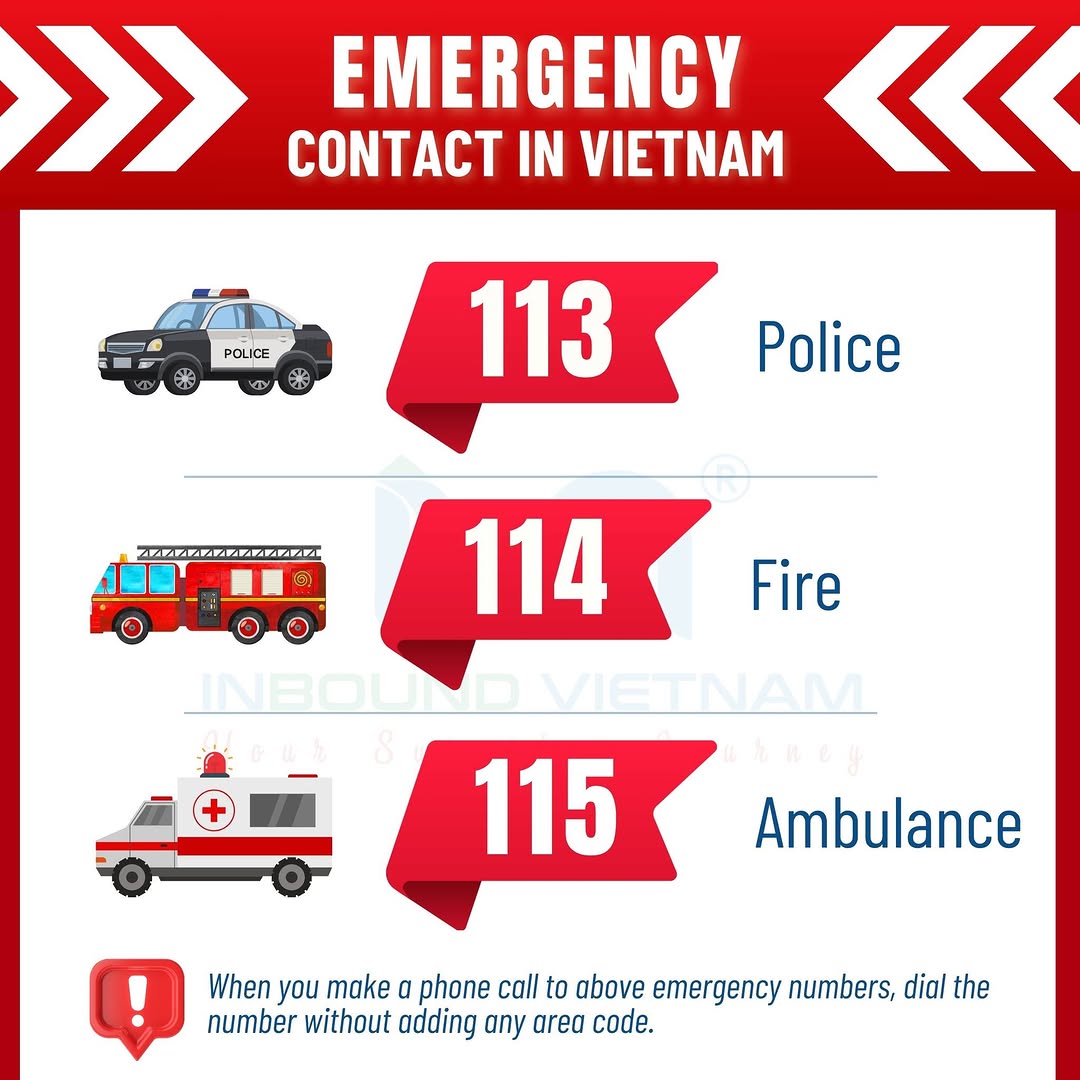
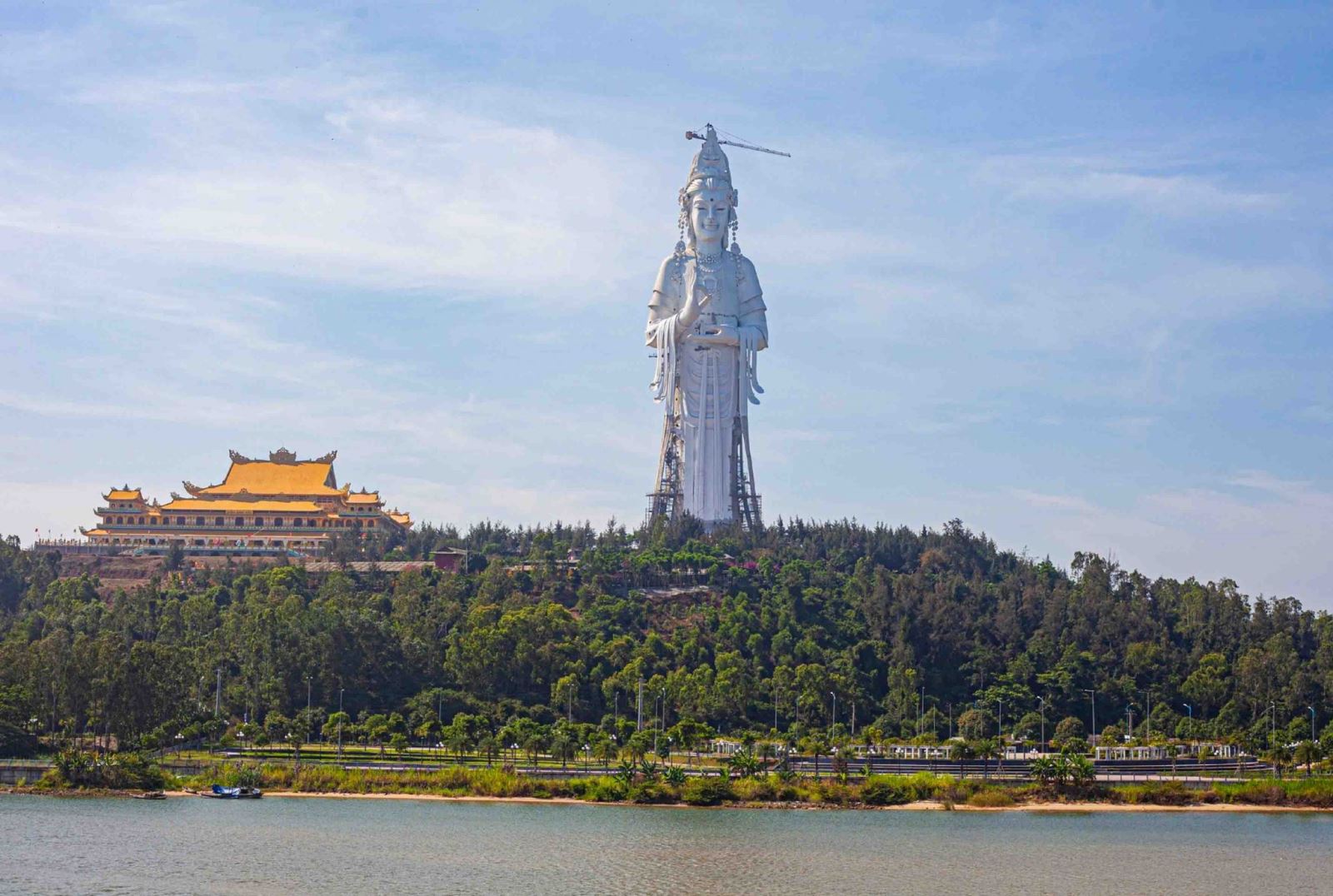
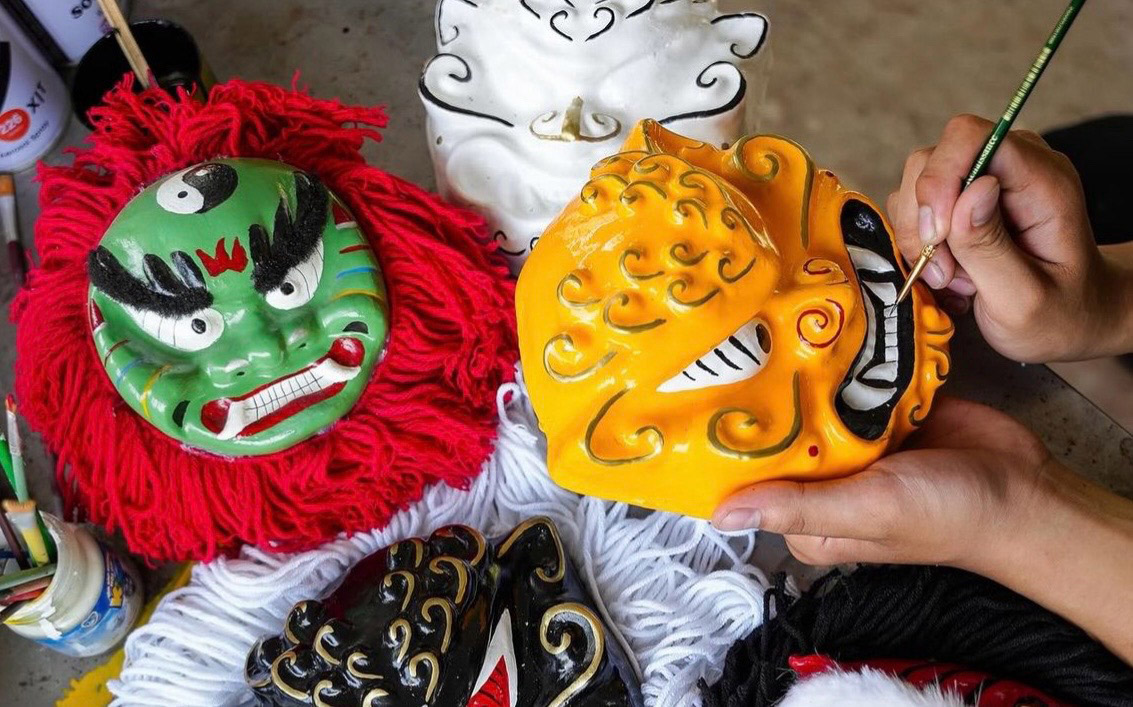
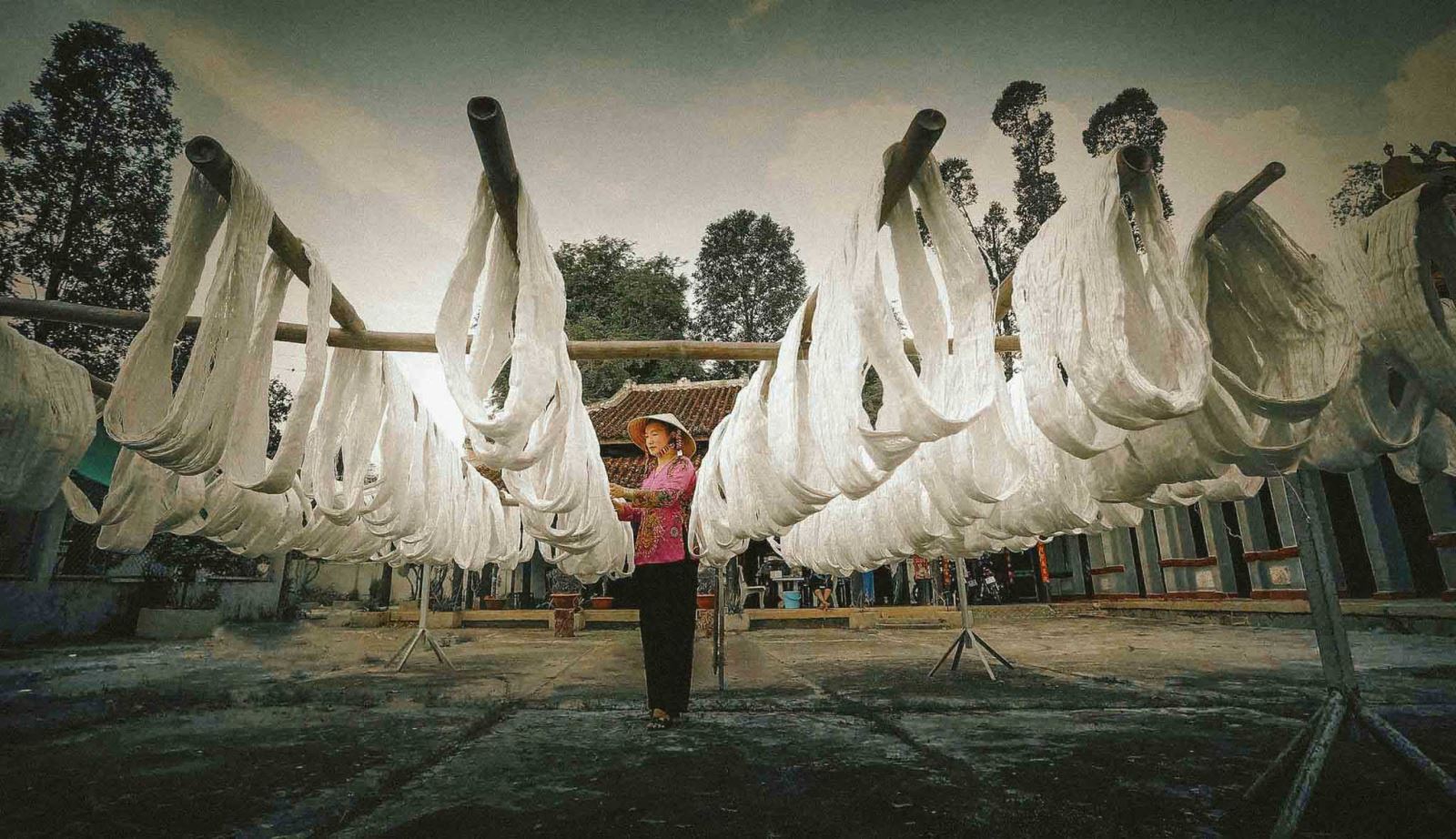
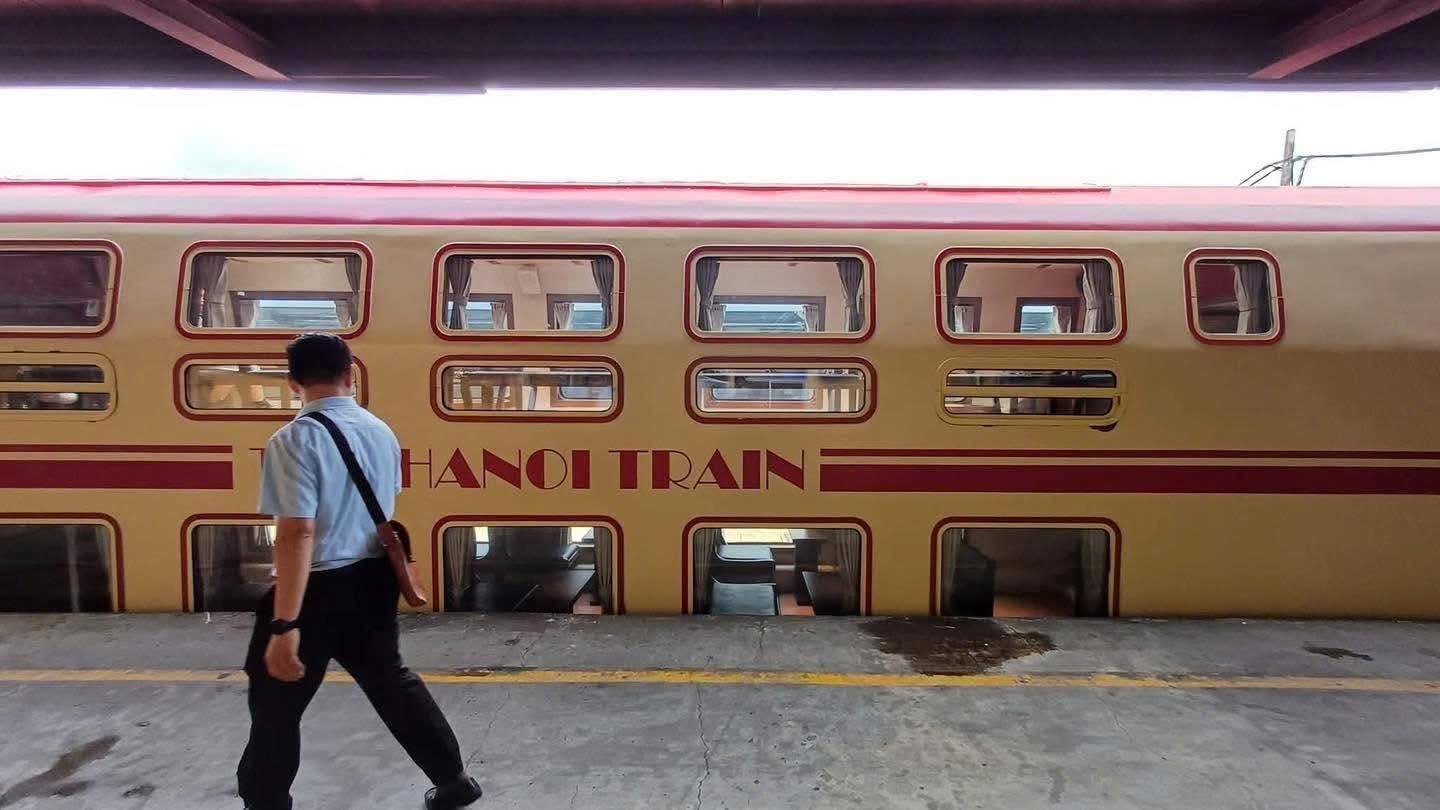
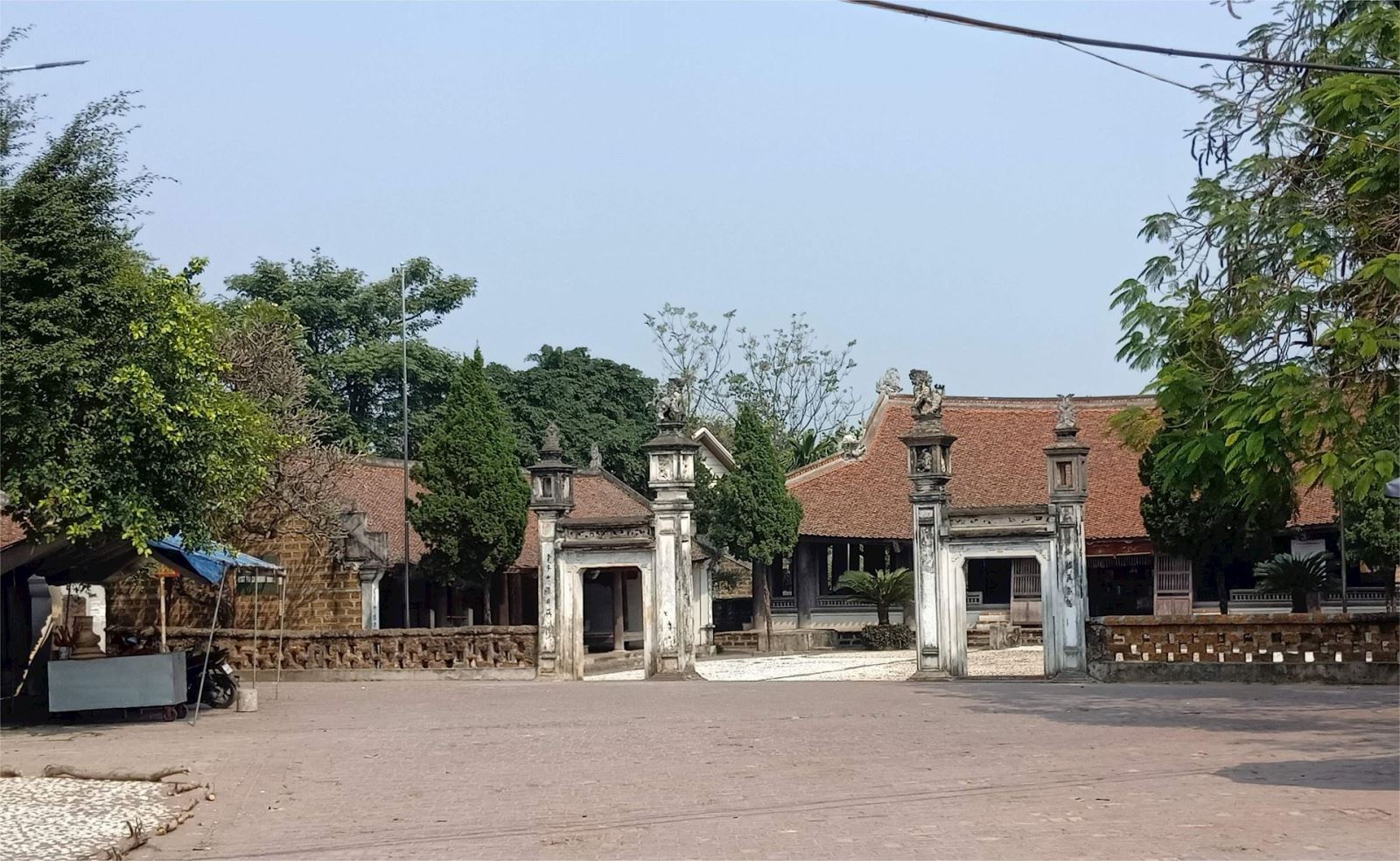
.png)